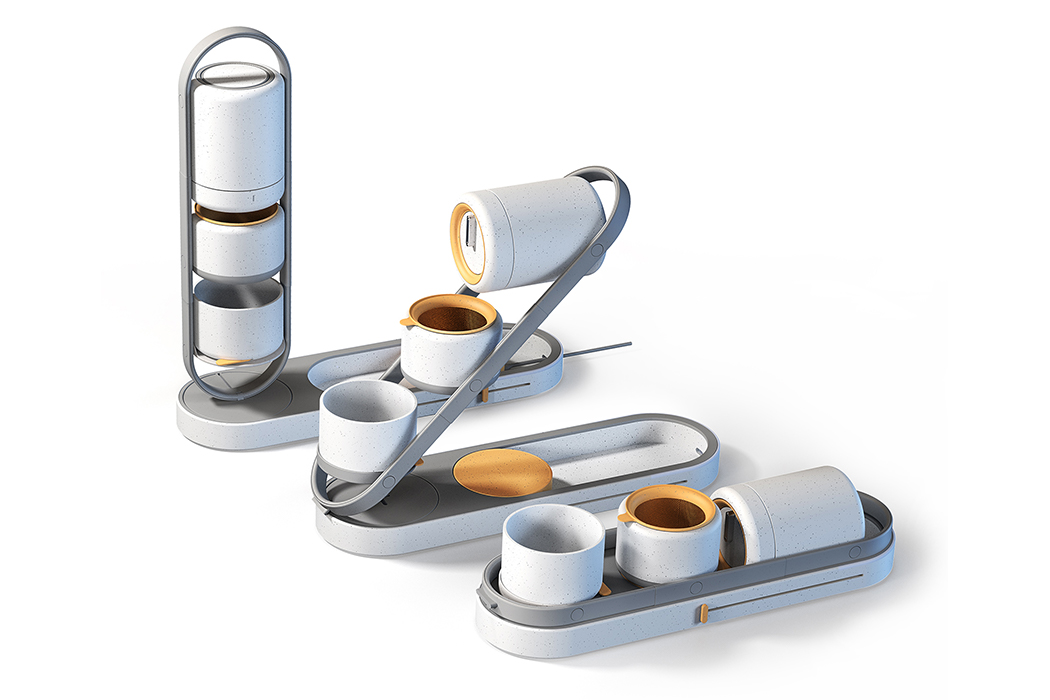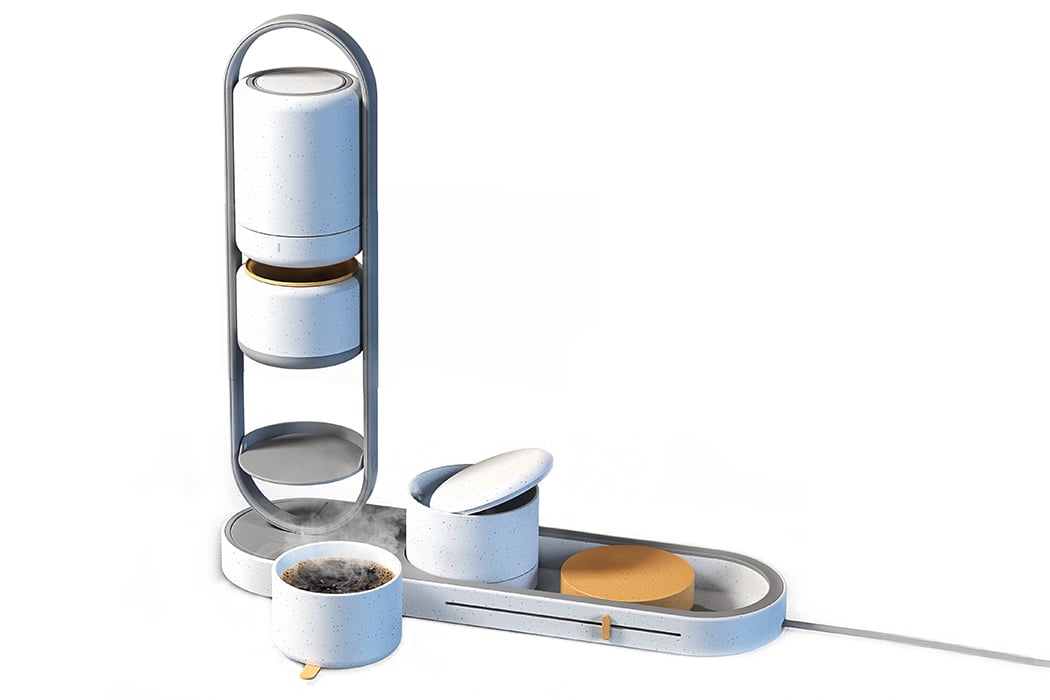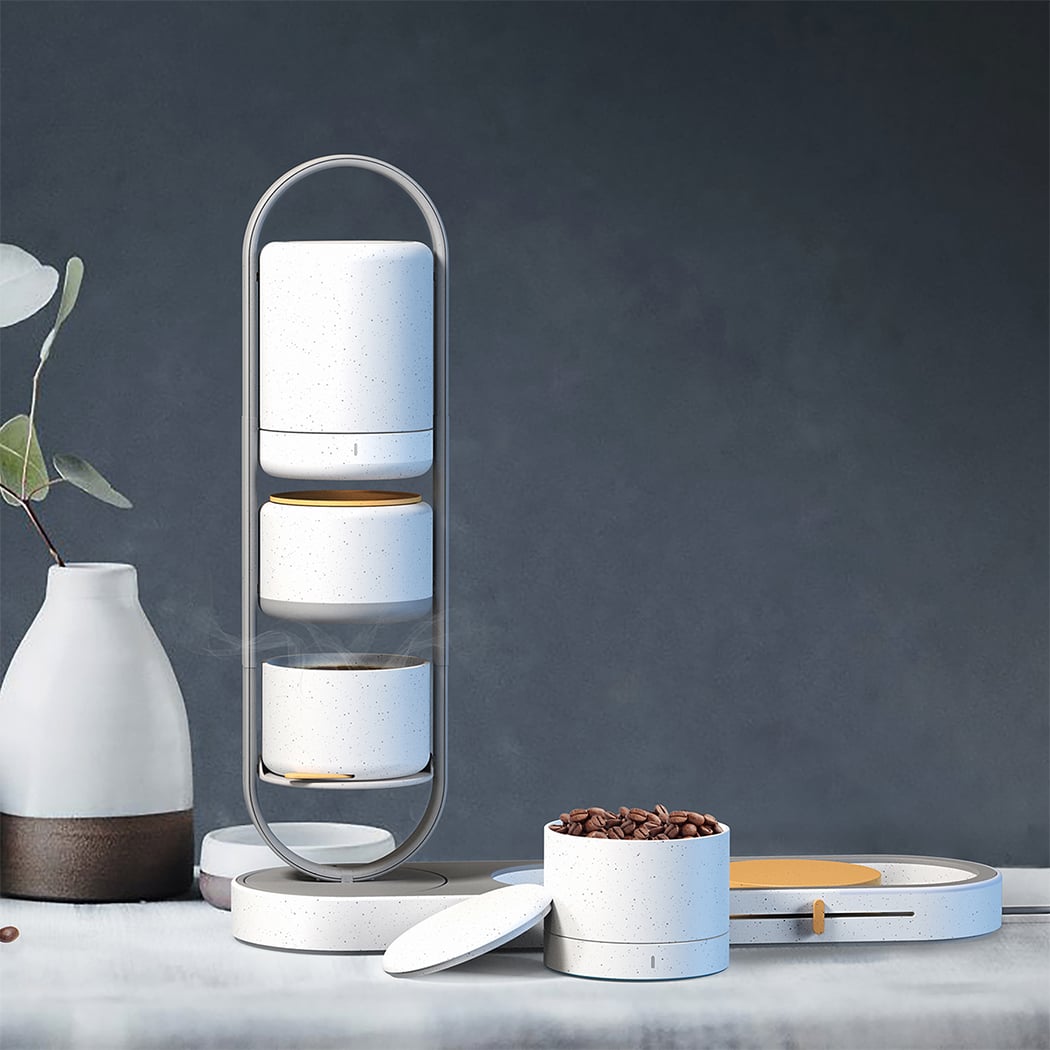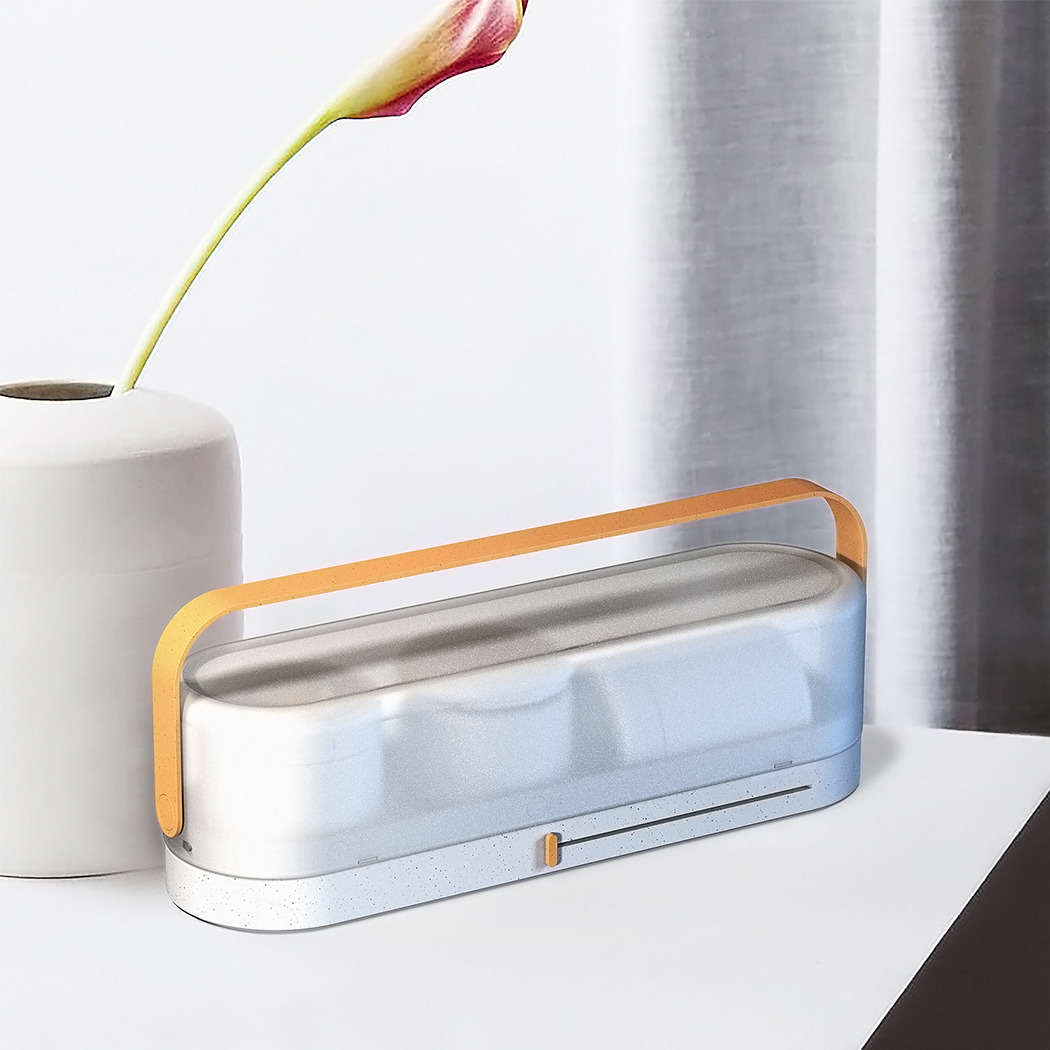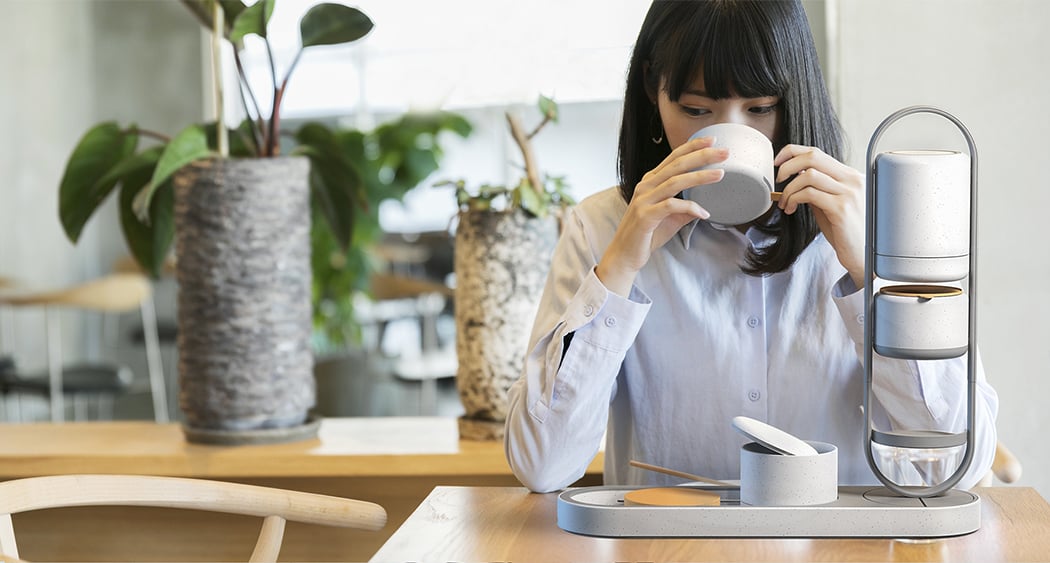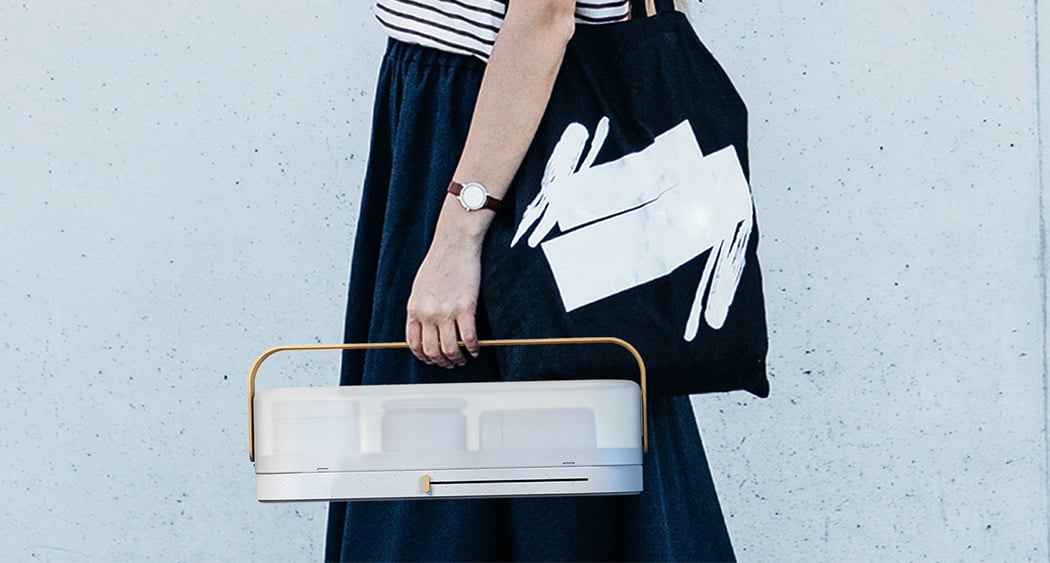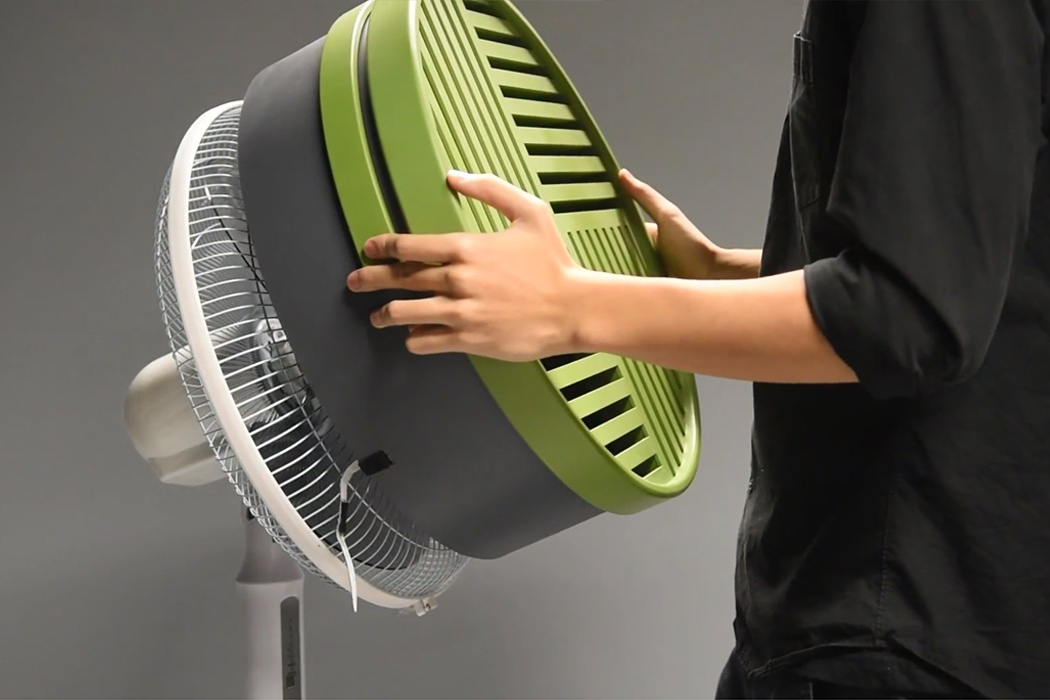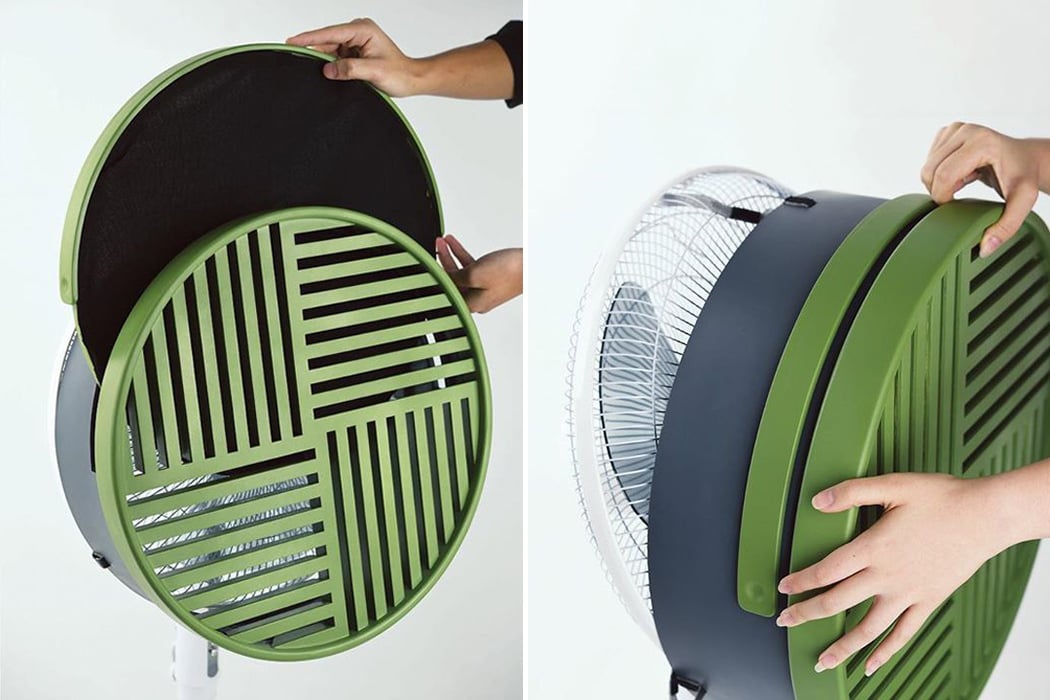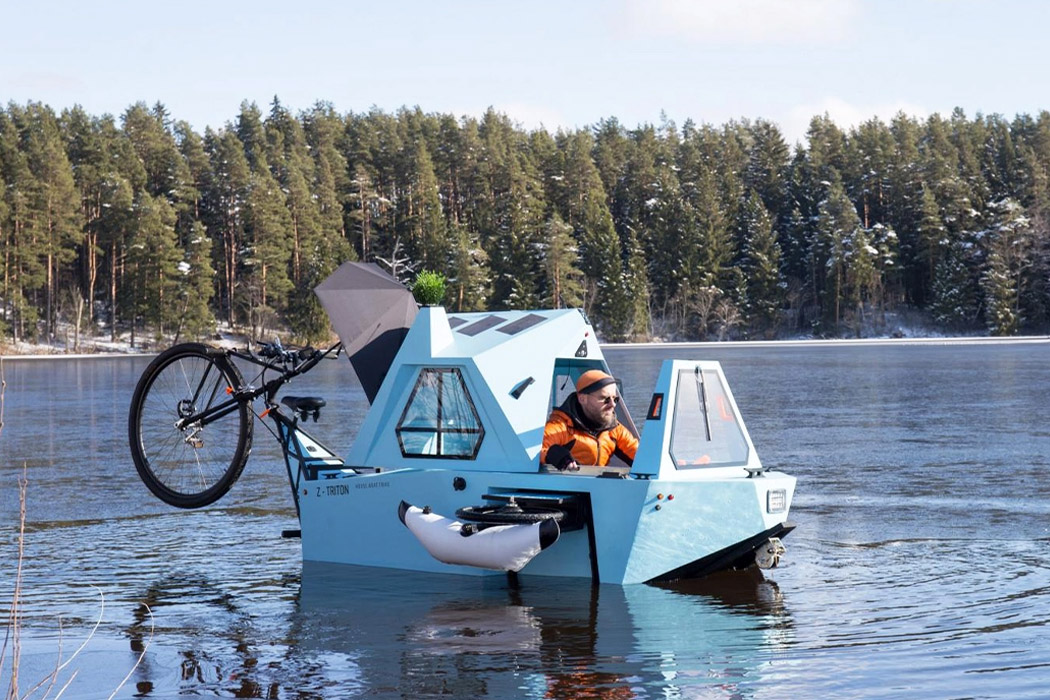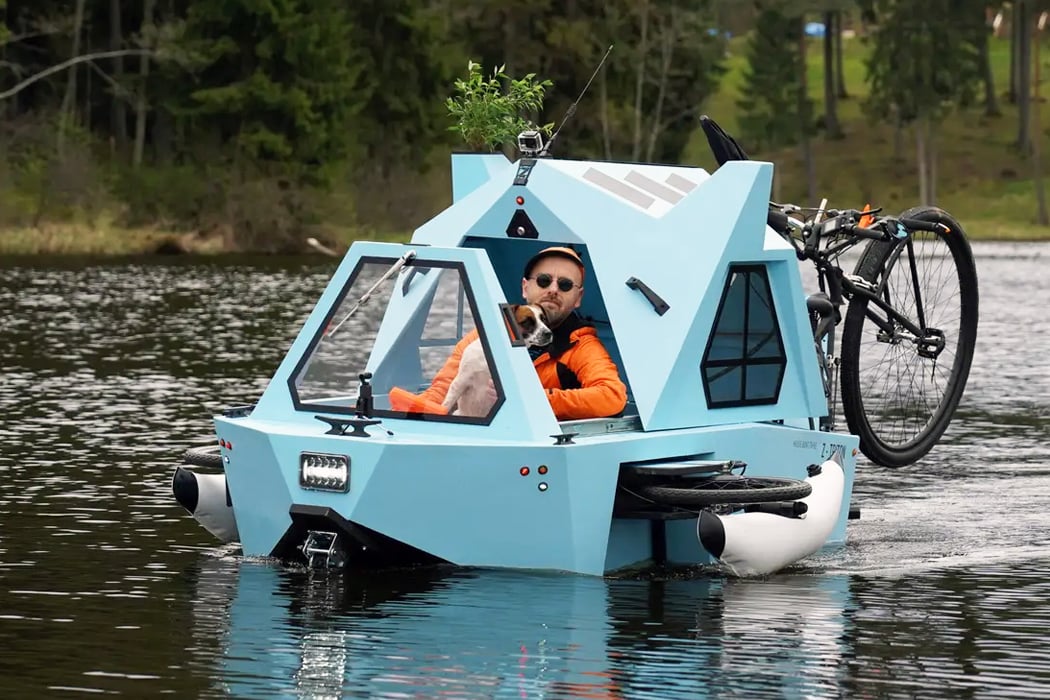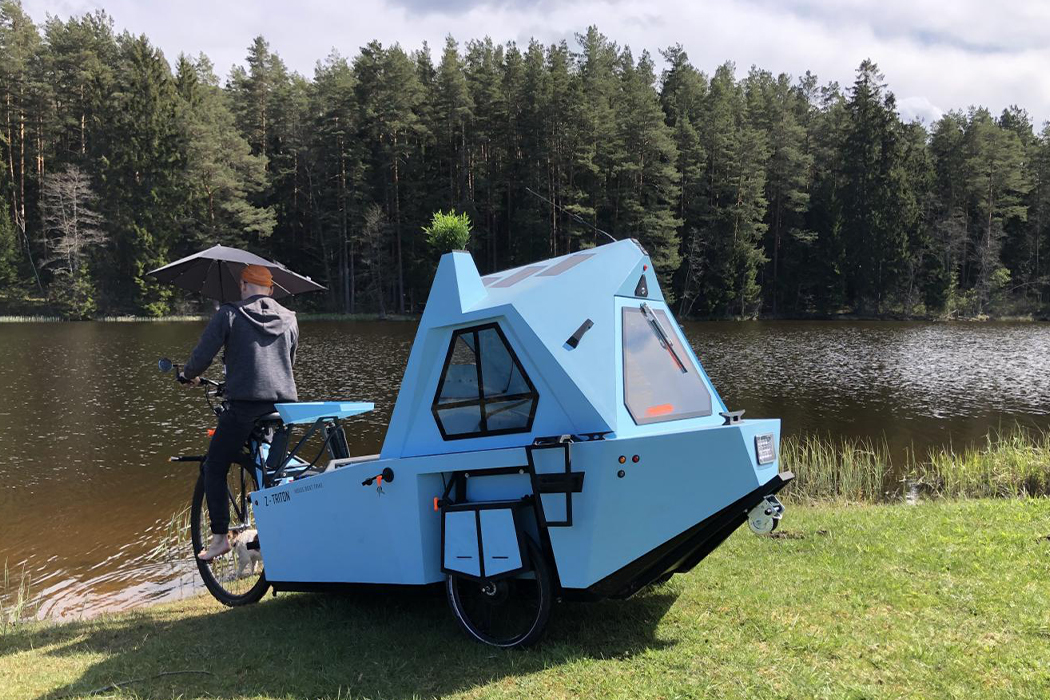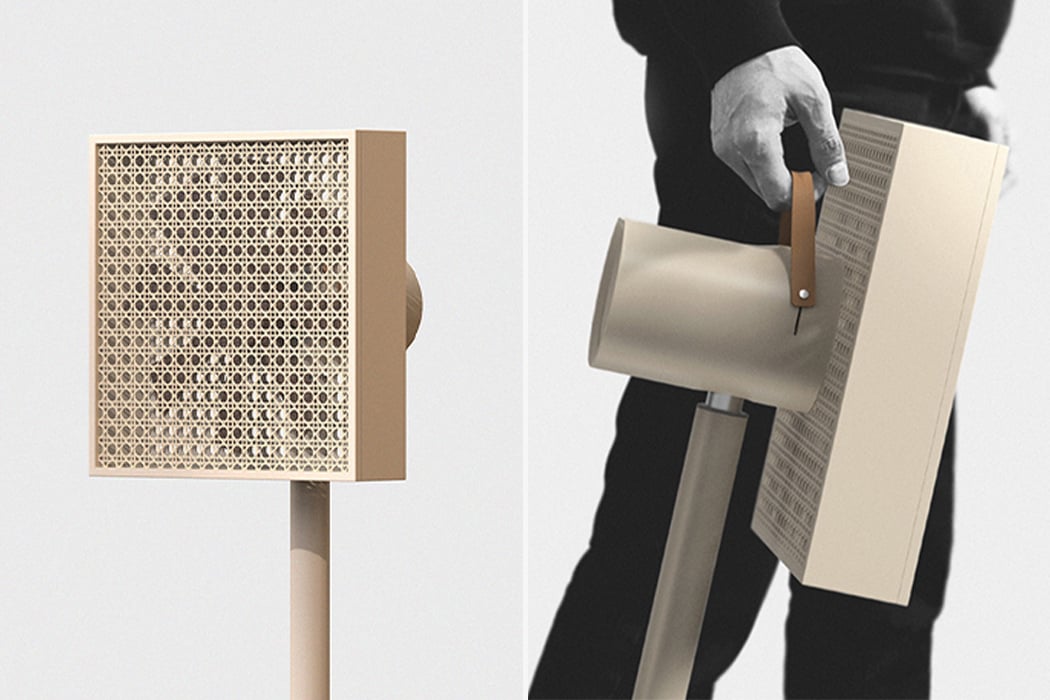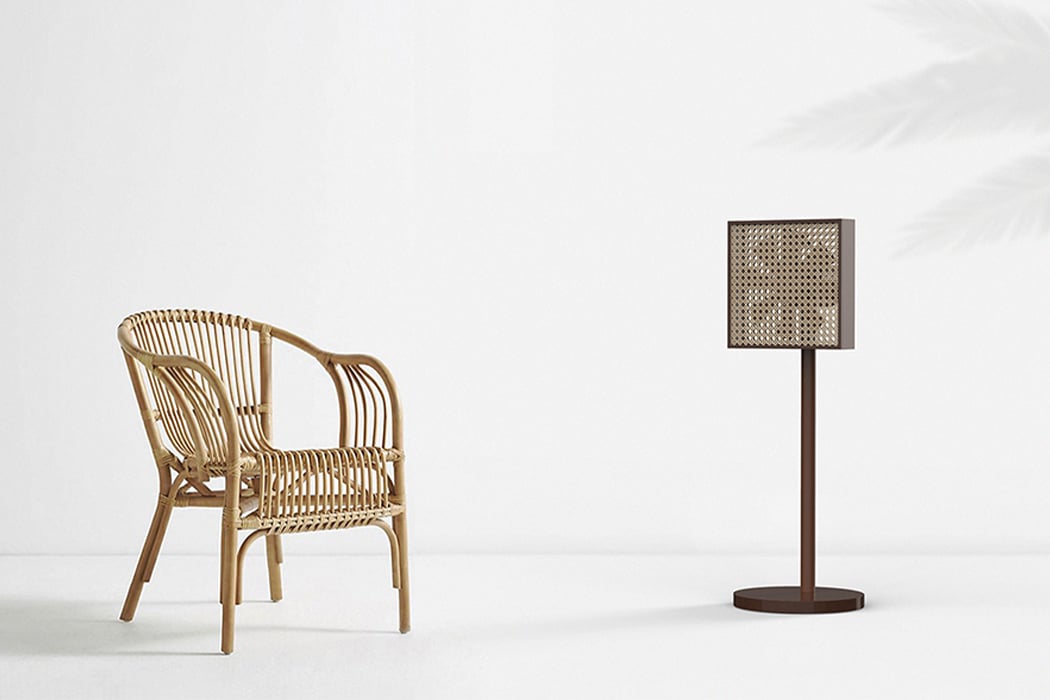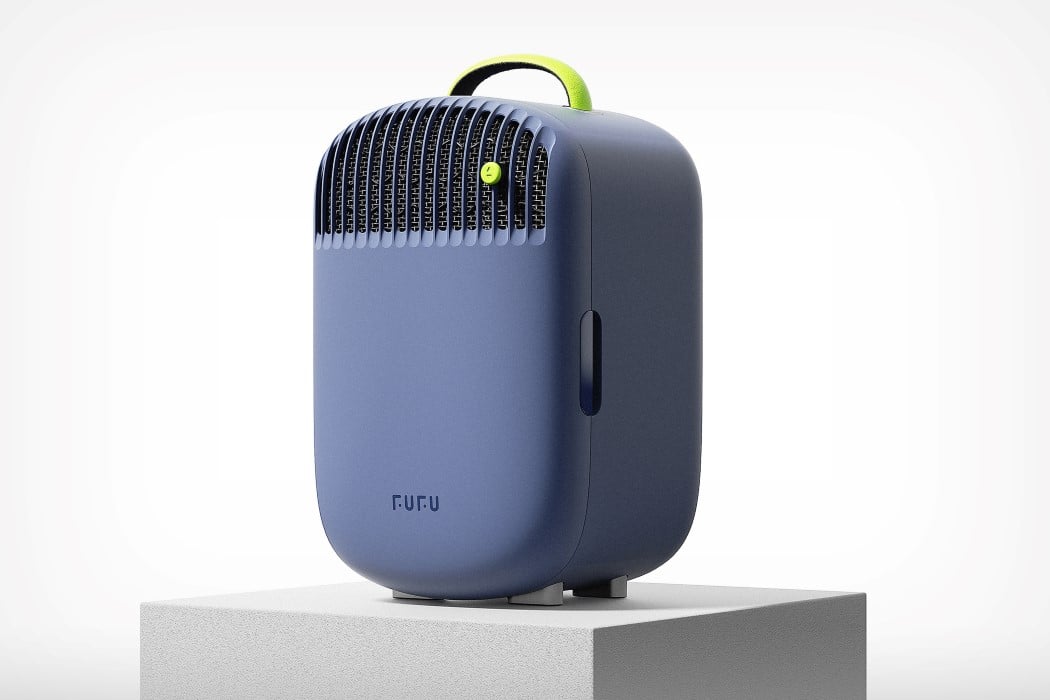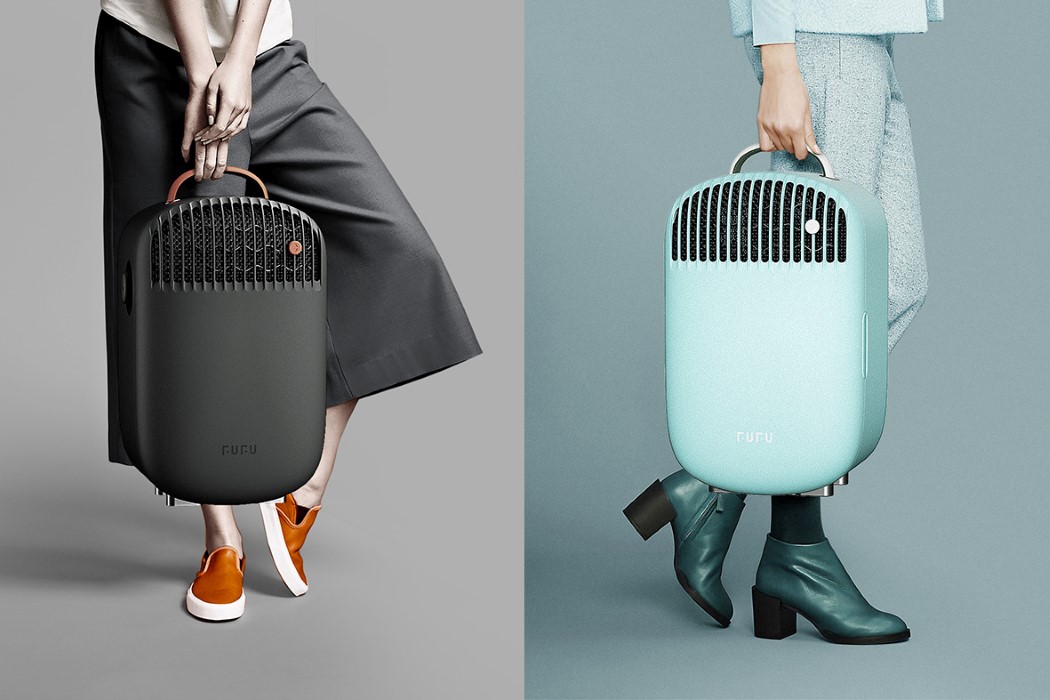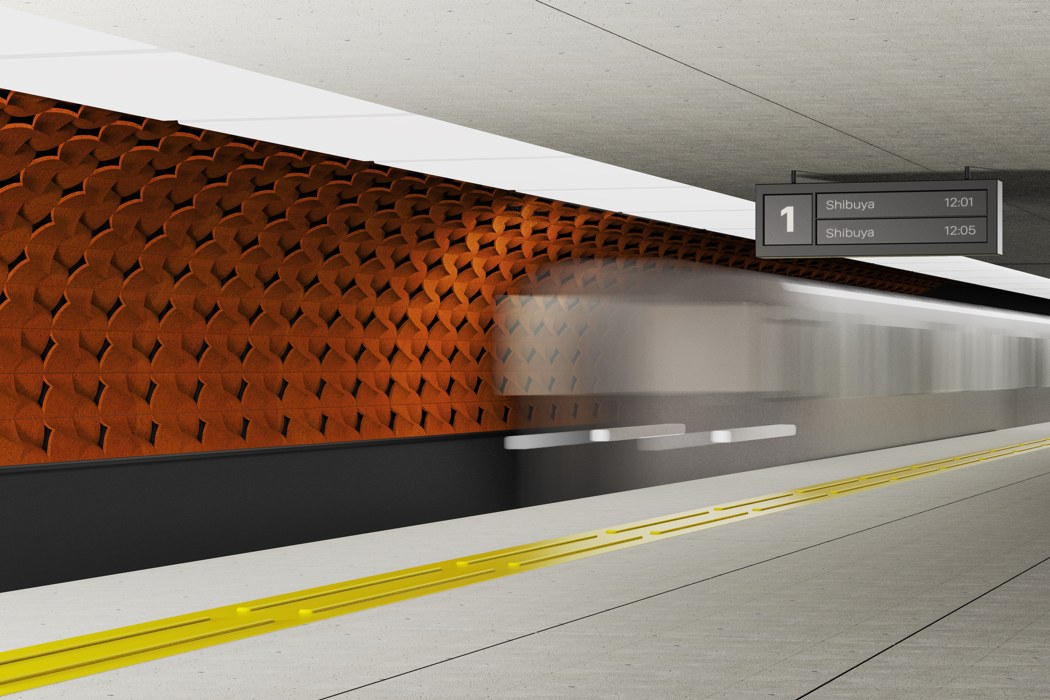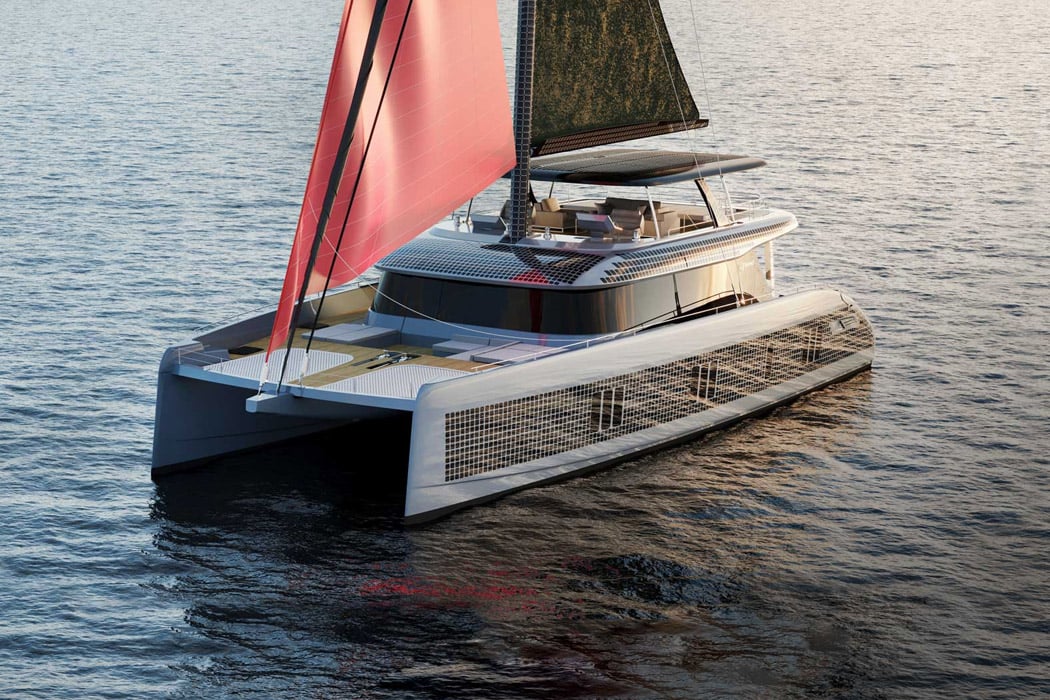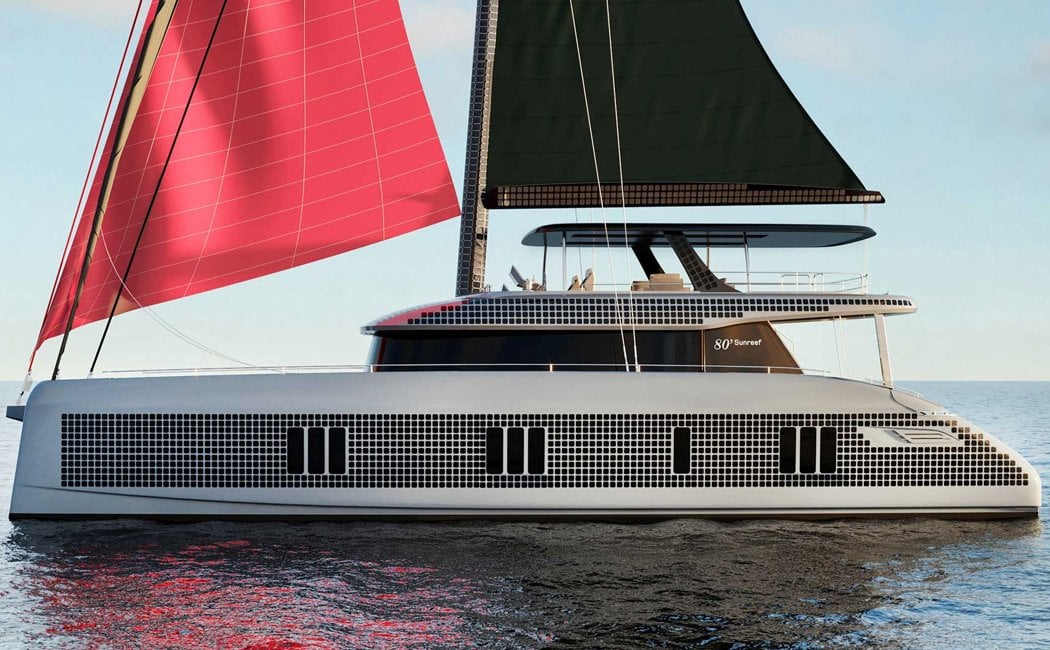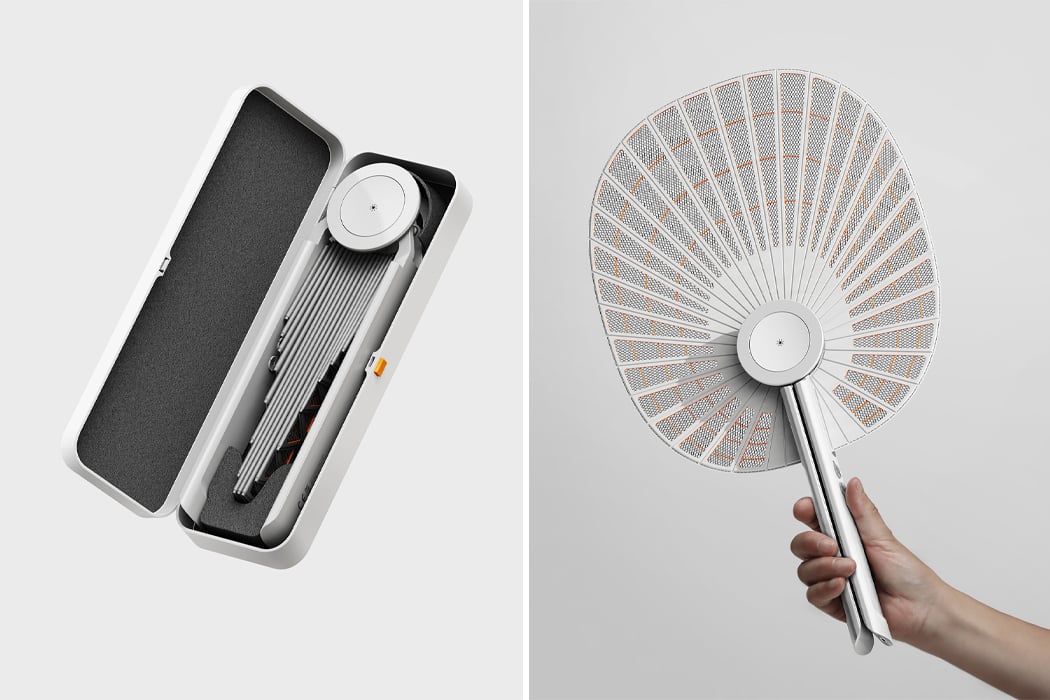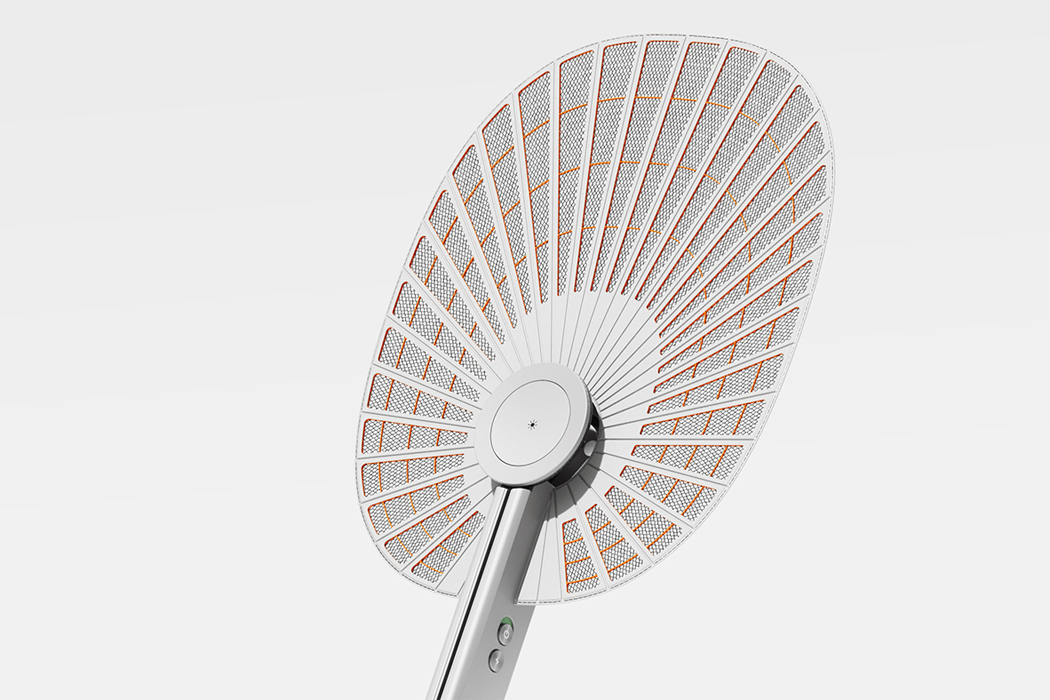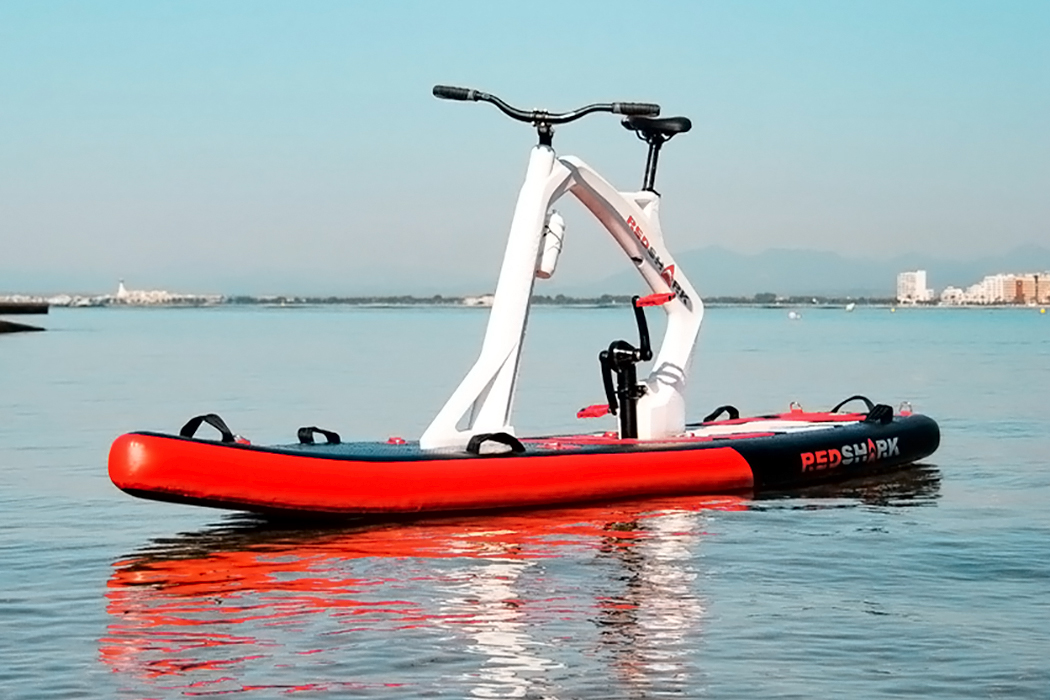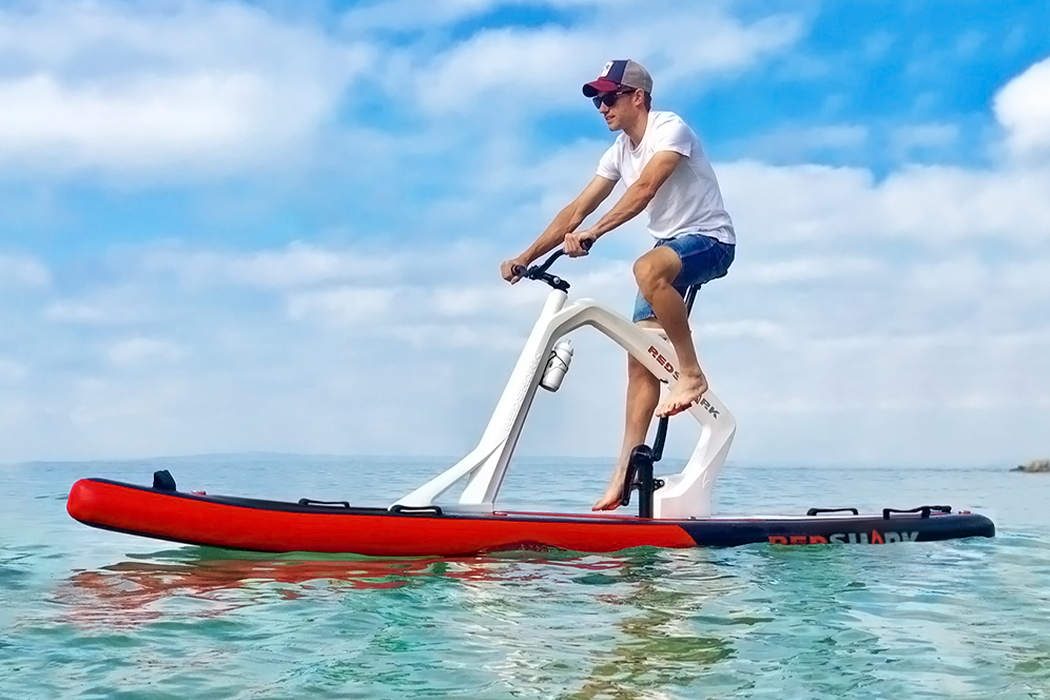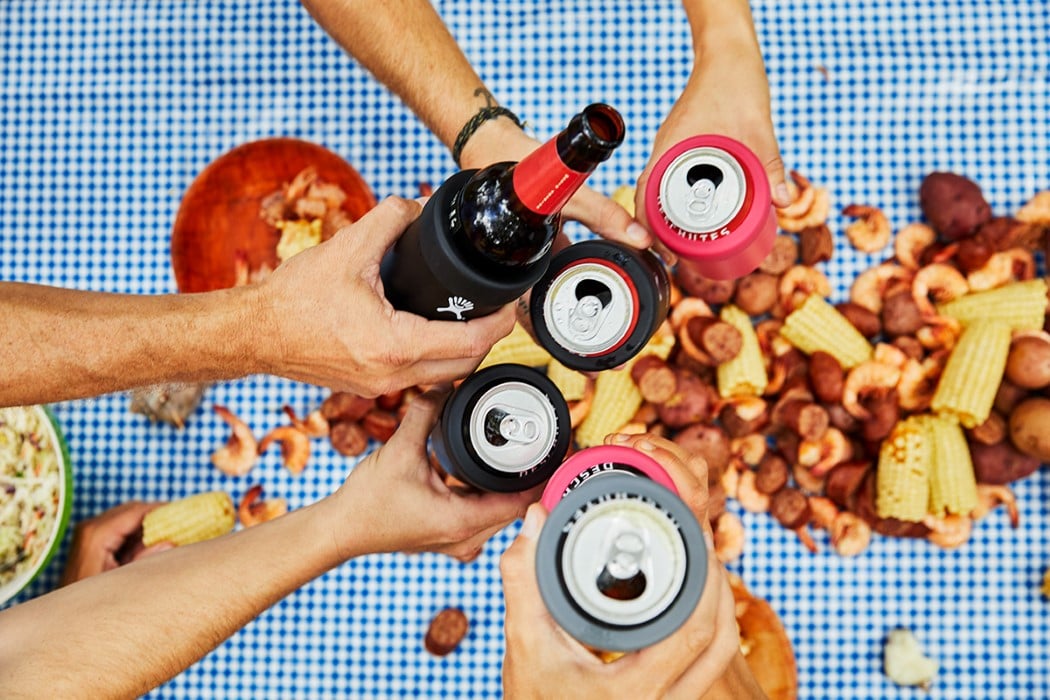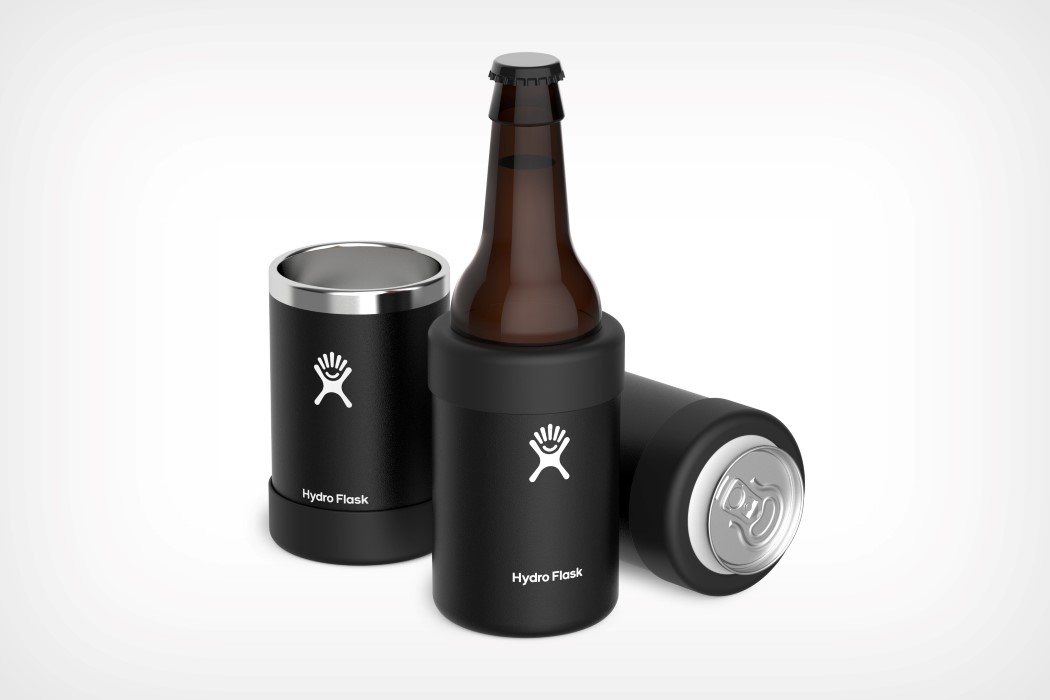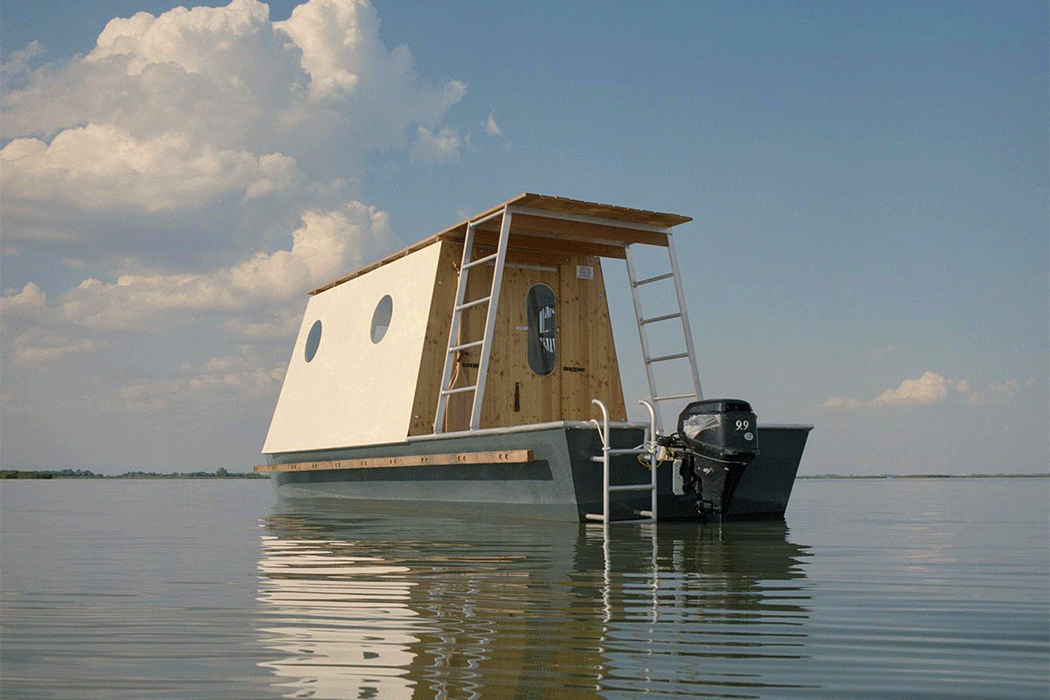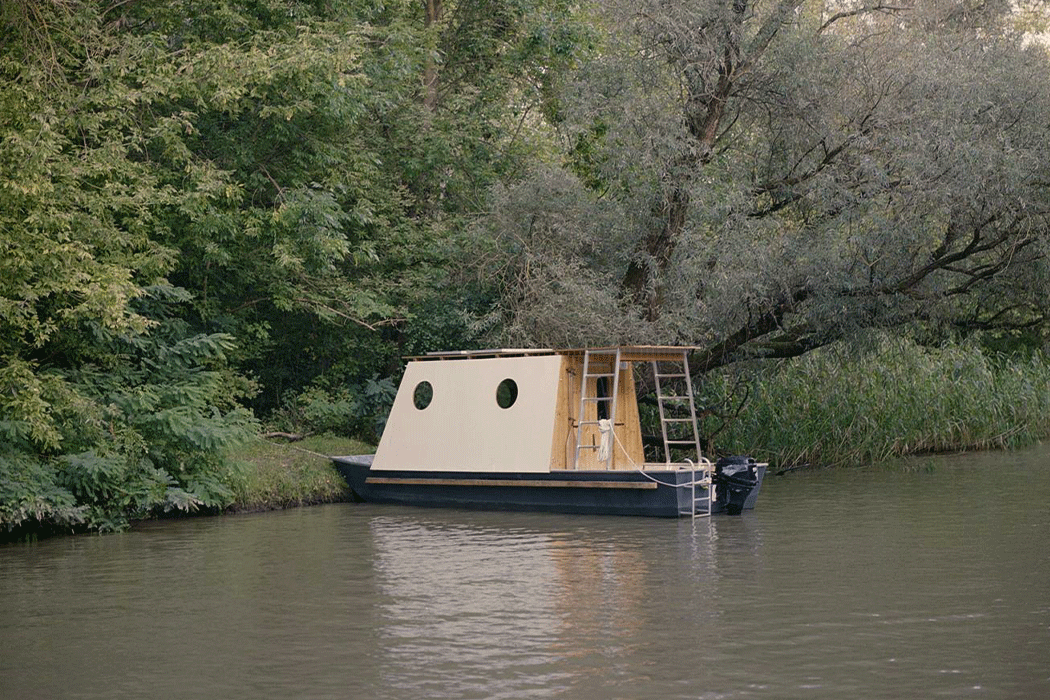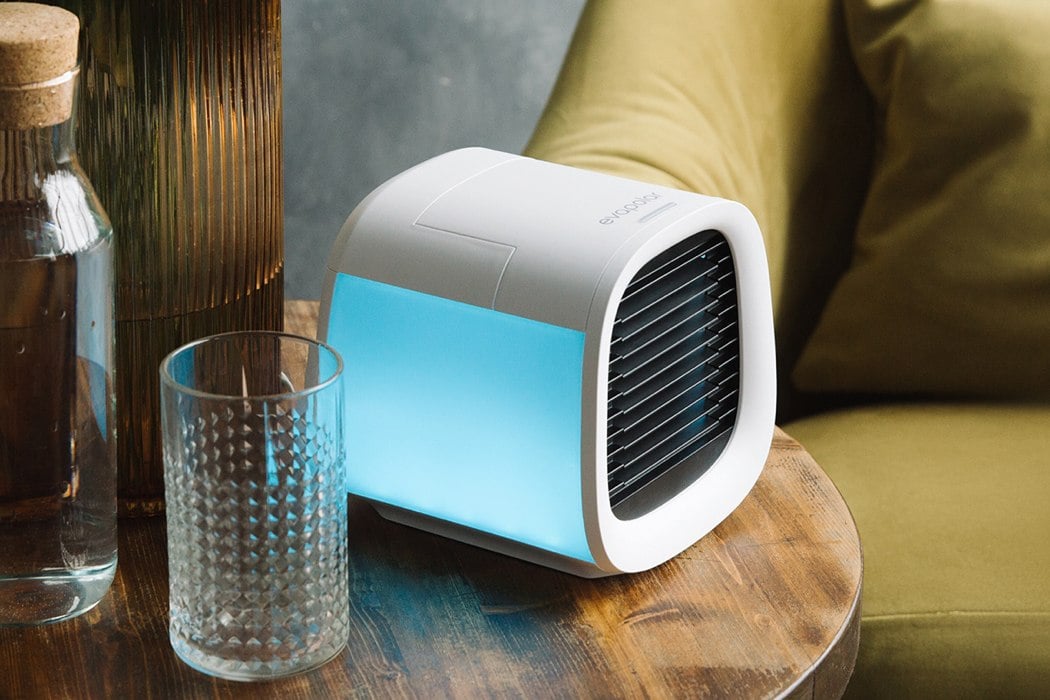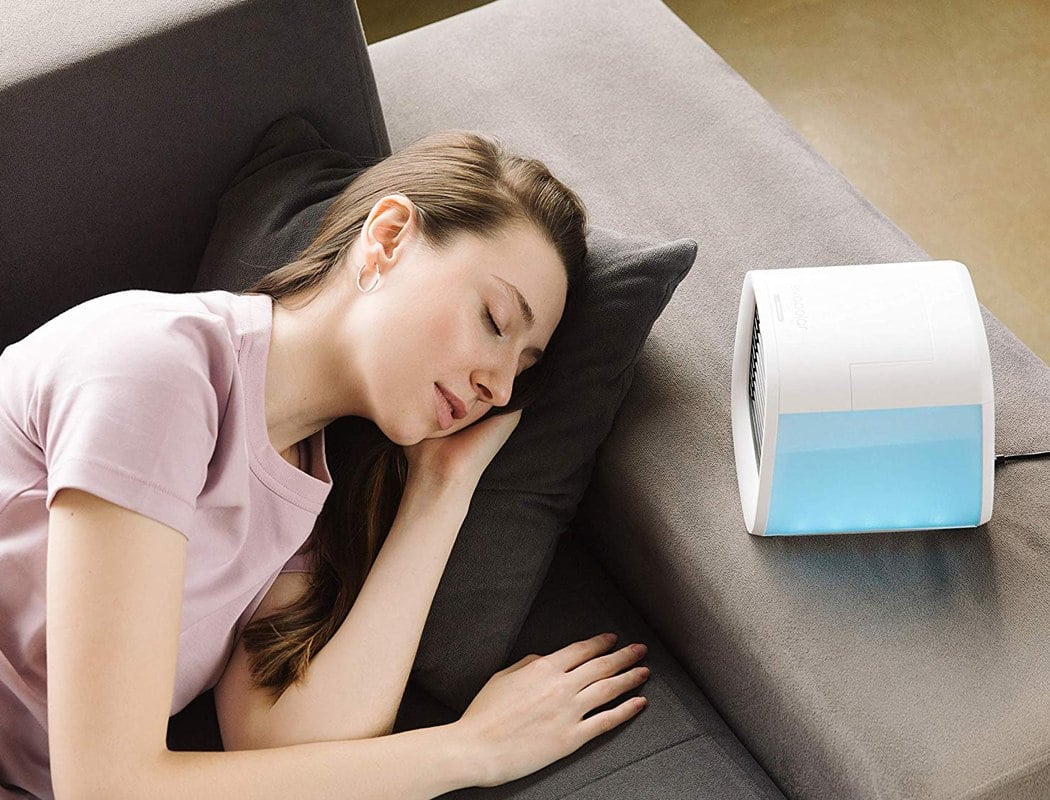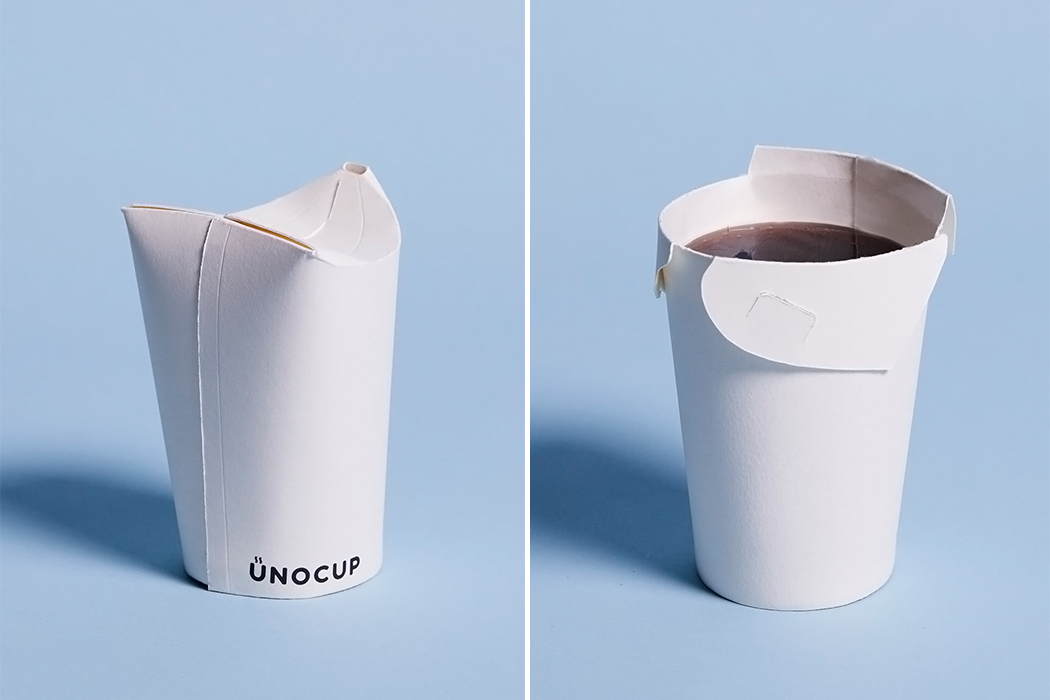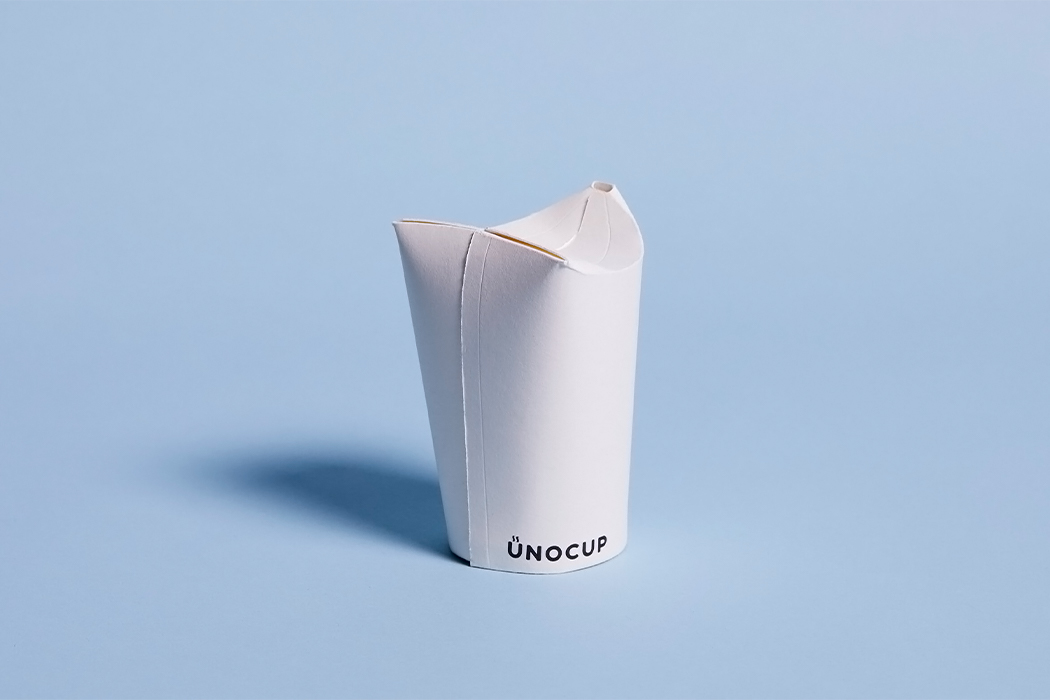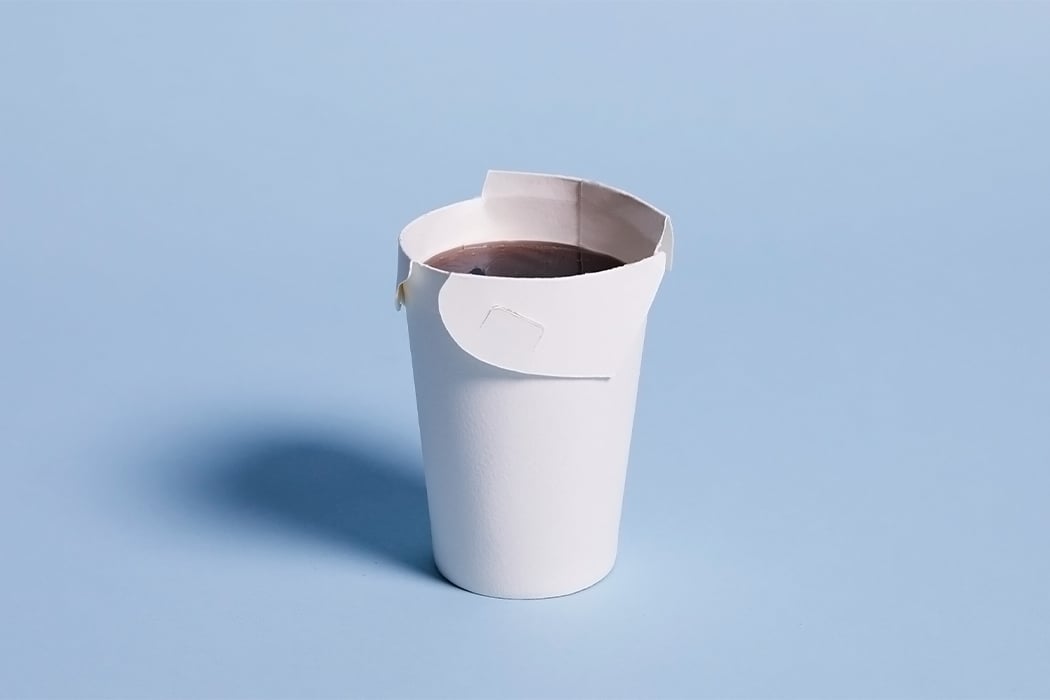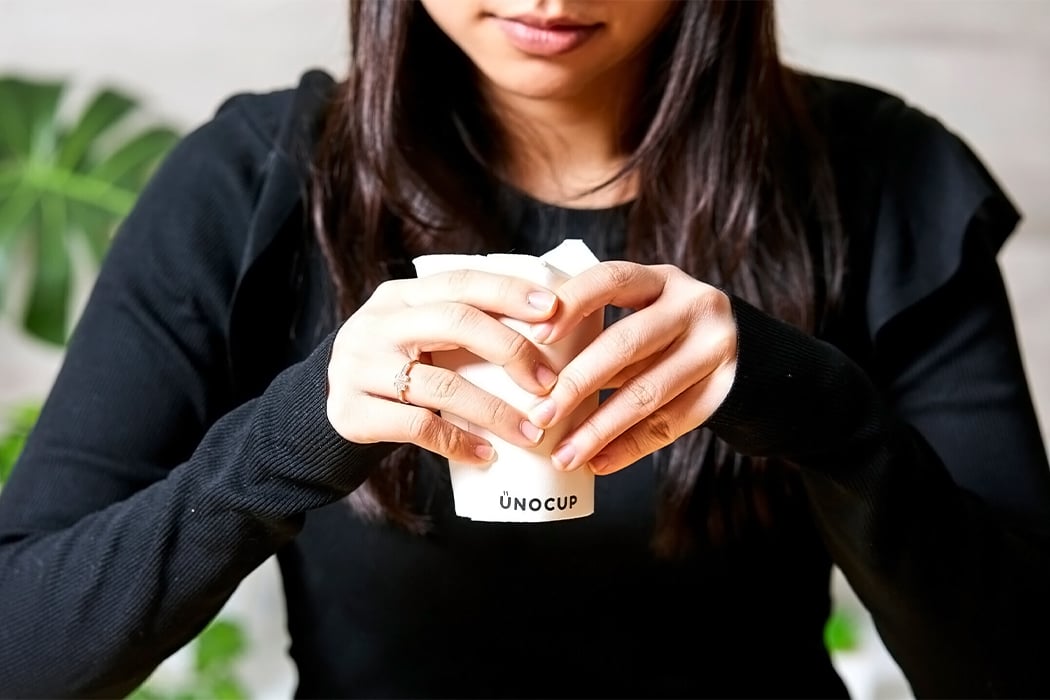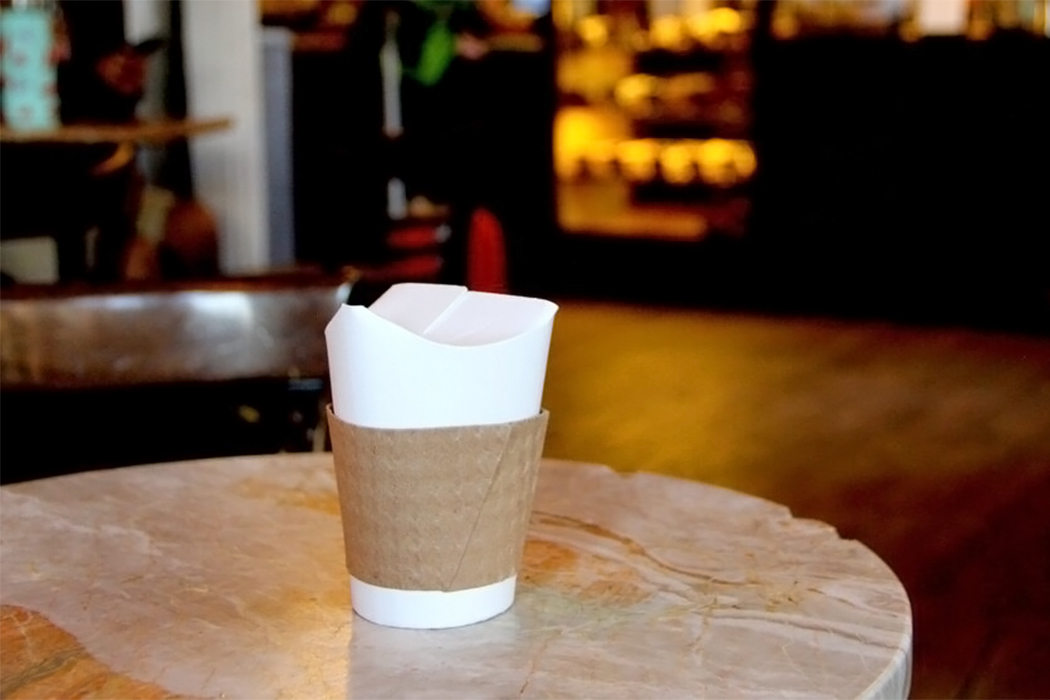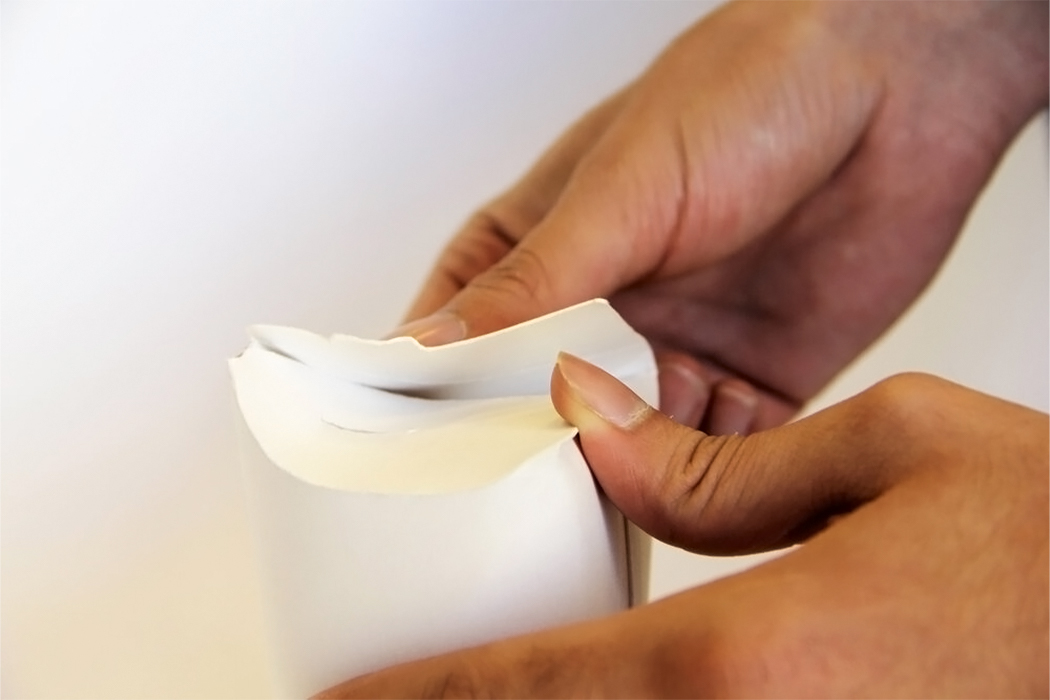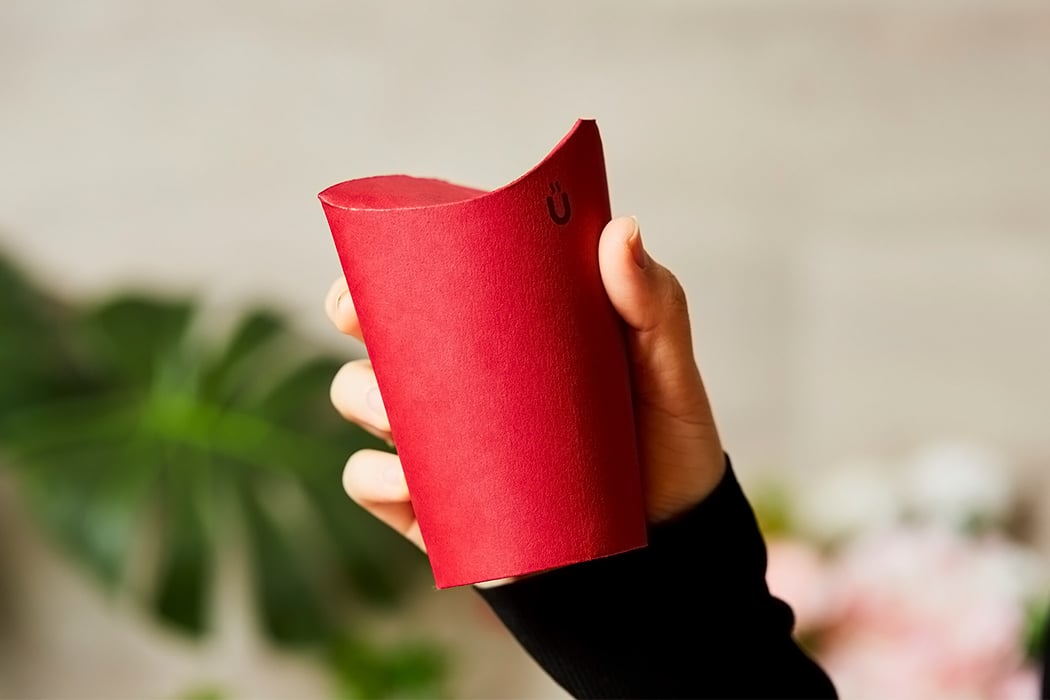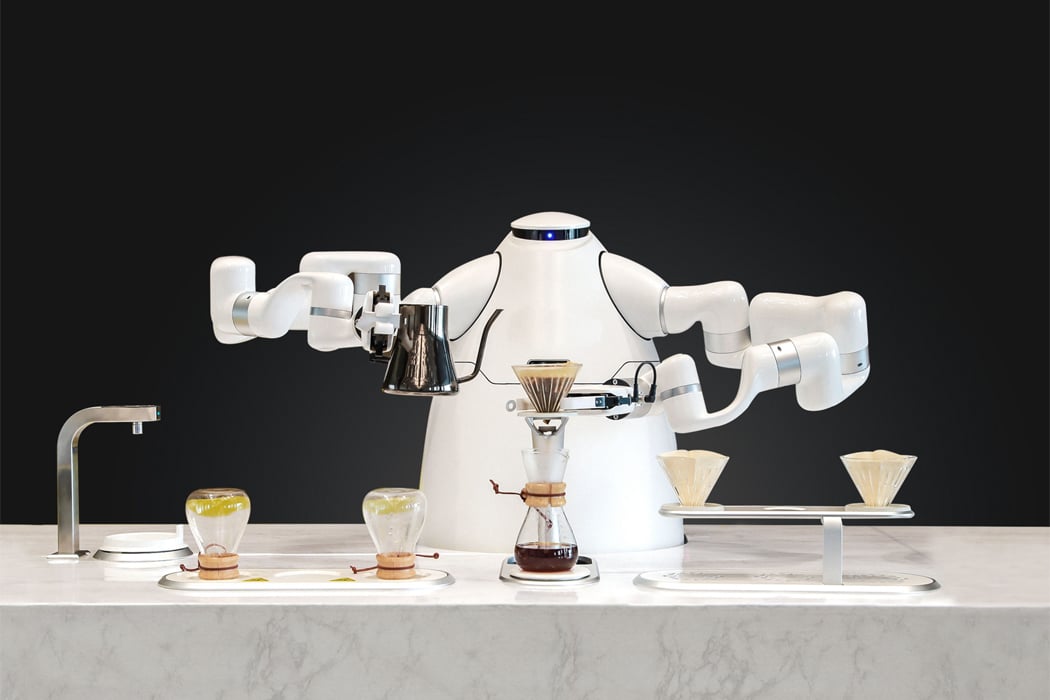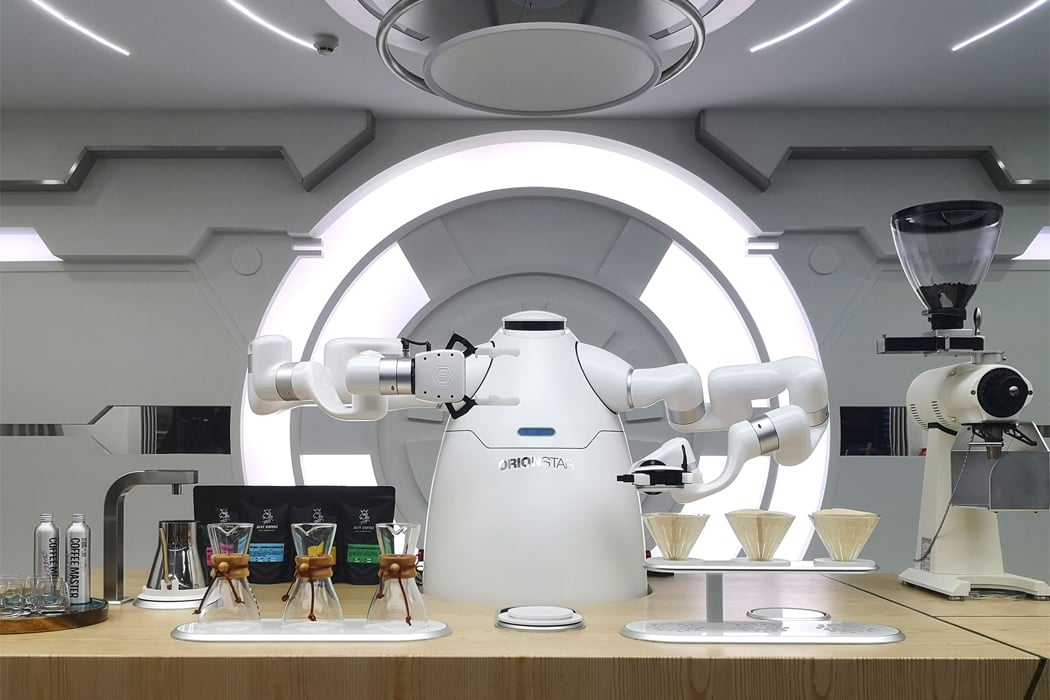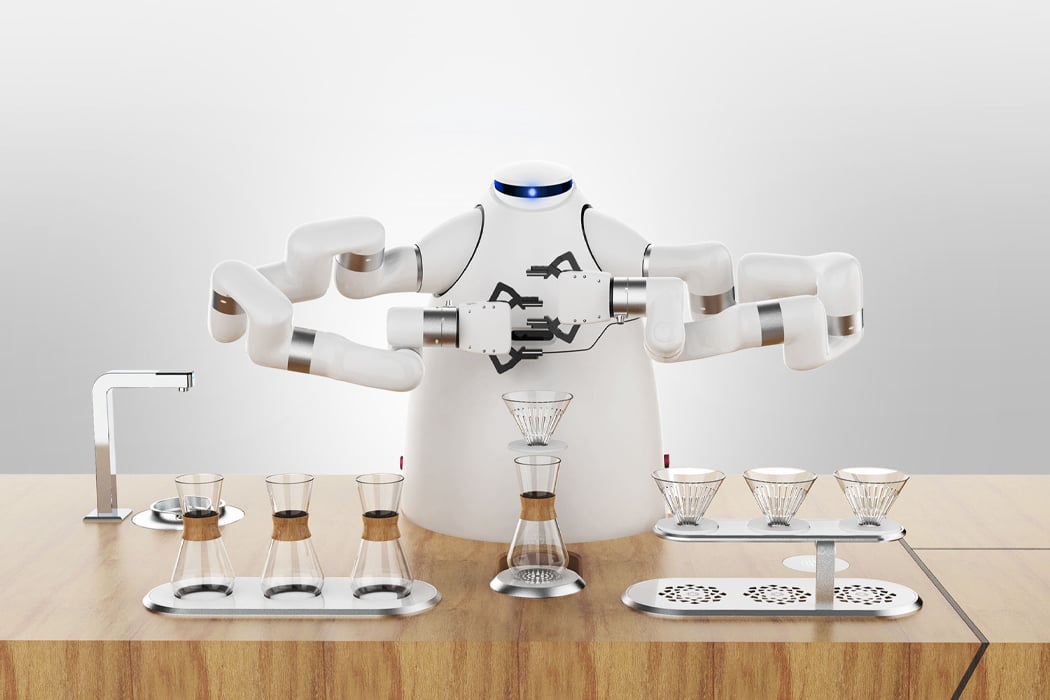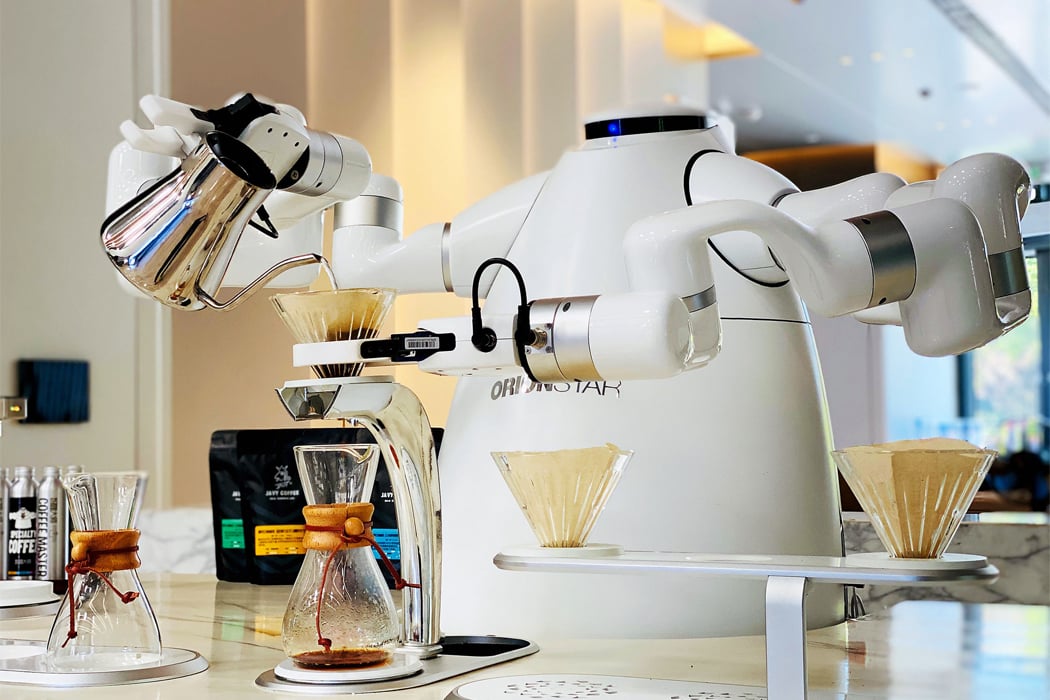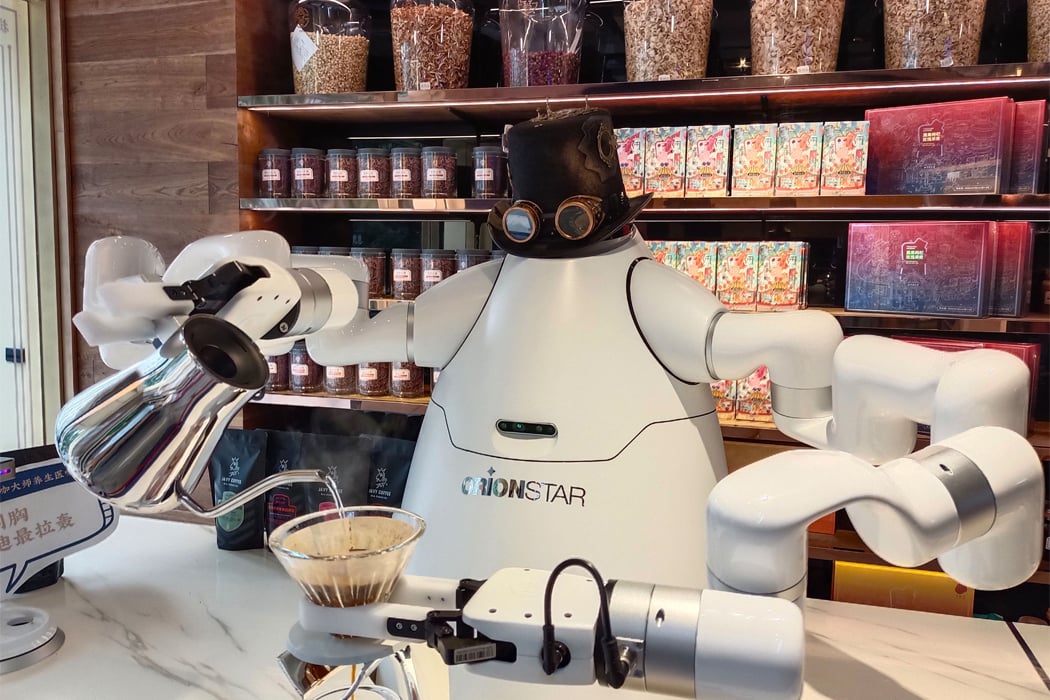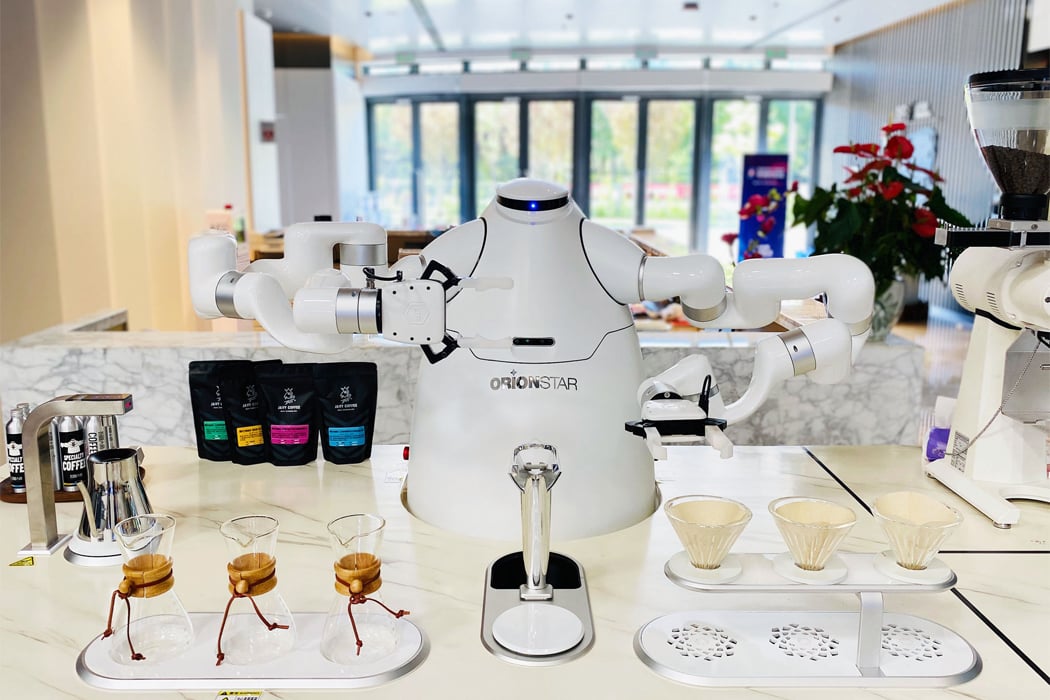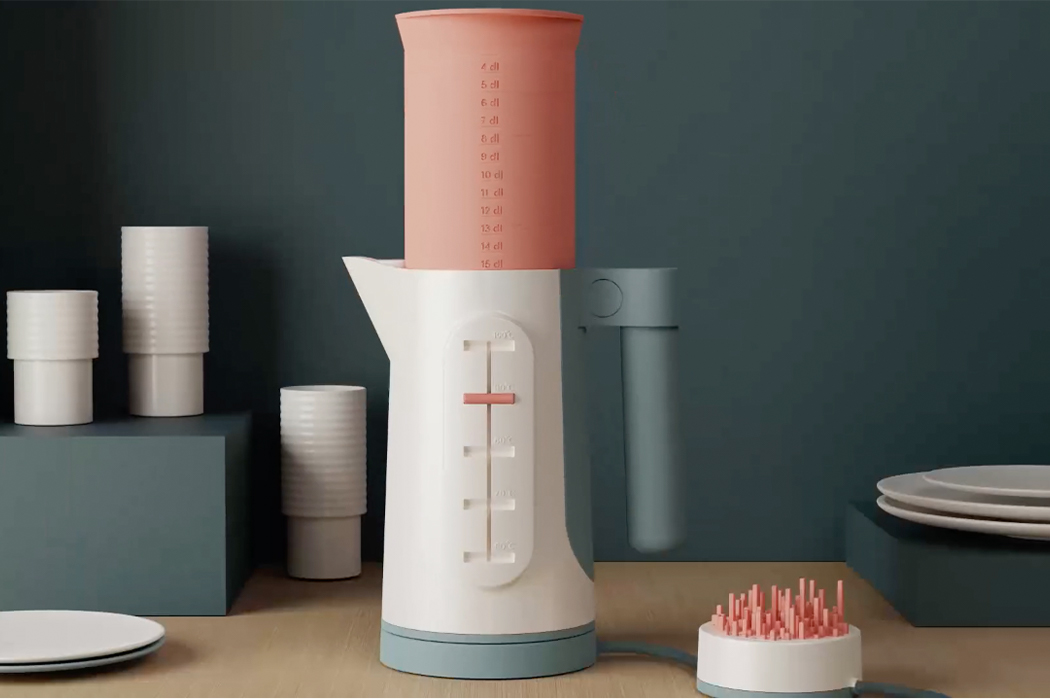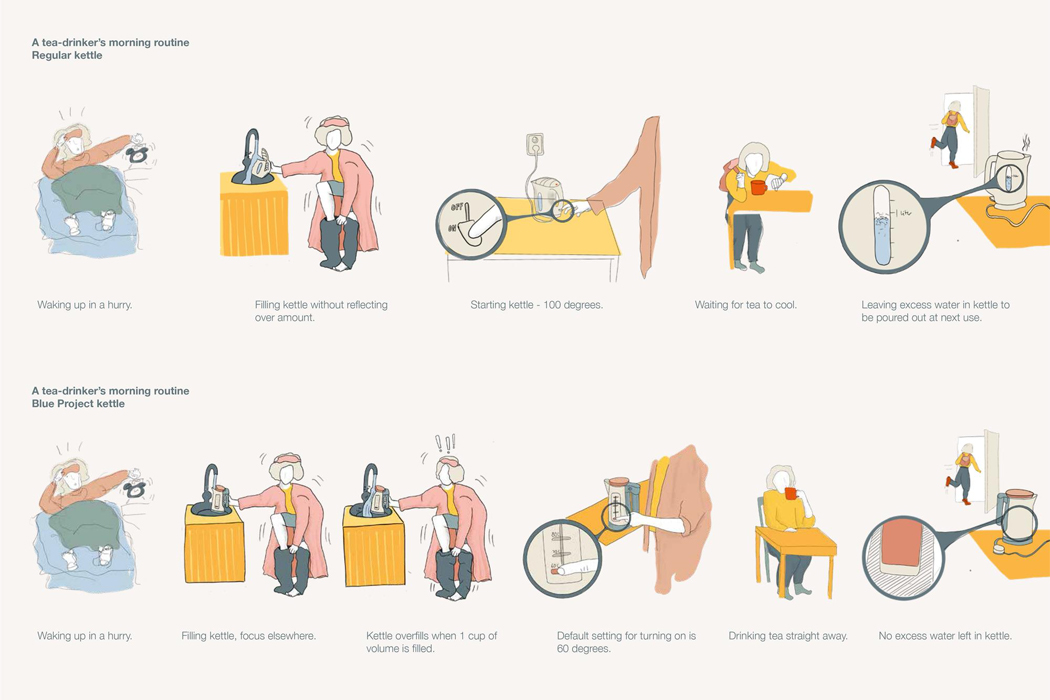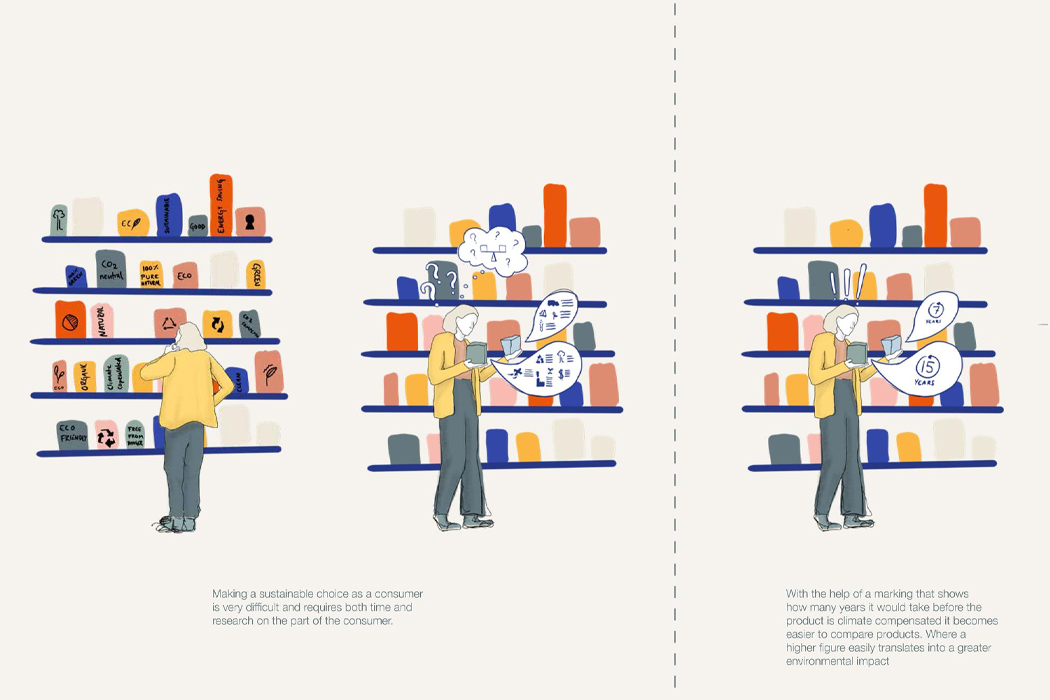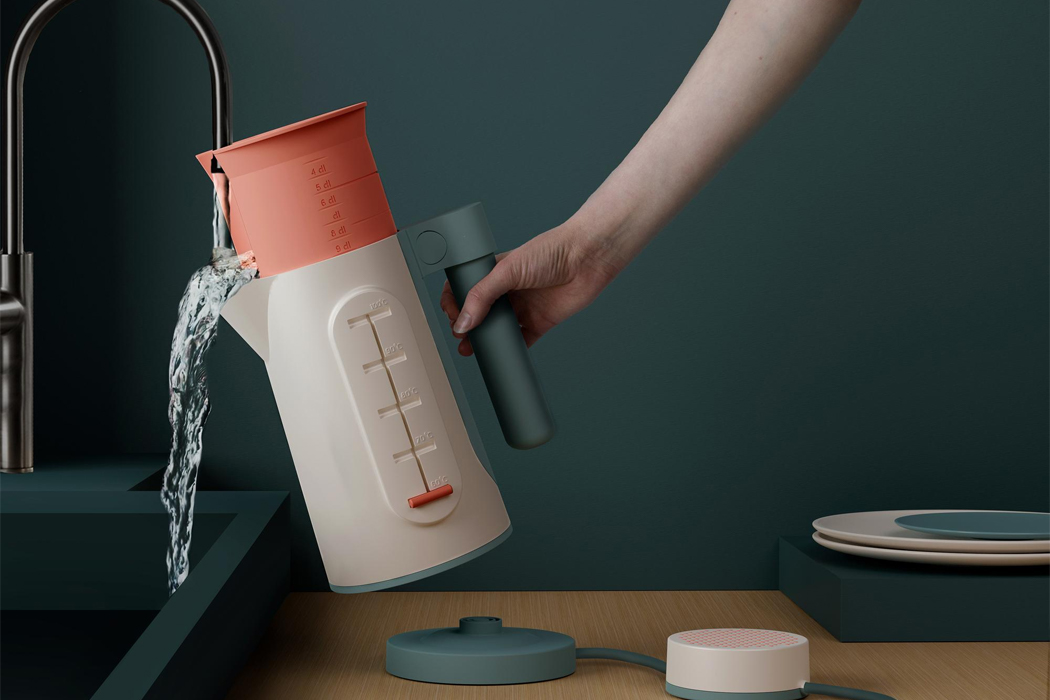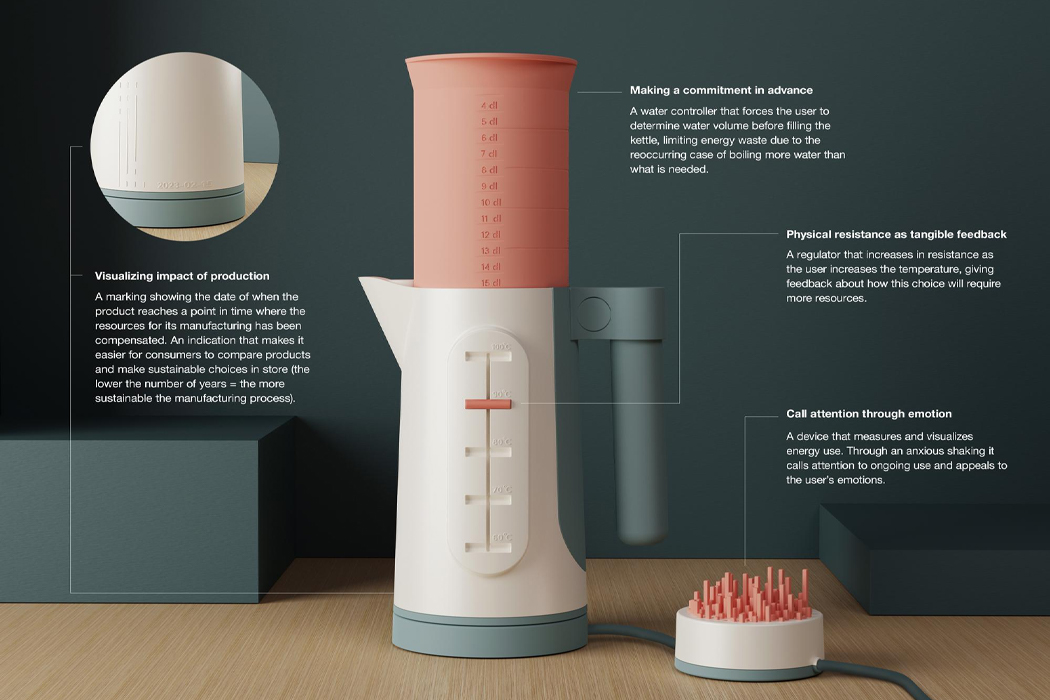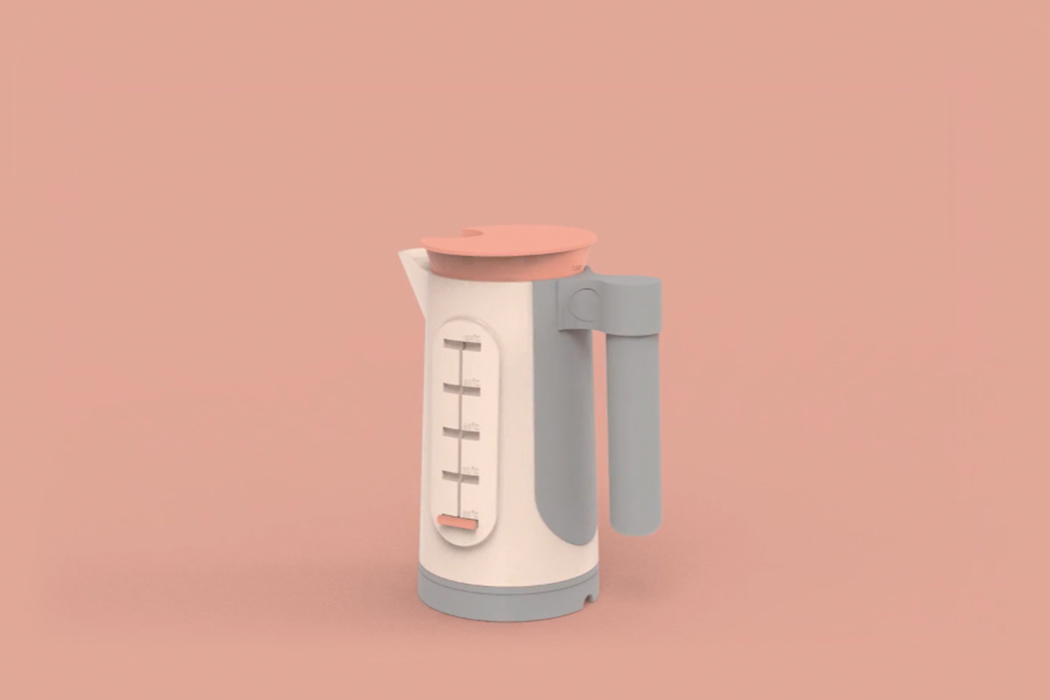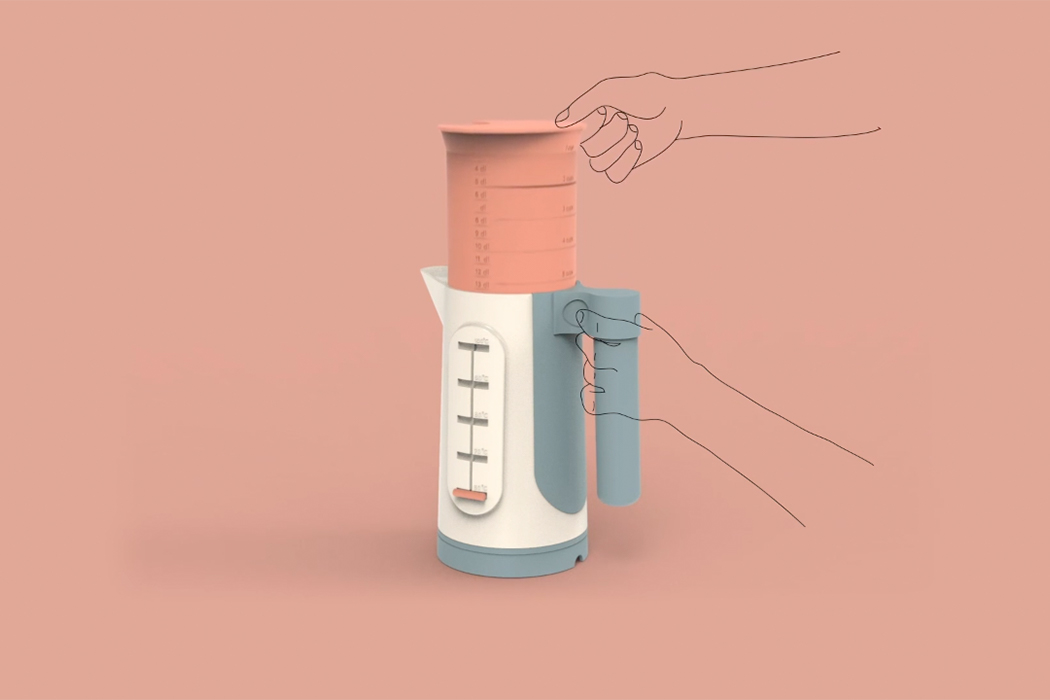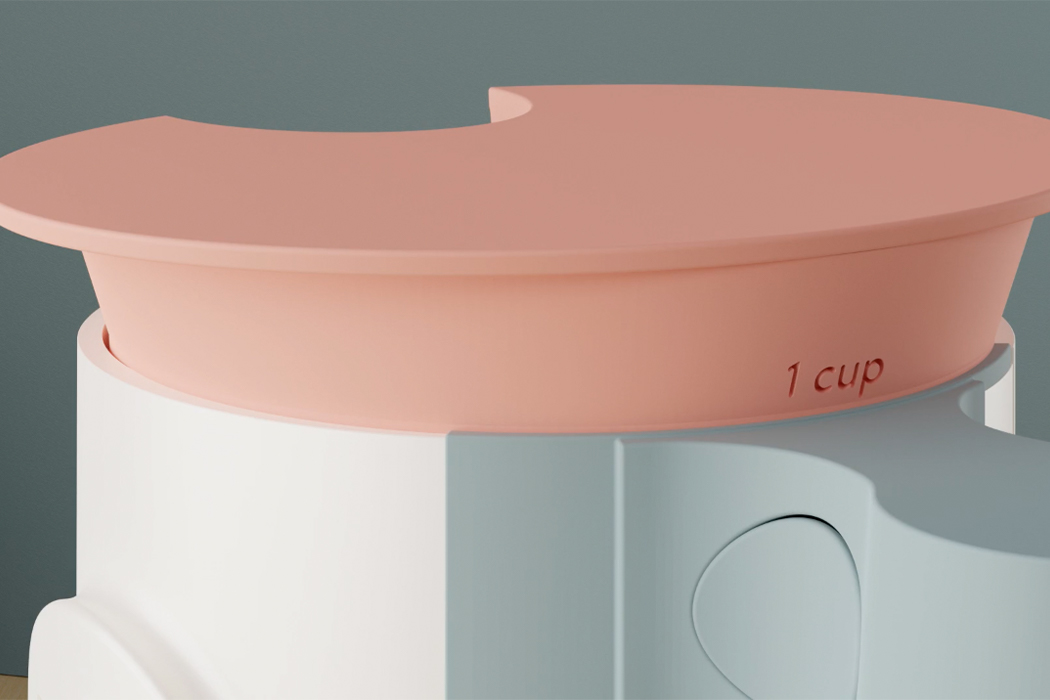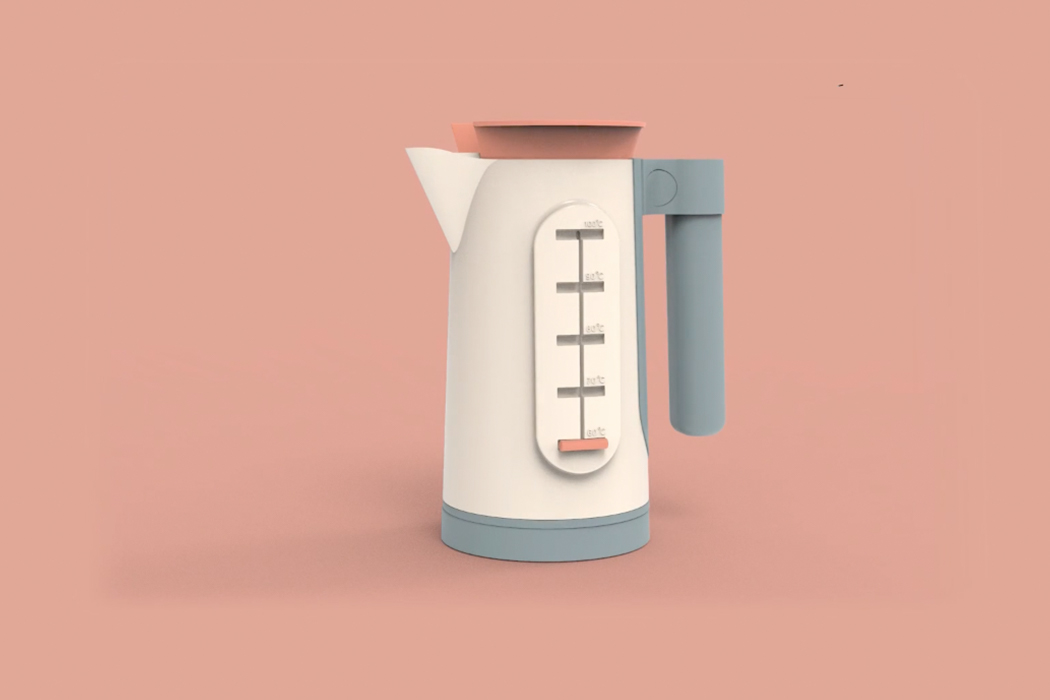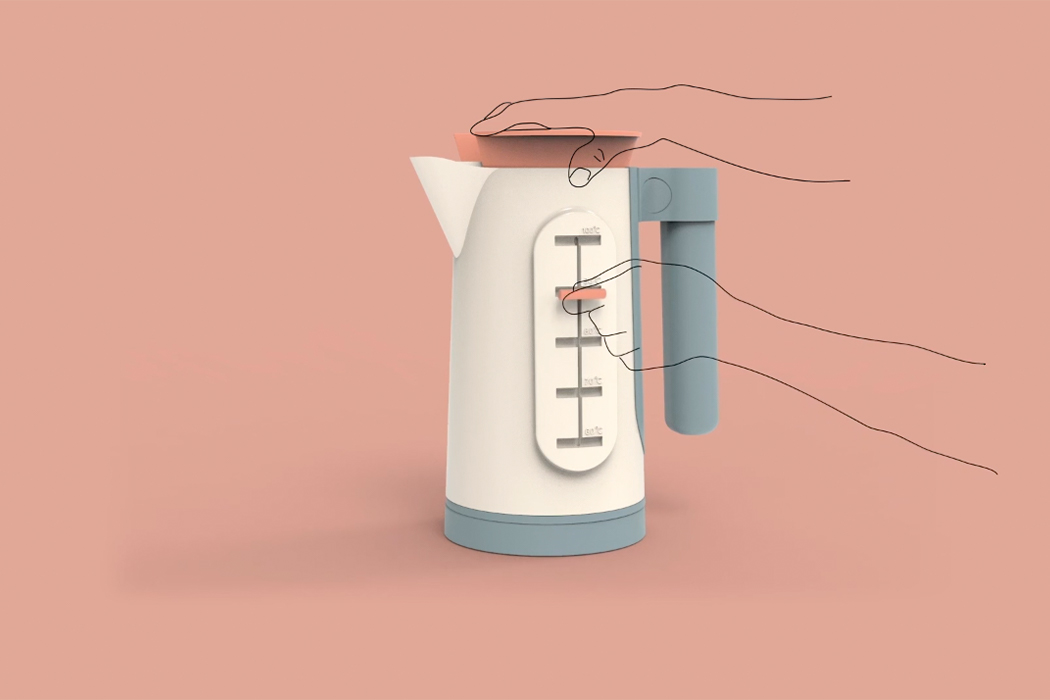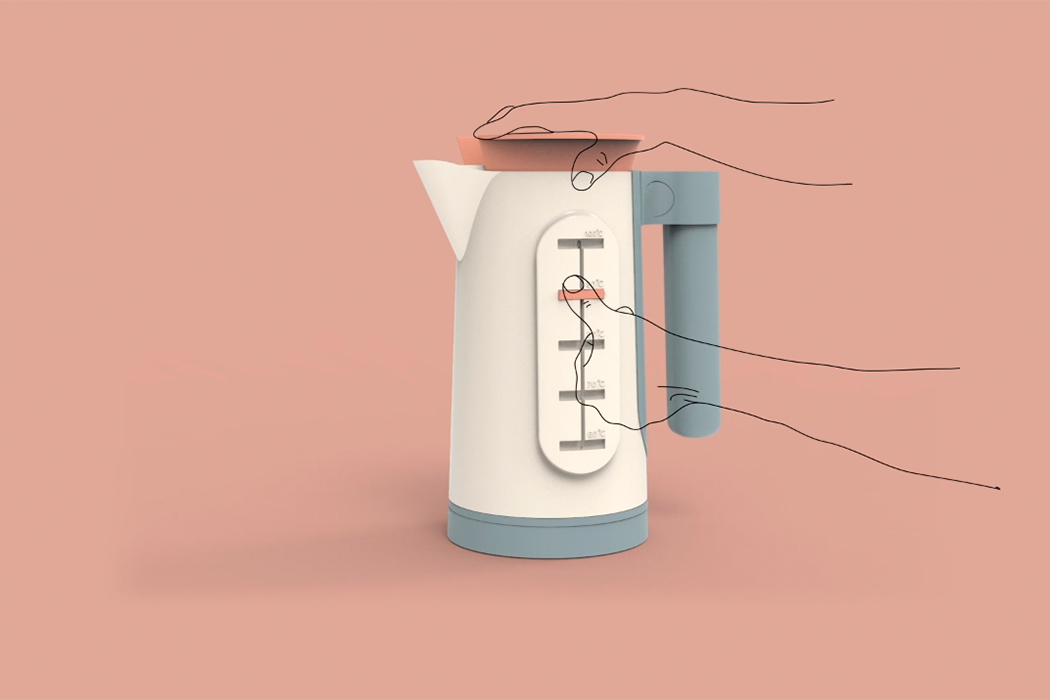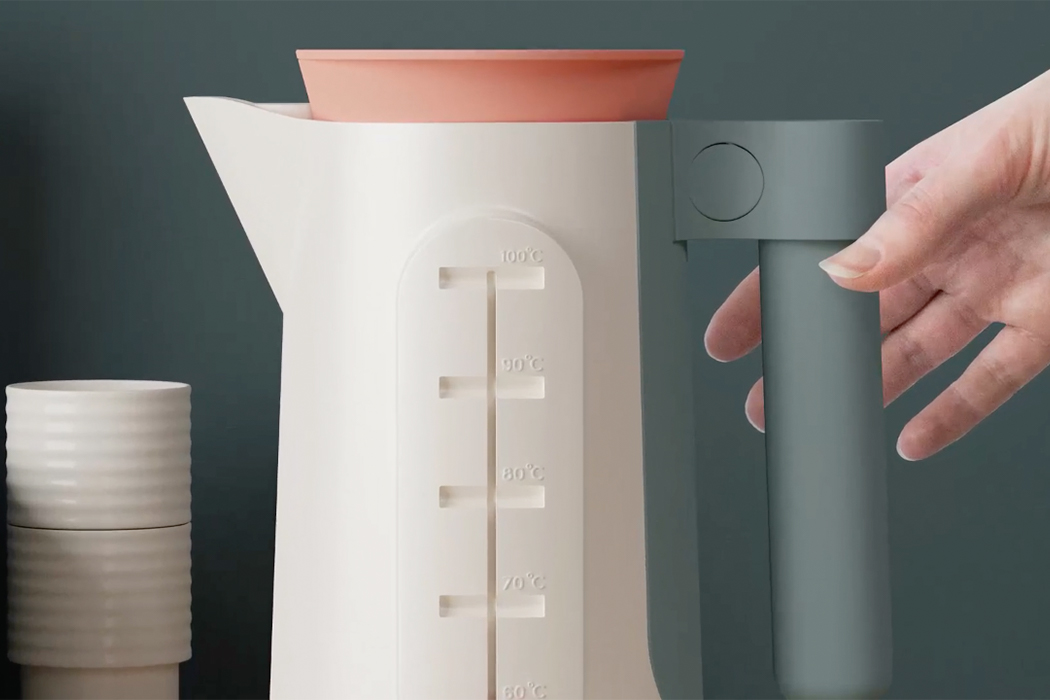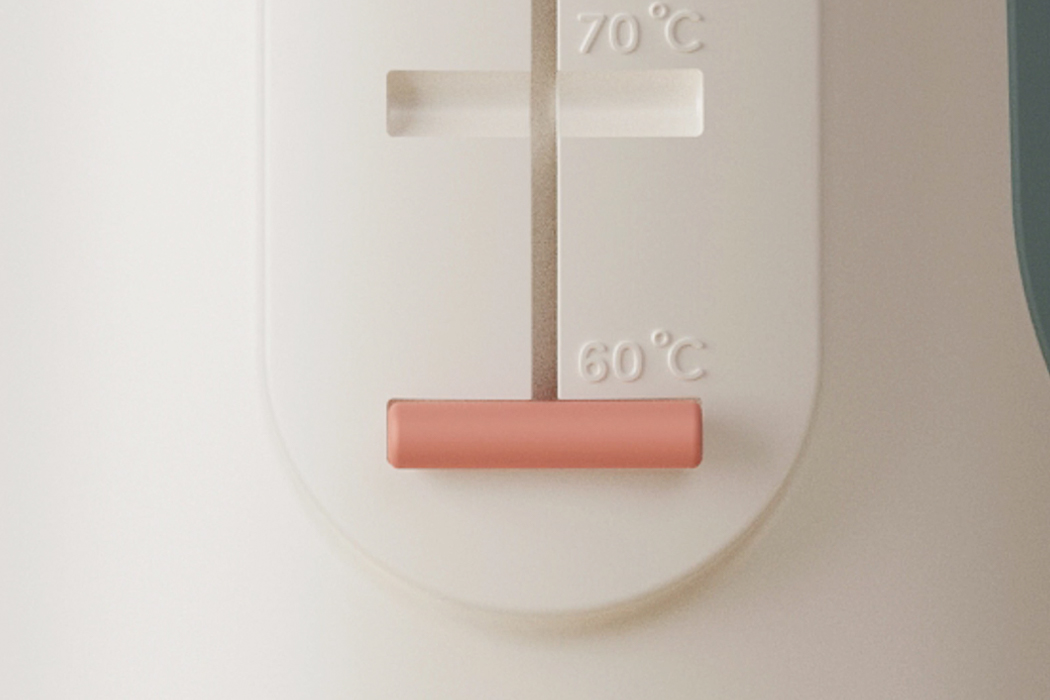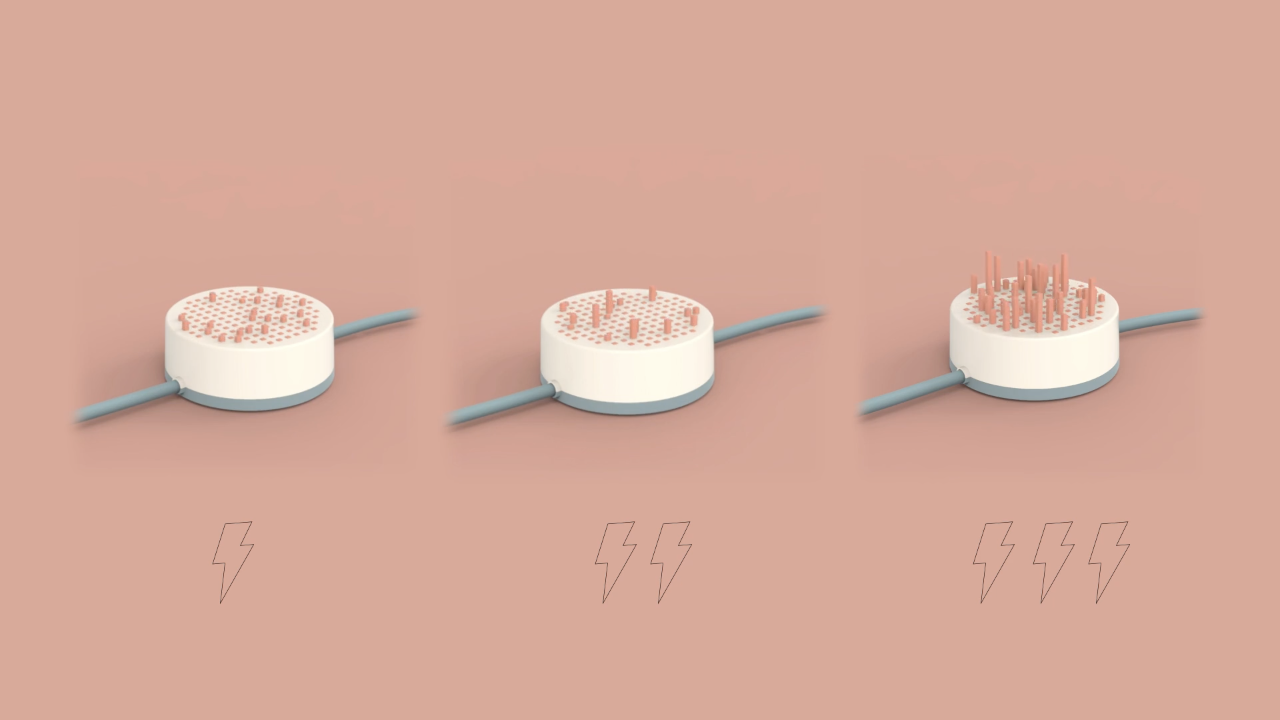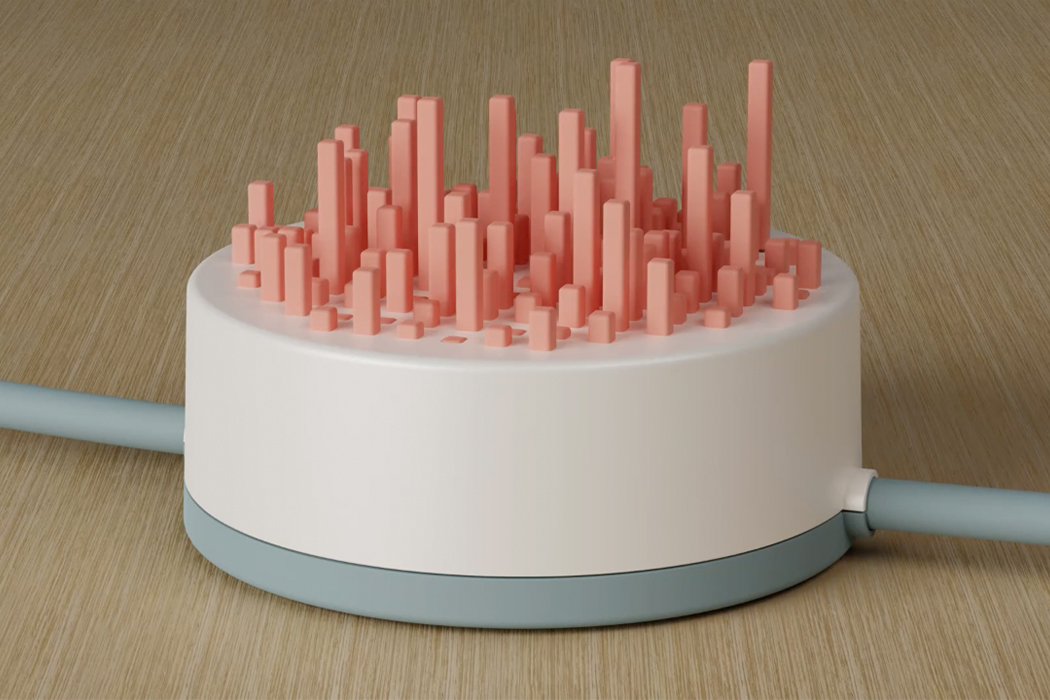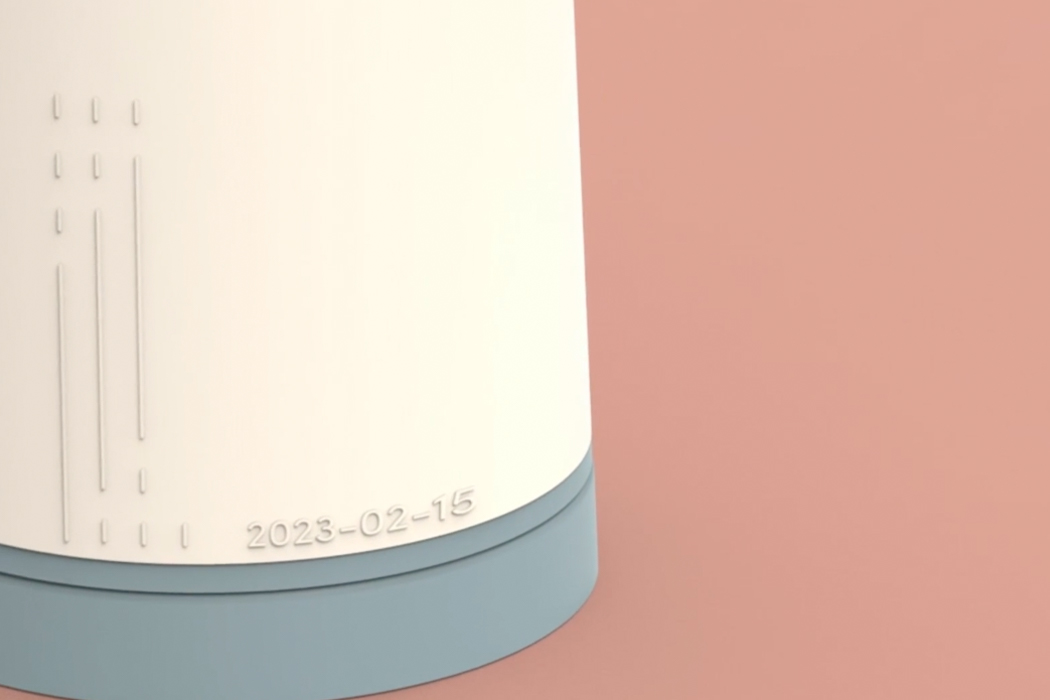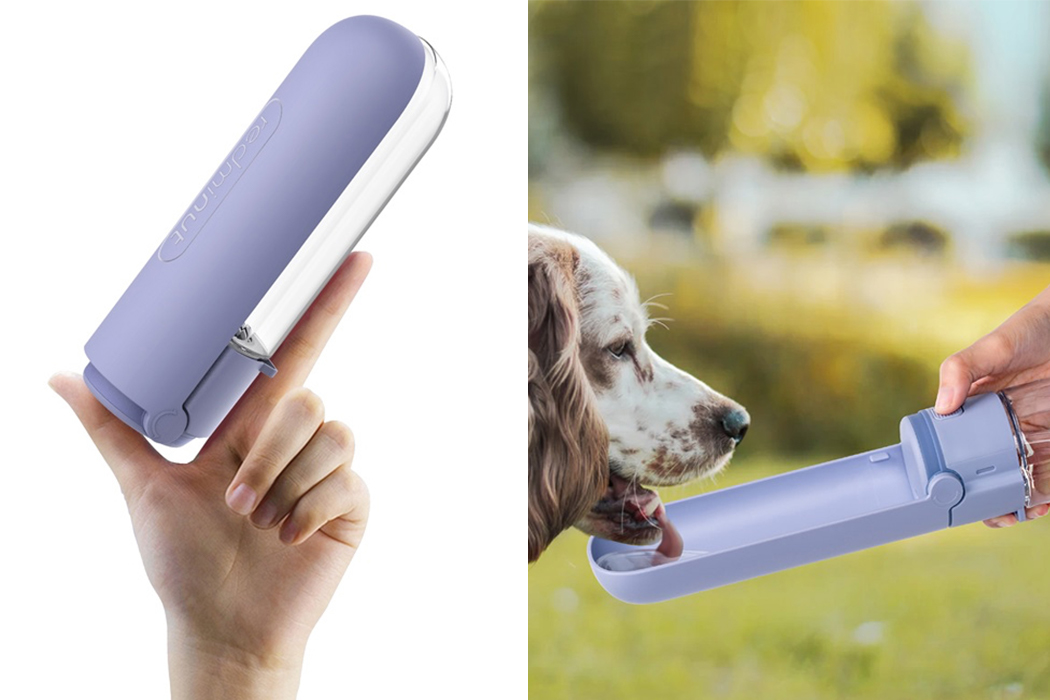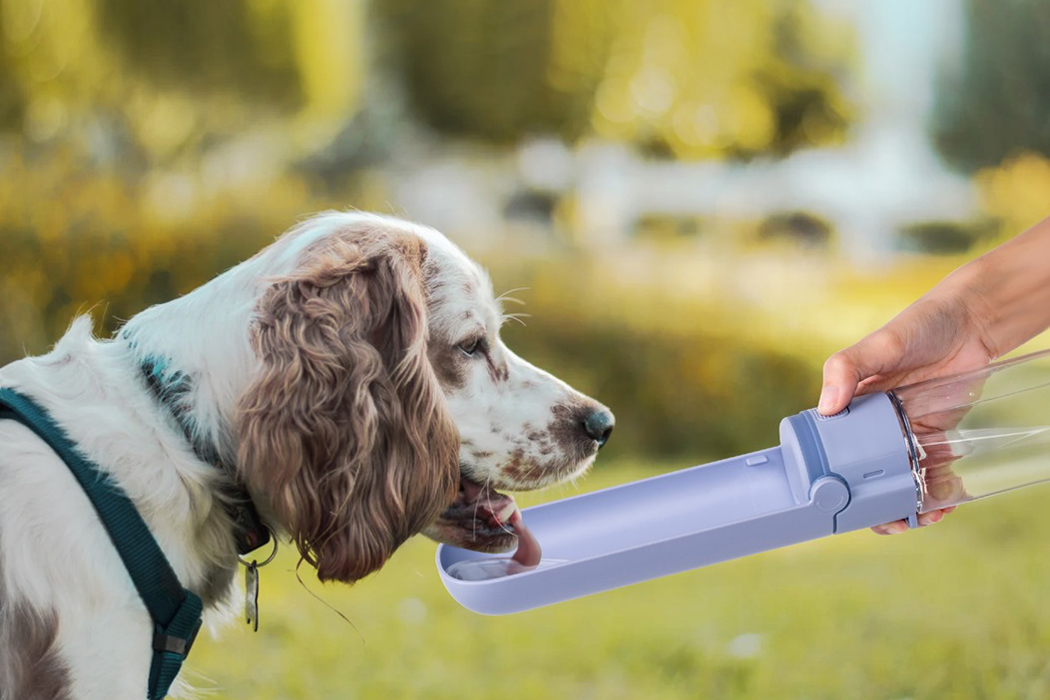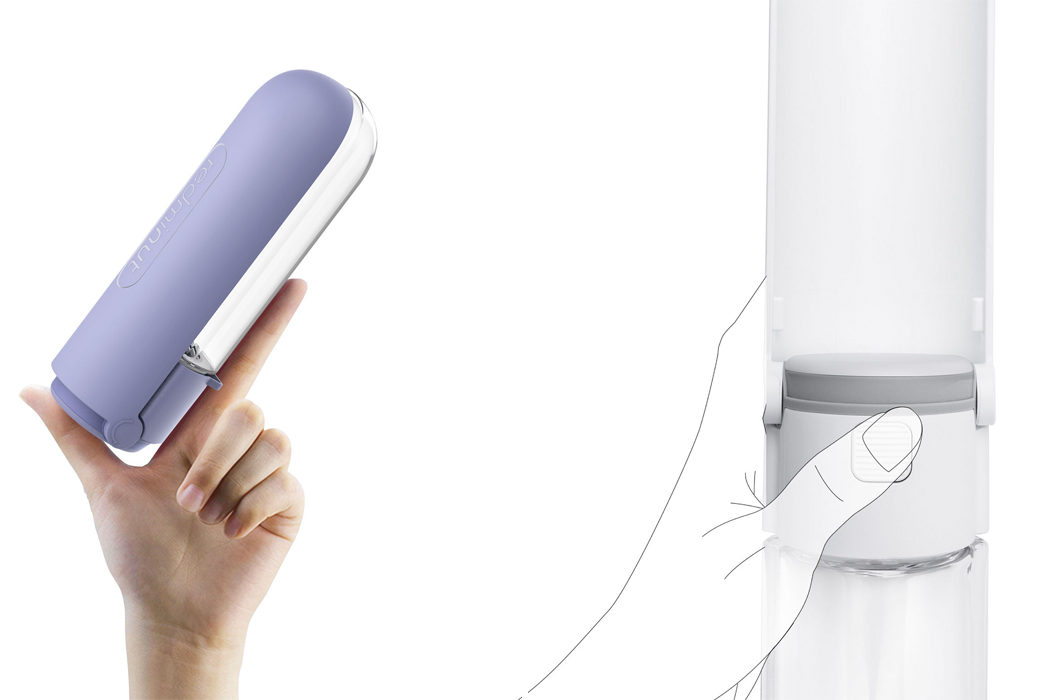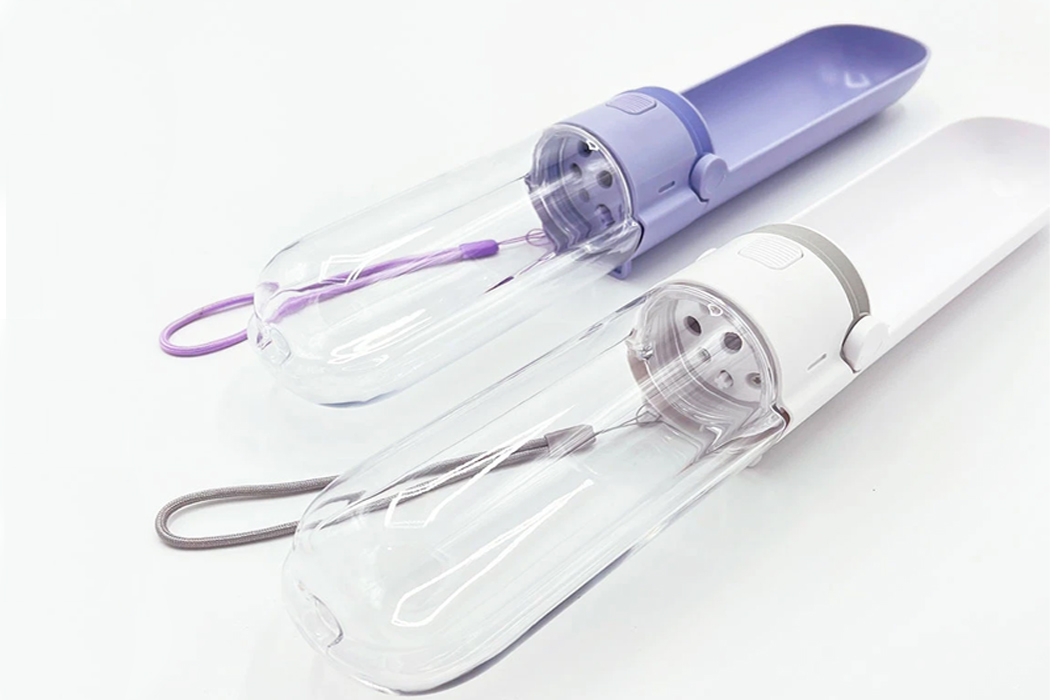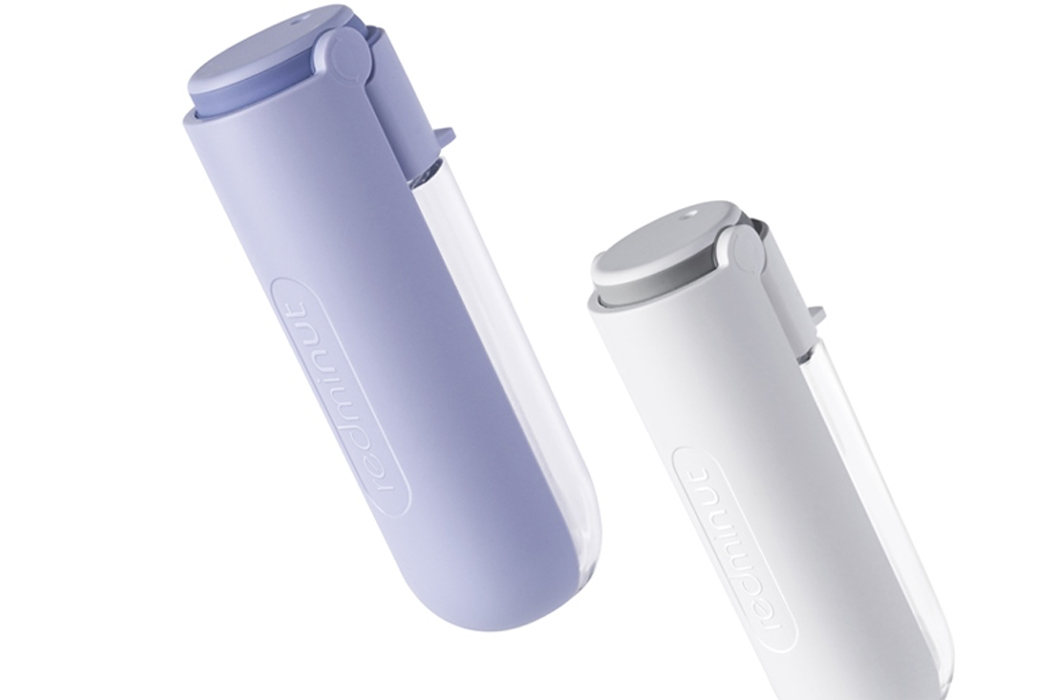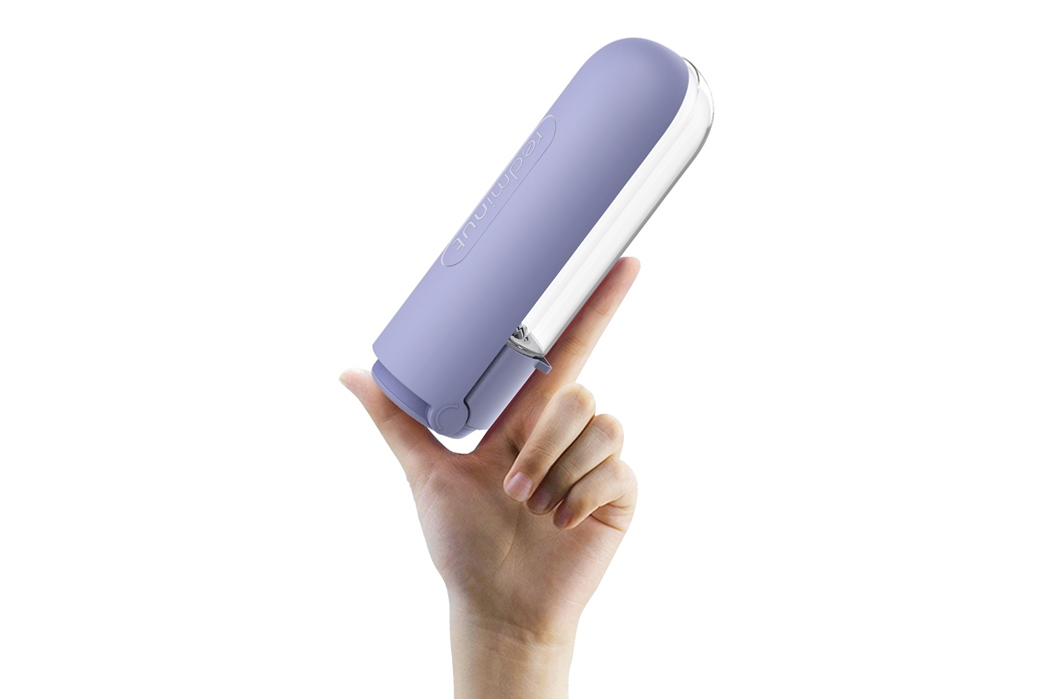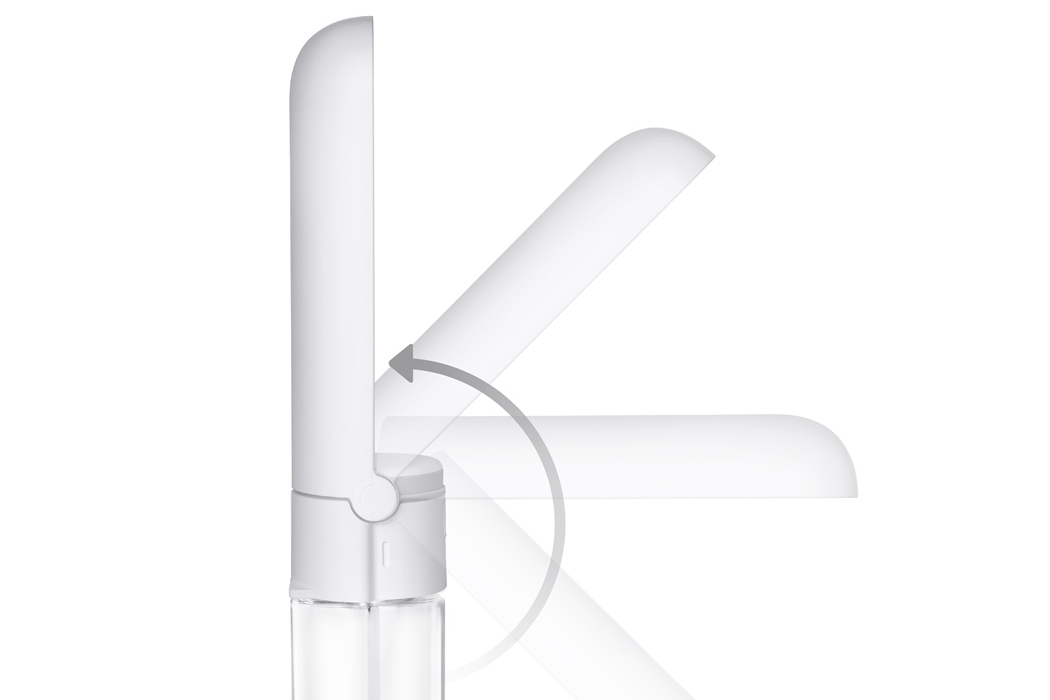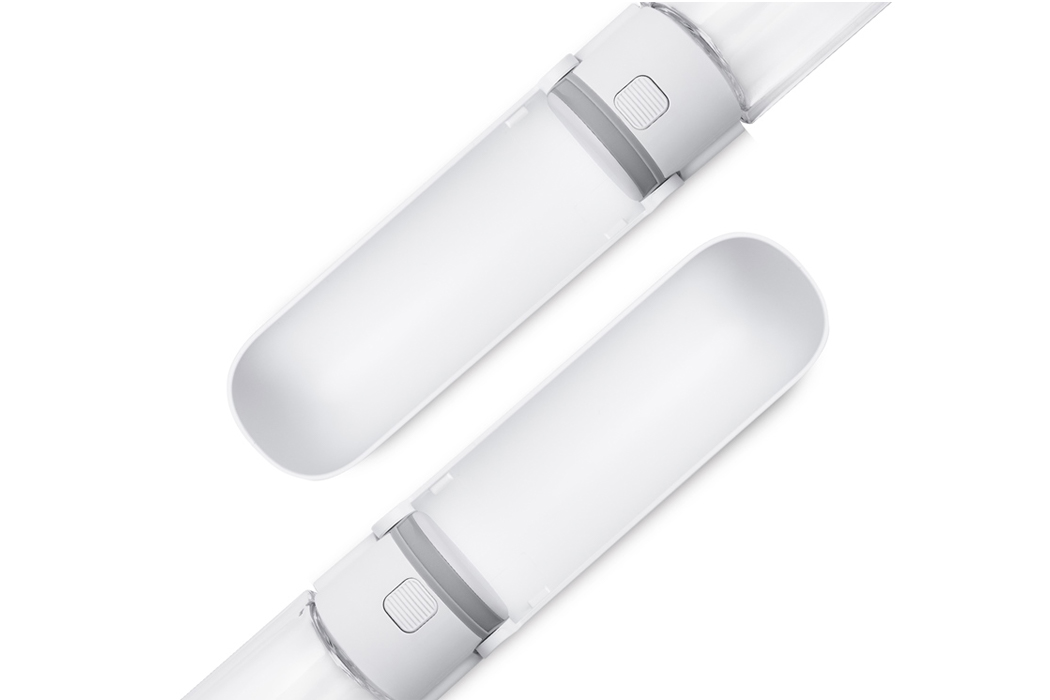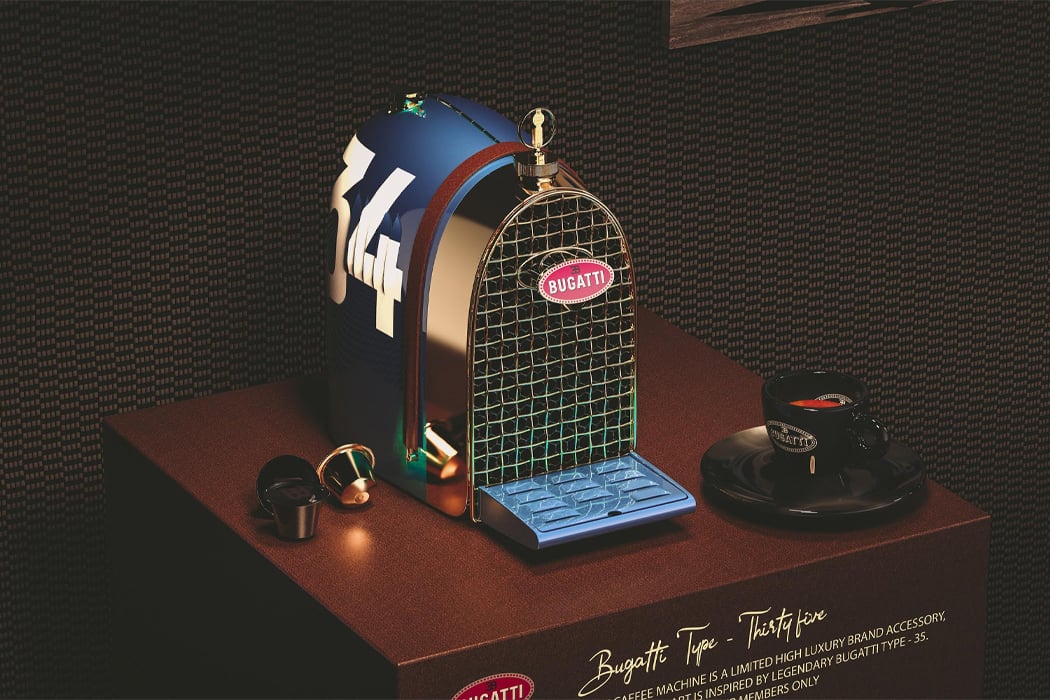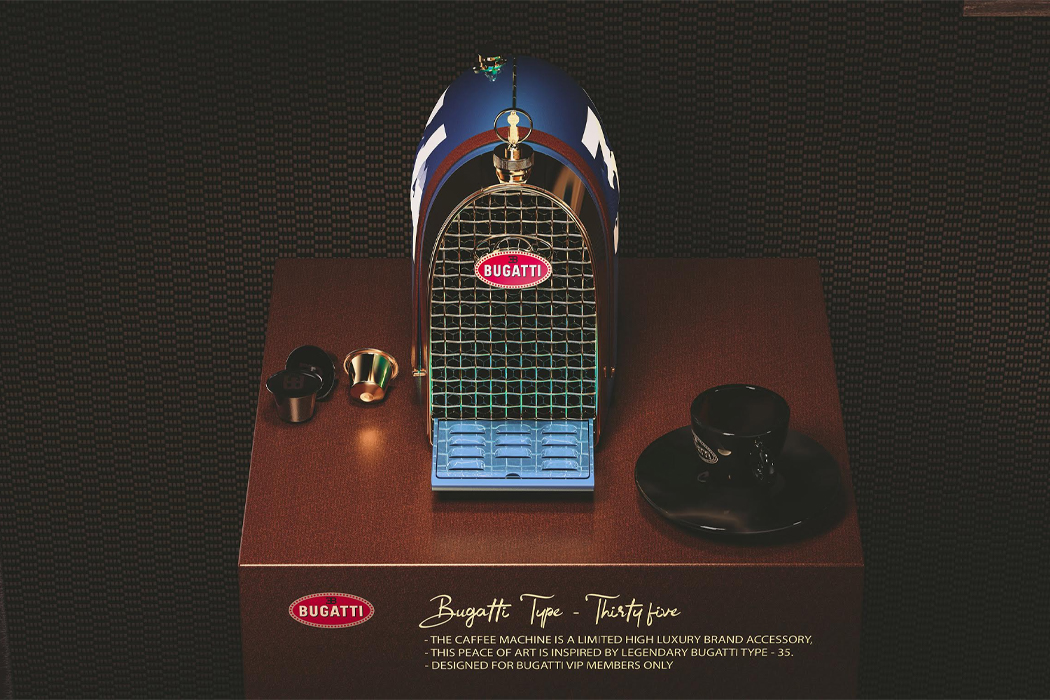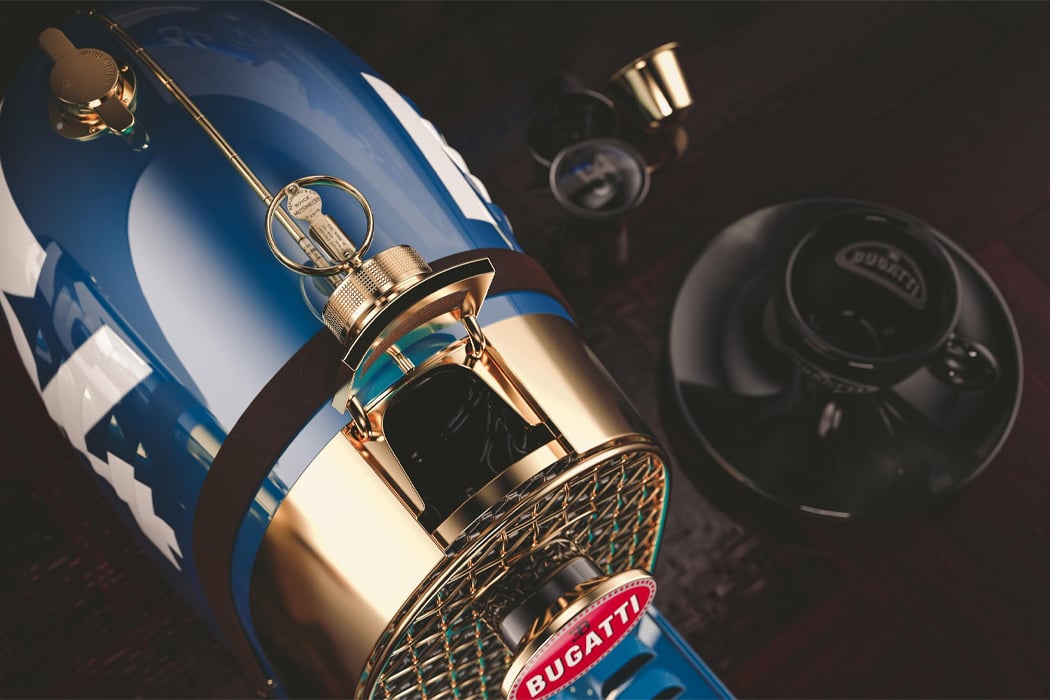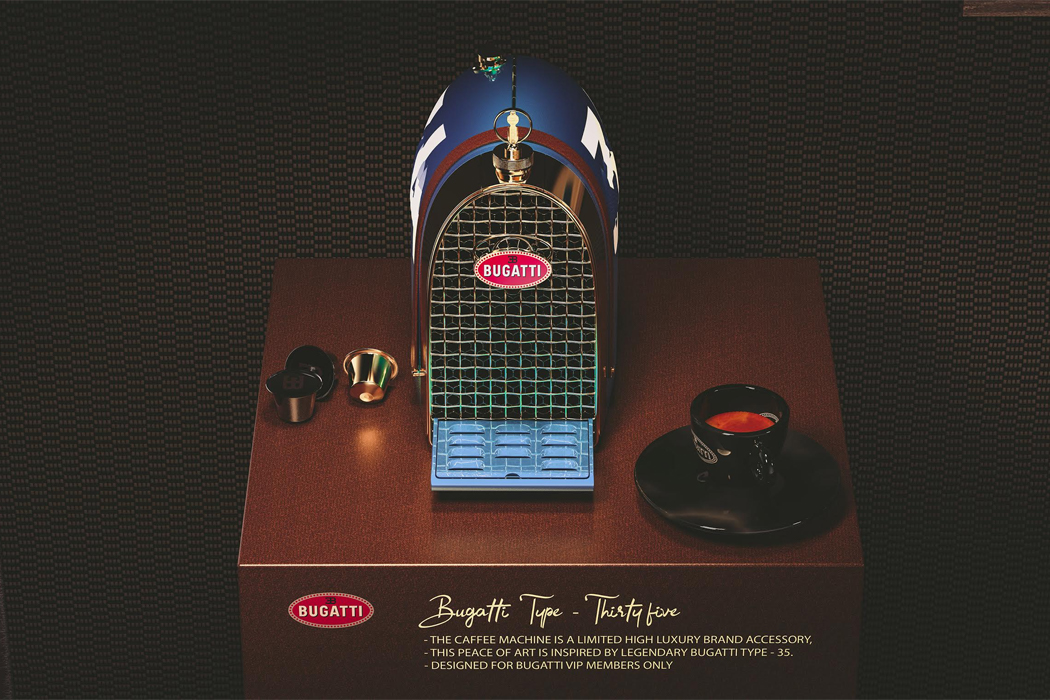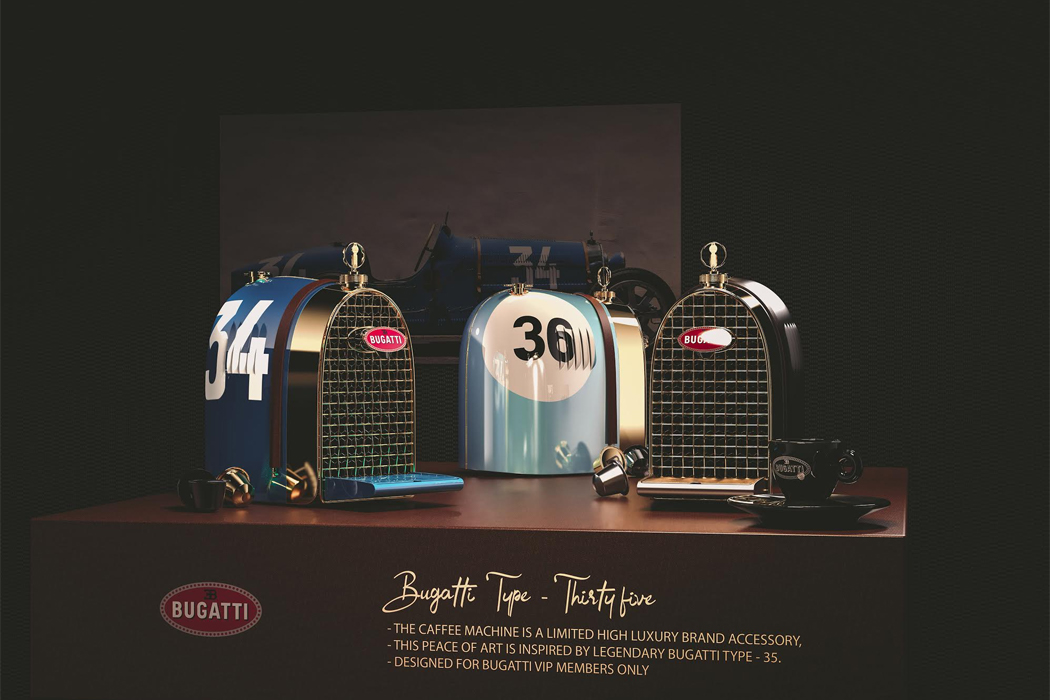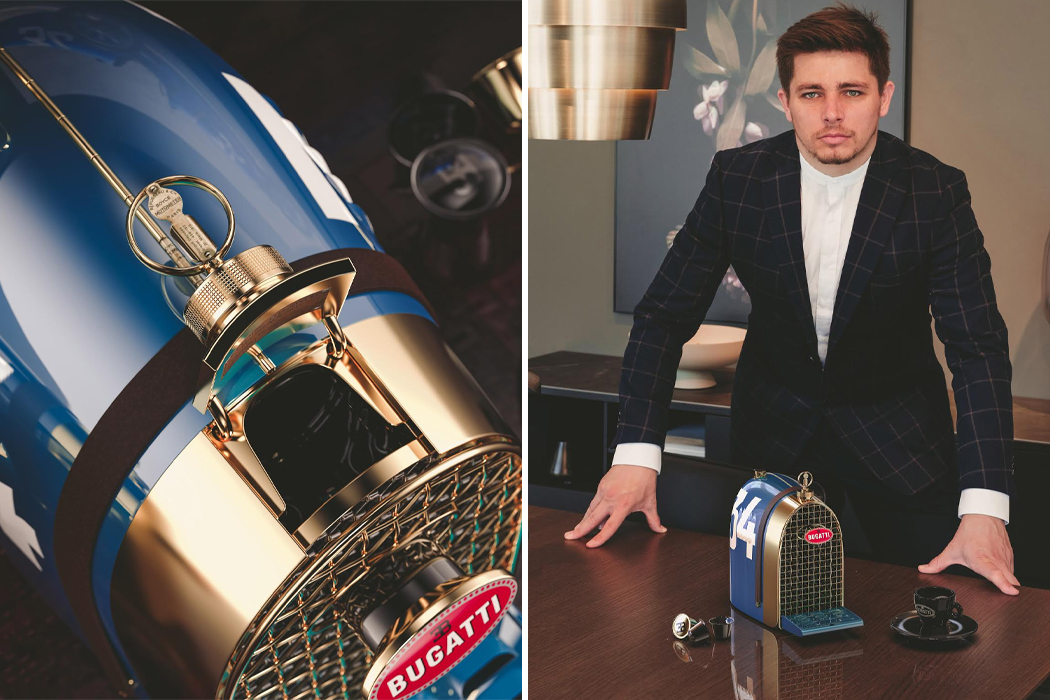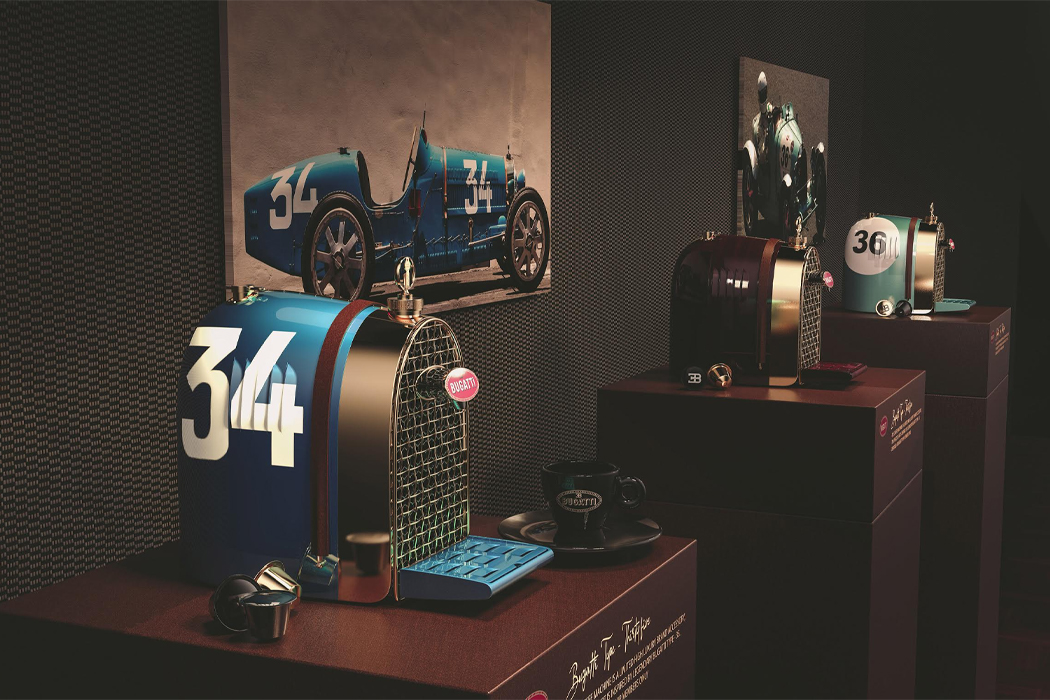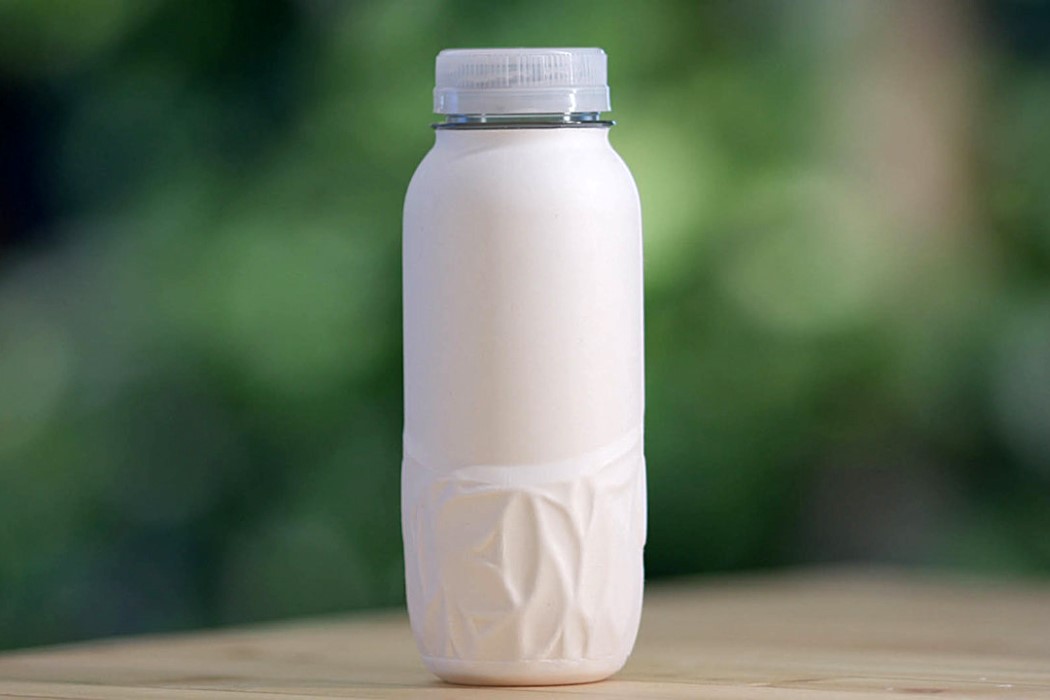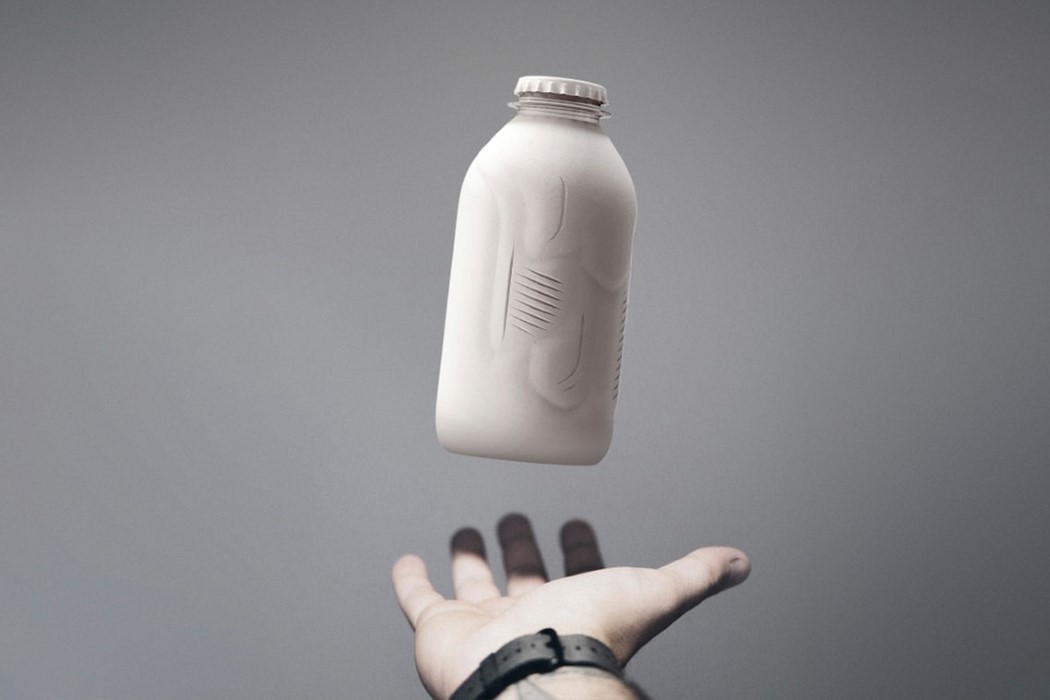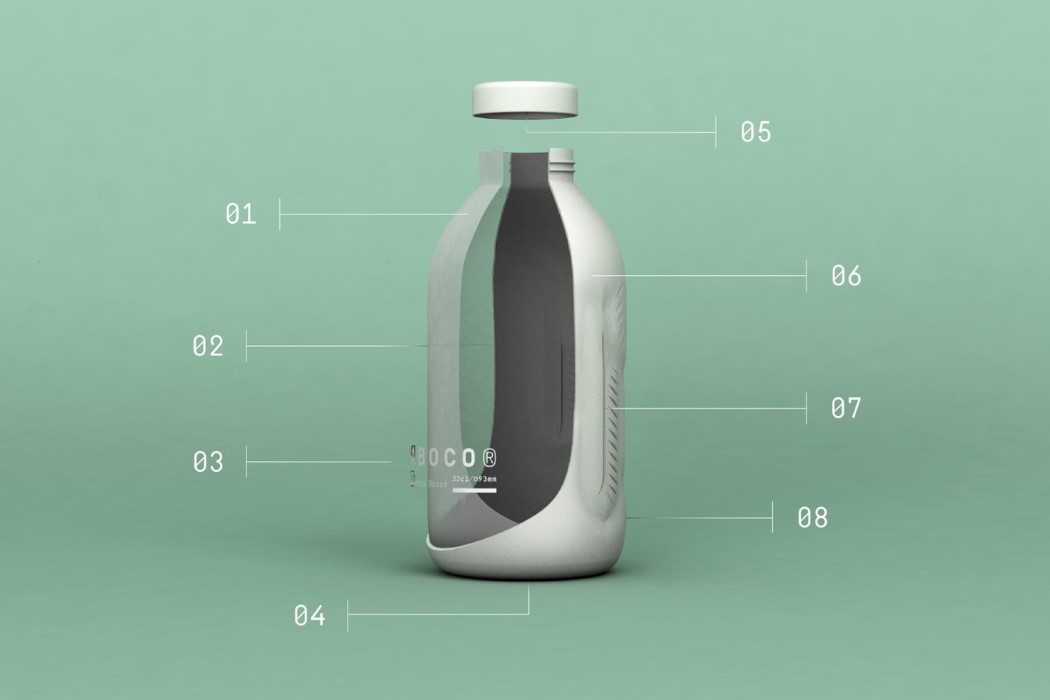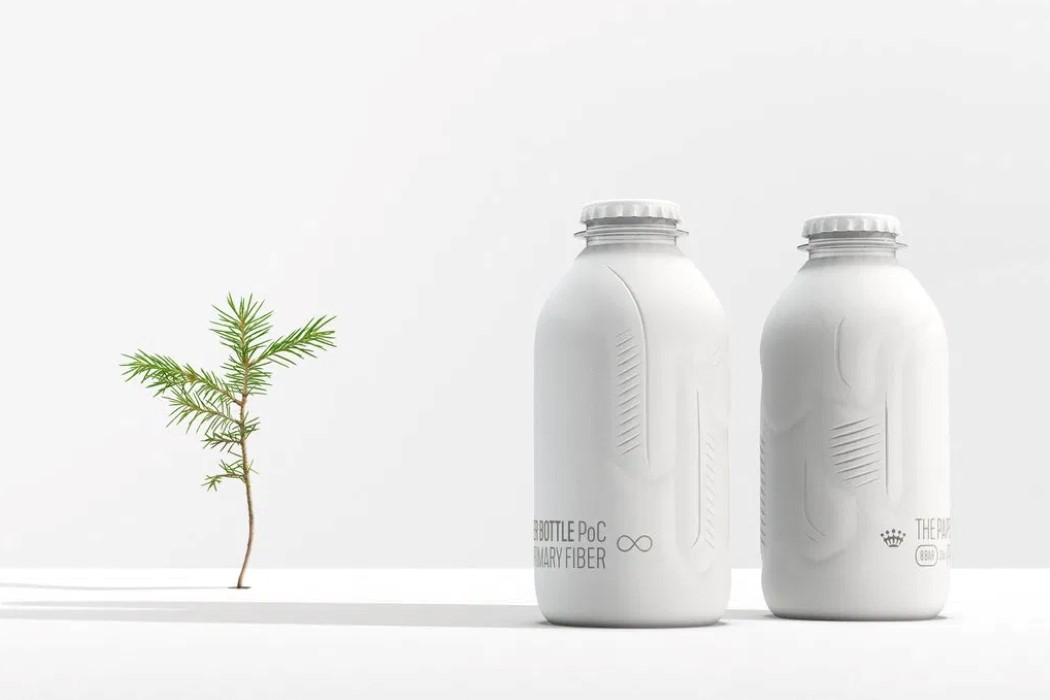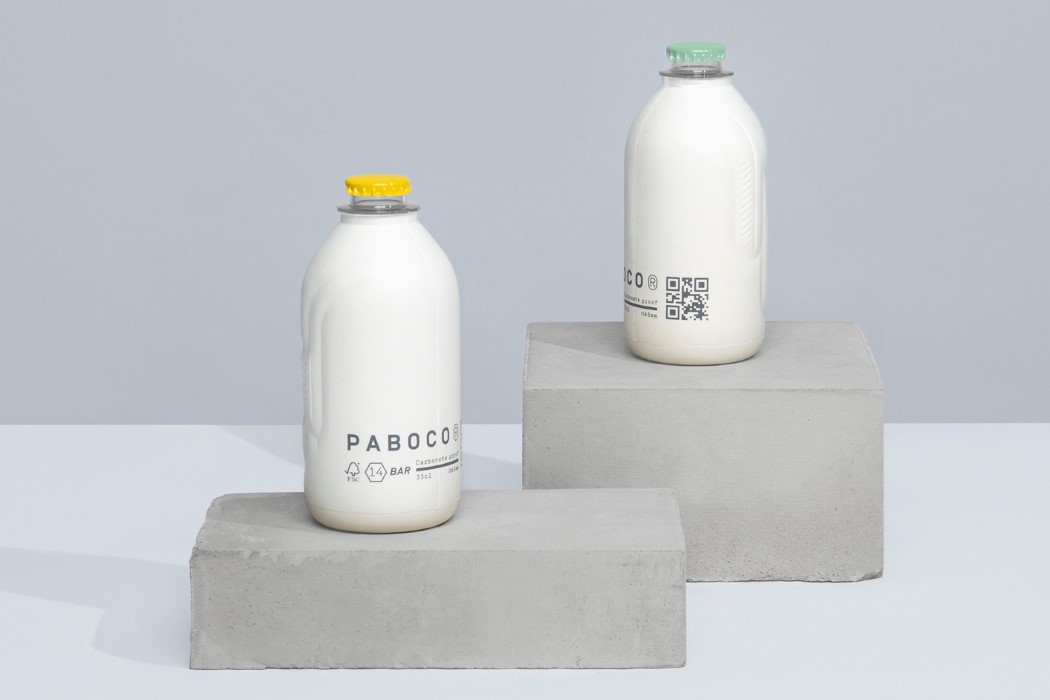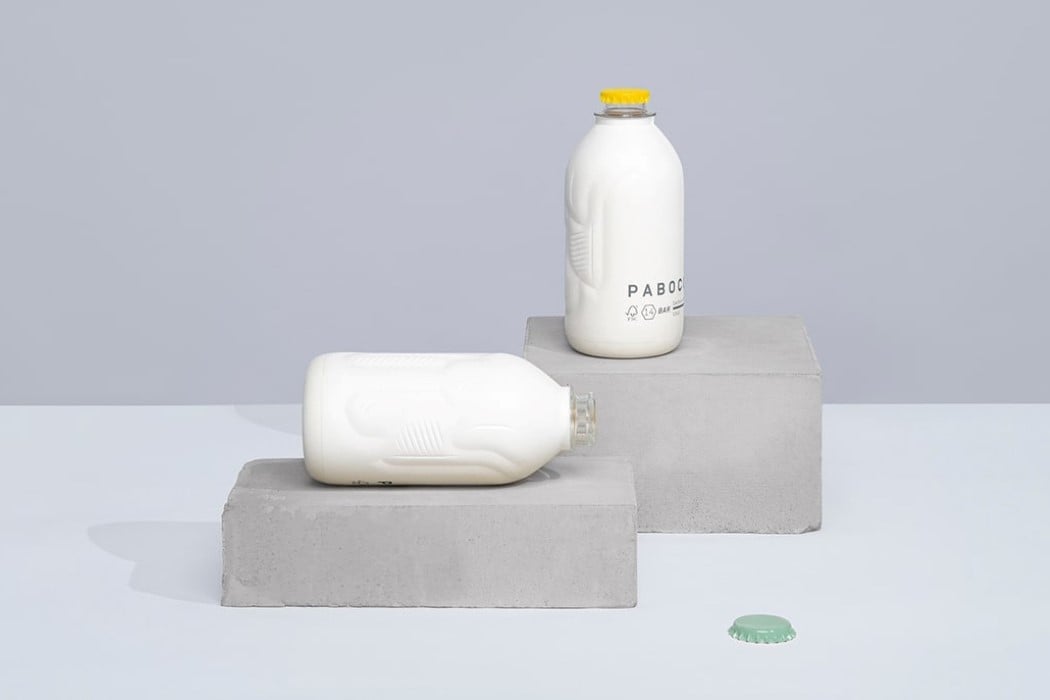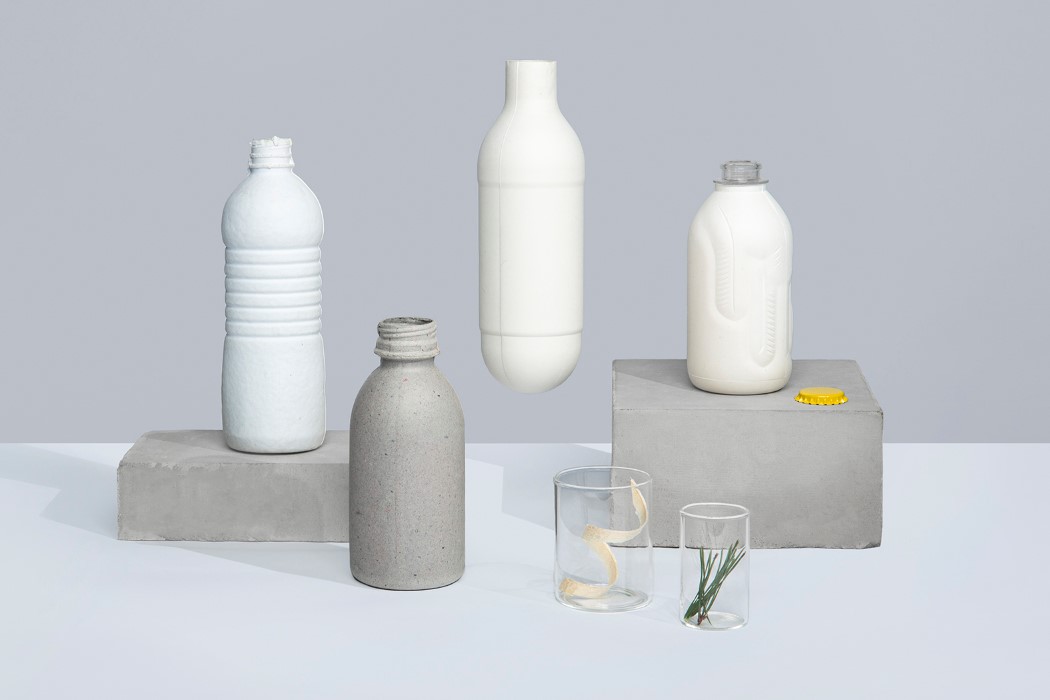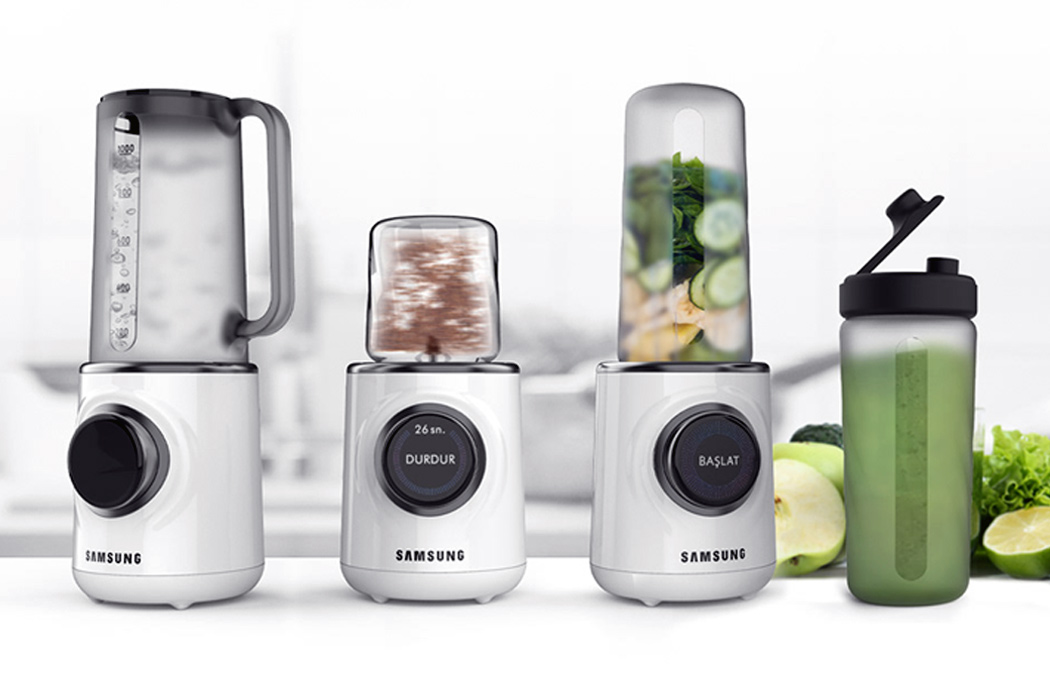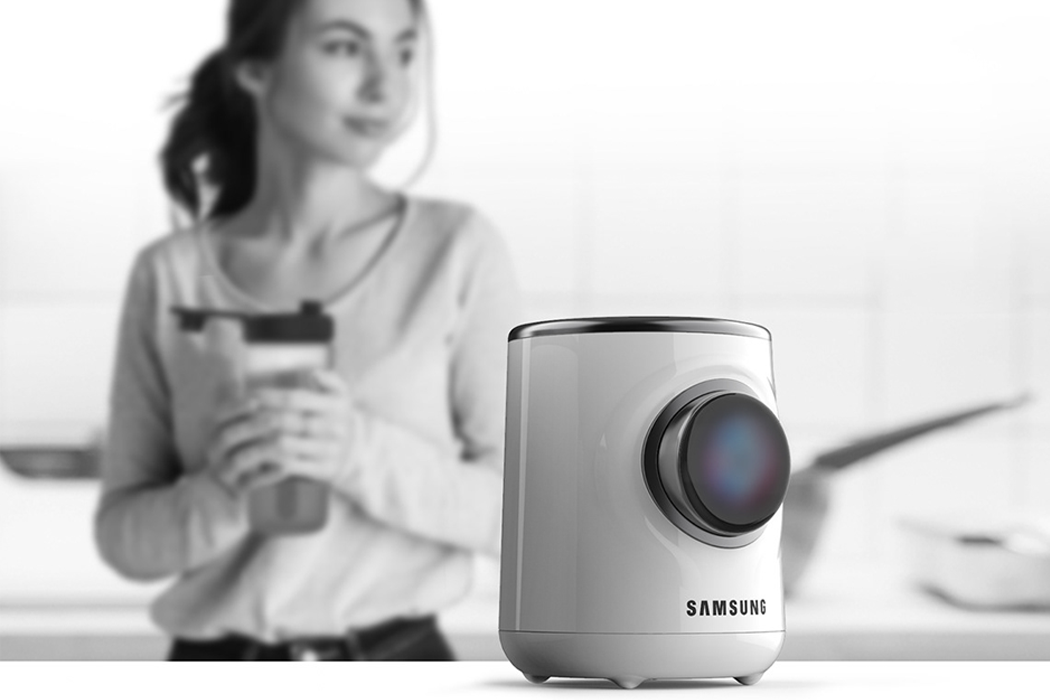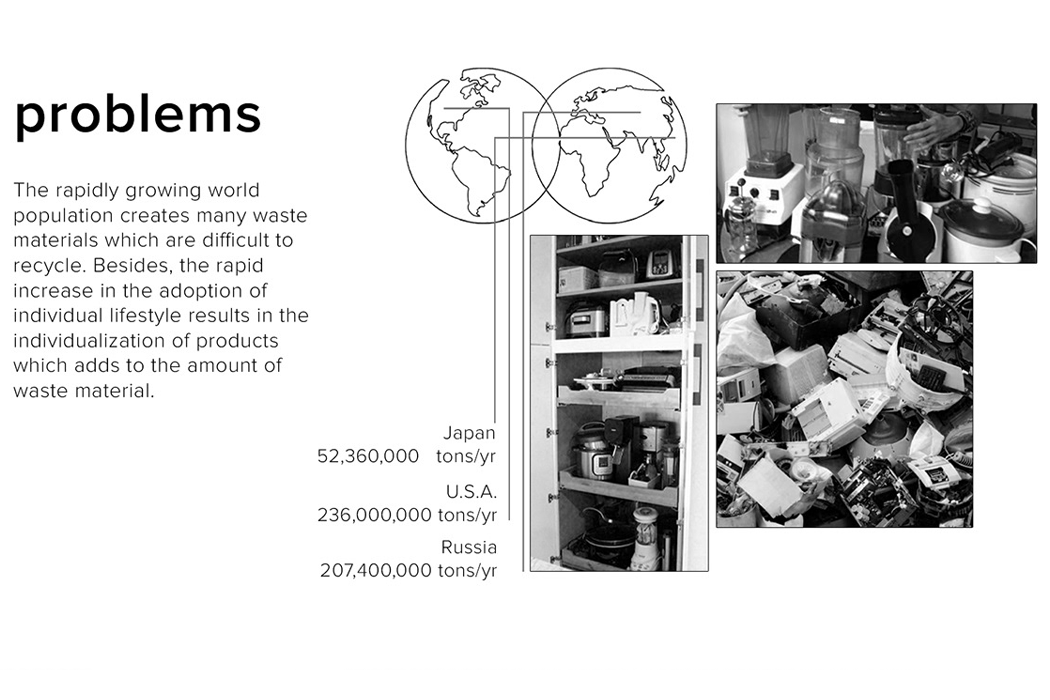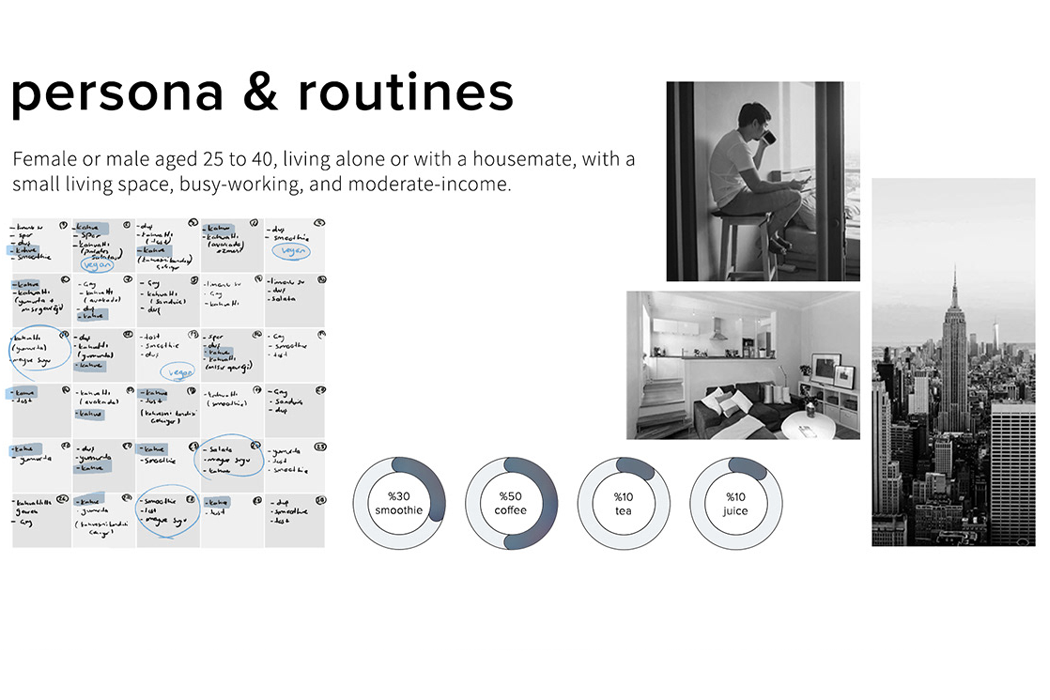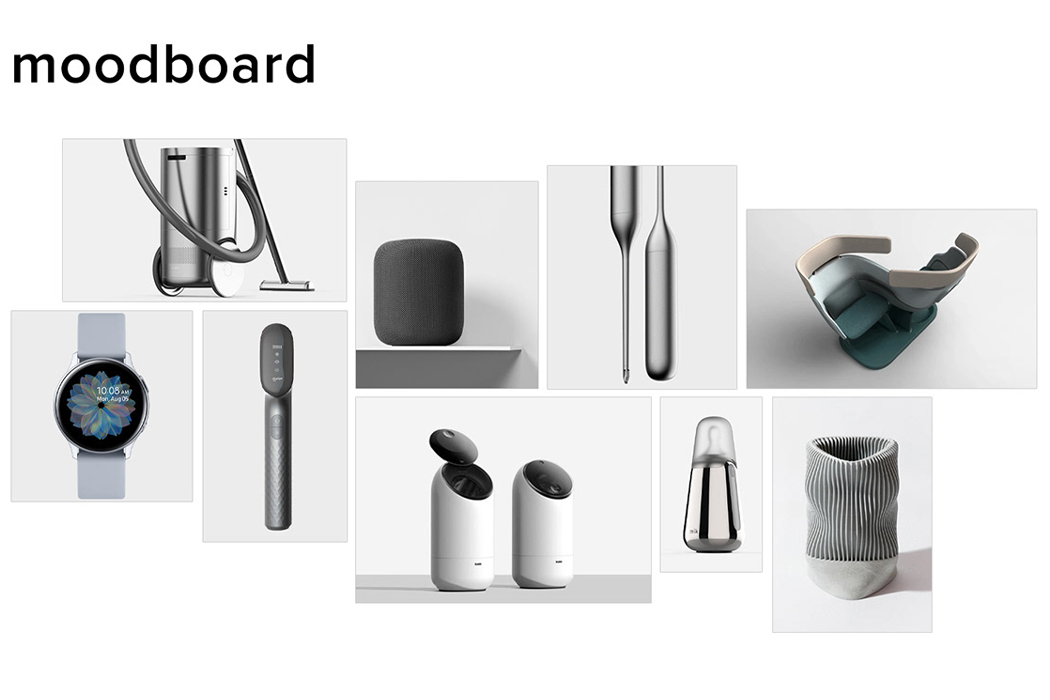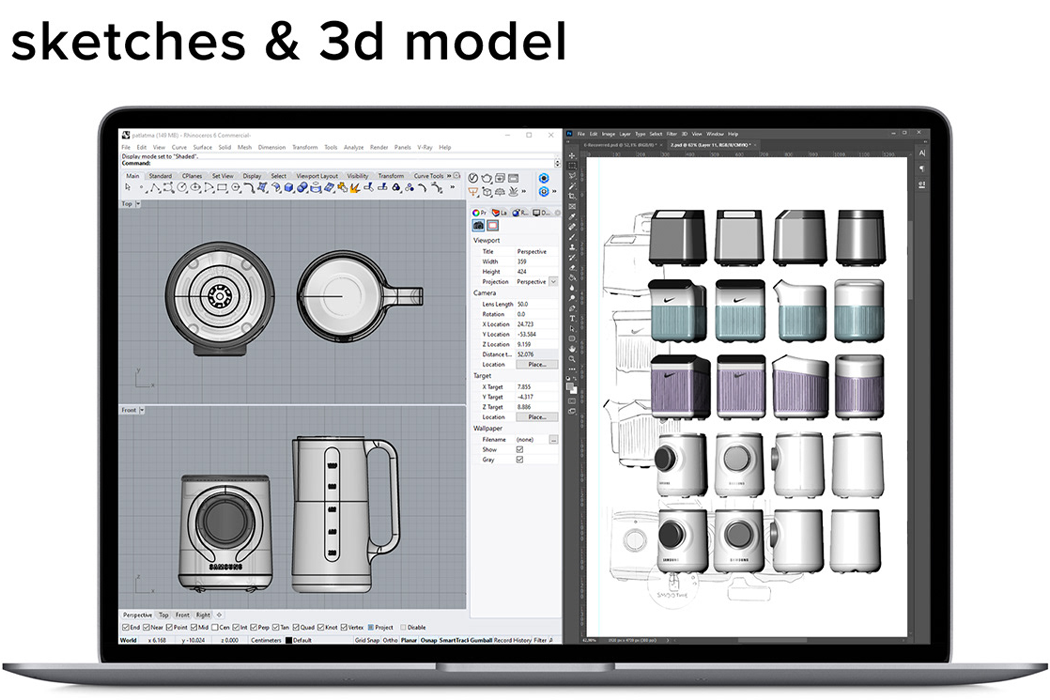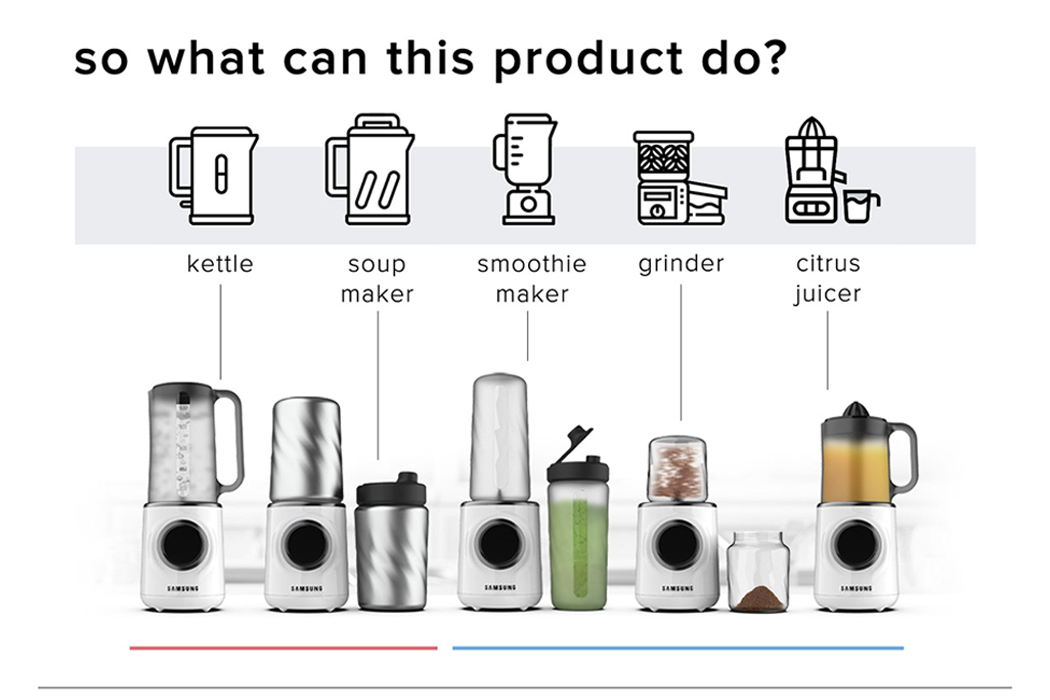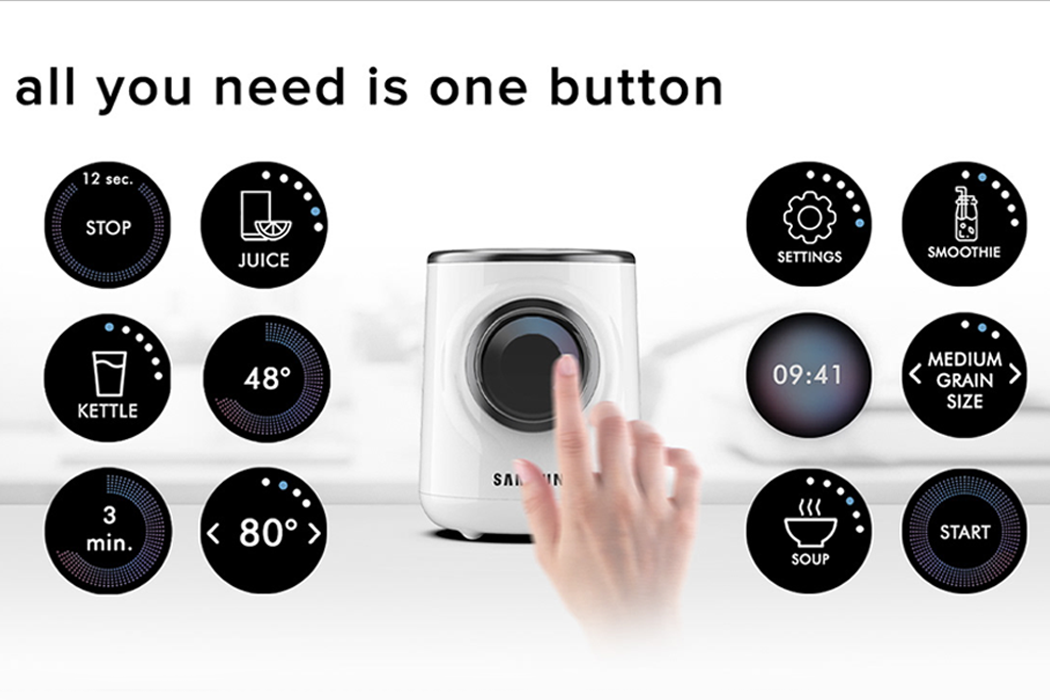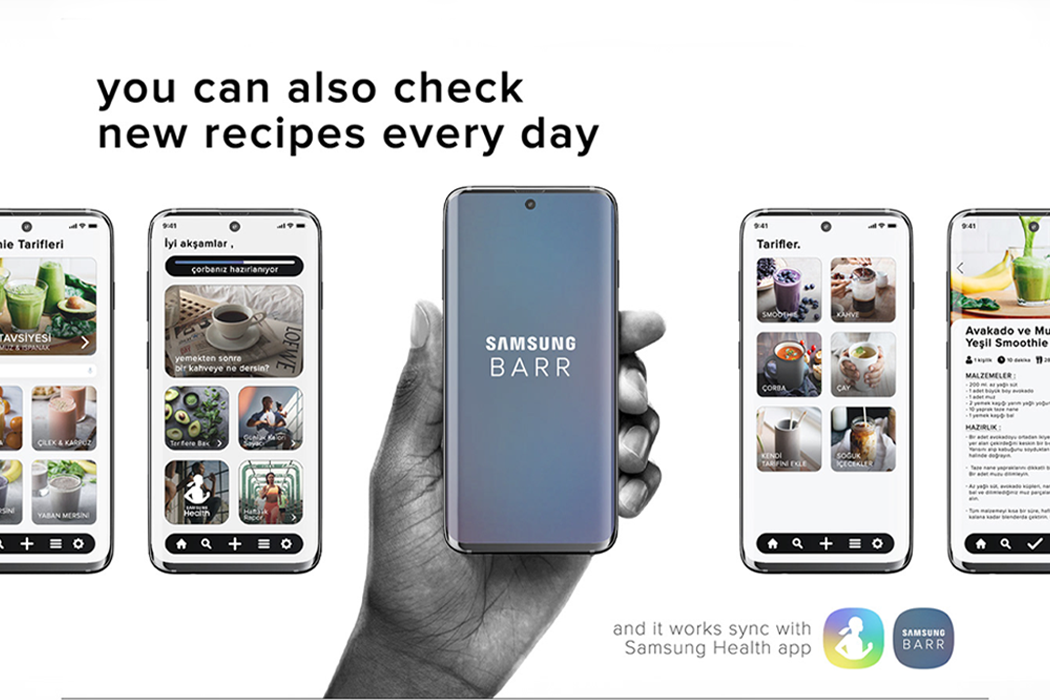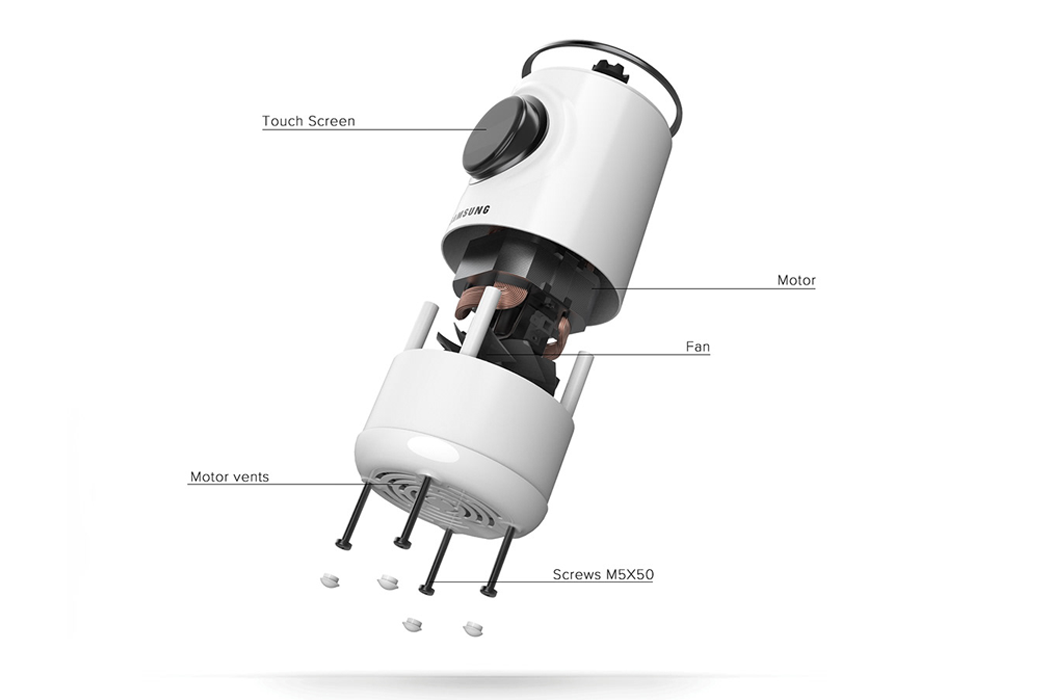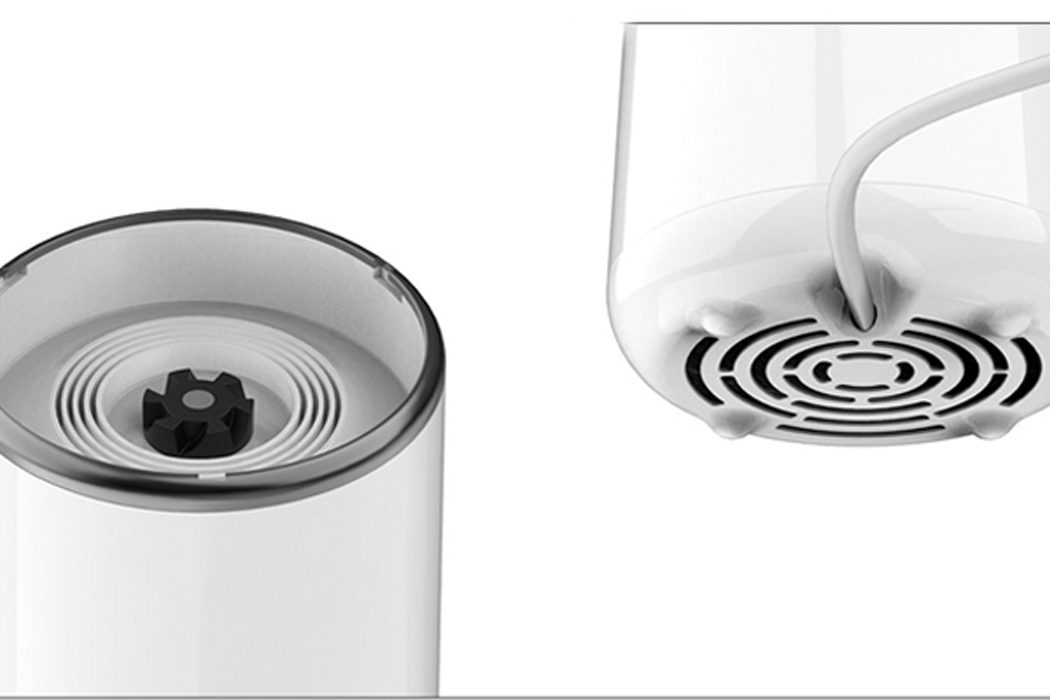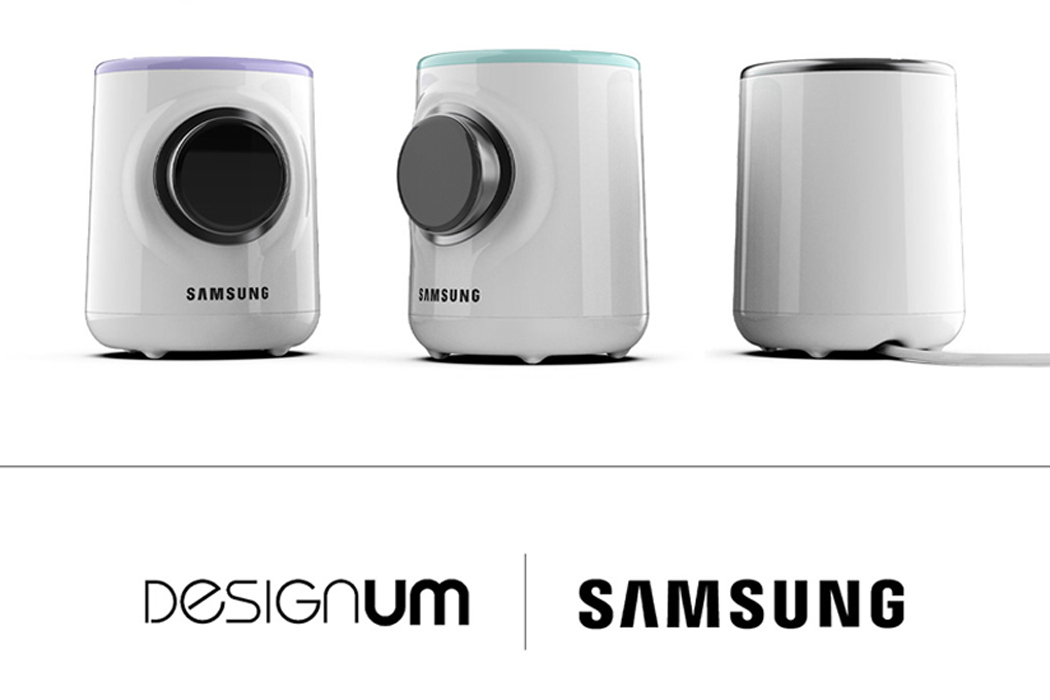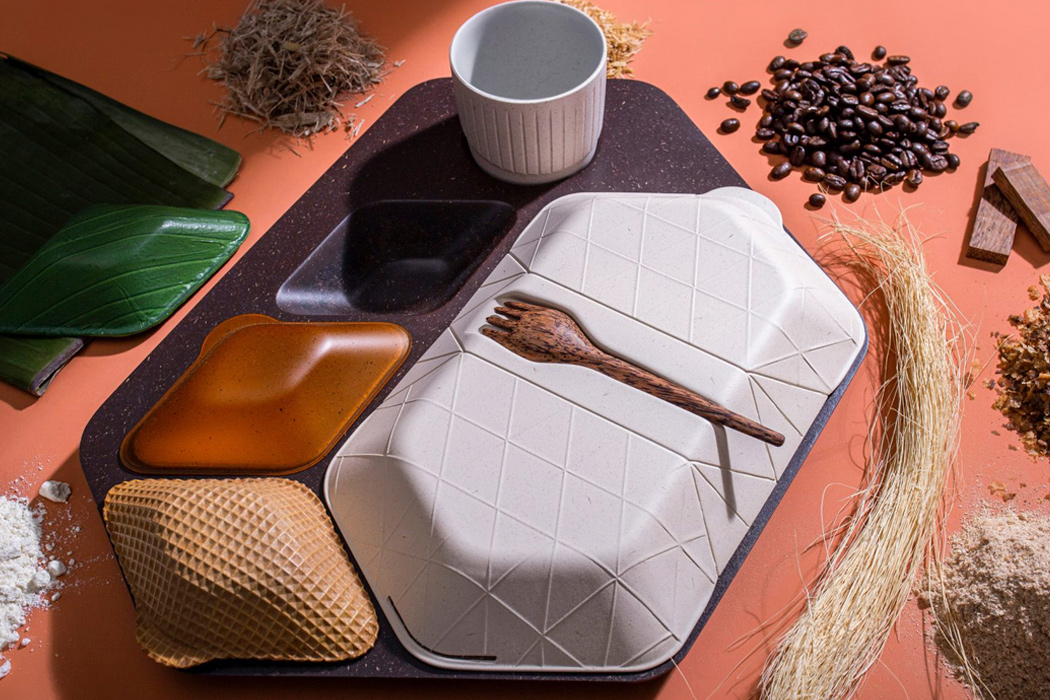
Everyone is veering towards sustainability! Living sustainably, consciously, and considerately has become imperative now. And traveling shouldn’t be an exception! We all love jet-setting off on holidays, and it’s now our moral duty towards the environment to vacation as sustainably as possible. From staying at hotels and resorts that support eco-tourism to using travel products that are sustainable, there are many minor steps we can take that will contribute to a major change. In this spirit of green traveling, we’ve curated a collection of product designs that promise to make your next trip as eco-friendly and sustainable as possible! These are products that are not only conscious of the environment but also capable of catering to your needs as efficiently as possible. These unique designs could completely transform how we travel and vacation. Enjoy!

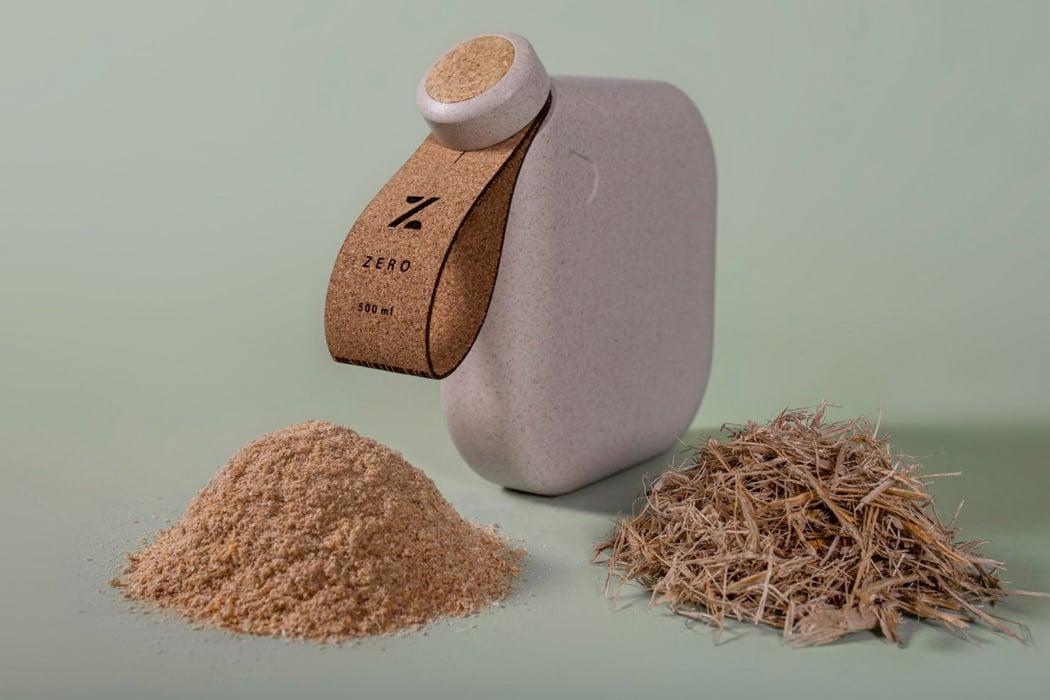
PriestmanGoode’s sustainable inflight meal service has completely transformed the conventional meal tray we are so used to receiving on a flight. “We’ve used a wide range of materials for our design concepts,” says Rowan. And they’ve kept their word. Each element is either partially edible, reusable, soluble, or biodegradable. They’ve ditched plastic meal trays for partially edible ones made from coffee grains and husks mixed with a lignin binder. The miscellaneous food containers that fit into the tray have been made from wheat bran. Banana leaf or algae have been combined with rice husk to create lids for side dishes like salad. Whereas a wafer has been used as a dessert lid, hence the materials symbolically reflect the food. Instead of having several pieces of single-use cutlery, the handy ‘spork’- a combination of a fork and spoon- made from coconut wood has been adopted. The usual plastic containers for milk or sauces have been abandoned in exchange for edible pods created from soluble seaweed.
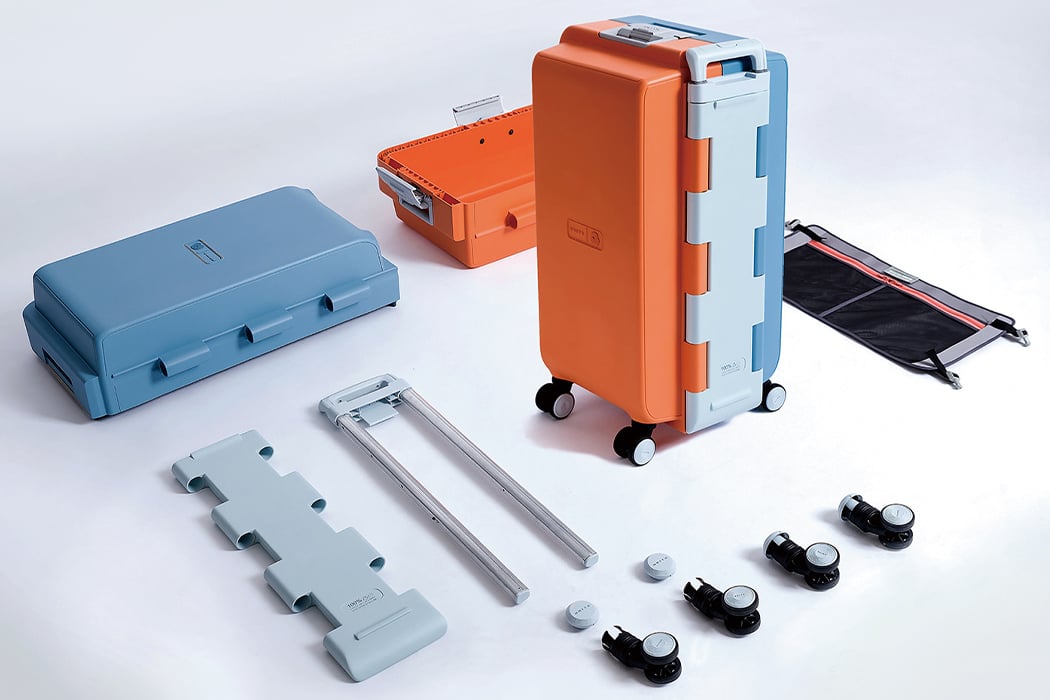
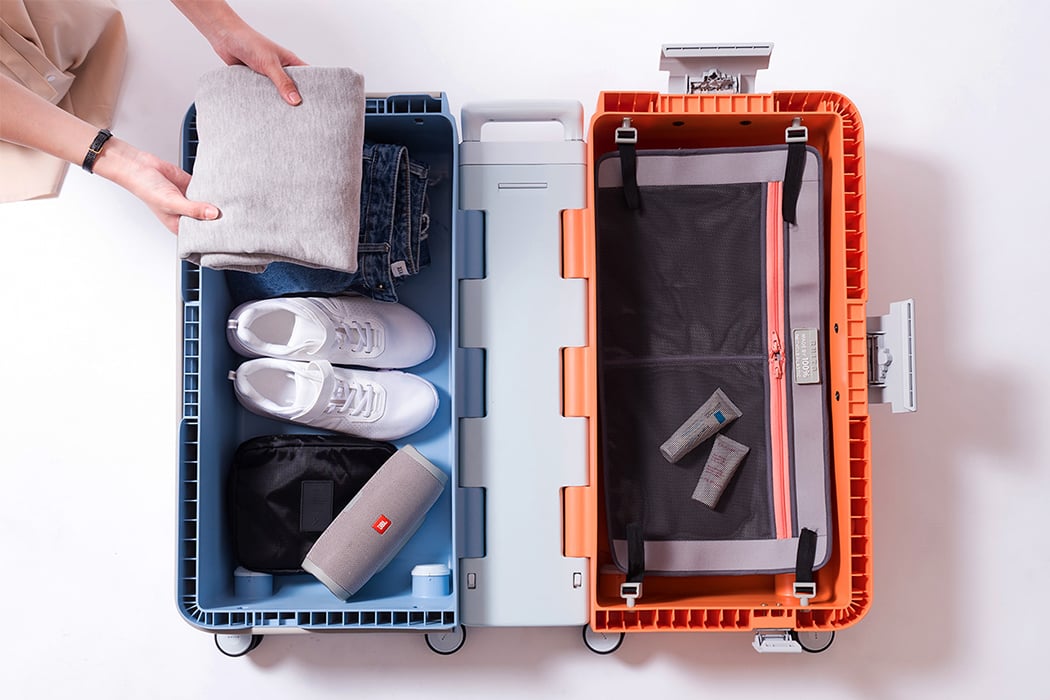
A team of designers created RHITA – a suitcase that is super easy to assemble and disassemble which makes it easier to repair or recycle. “Every year hundred thousand of discarded luggage caused by damaged wheels, handles, shells or shells that are deformed or damaged by collision, hard to be repaired or disassemble for recycling, bringing great impact to the environment. Hence, design for assembly and disassembly allows the suitcase easy to repair or recycle, reduced parts by simplifying the structure and minimized material used, downsize shipping volume to decrease carbon footprint boosting sustainability,” says the design team. RHITA’s simplified structure reduces the number of parts used in production by 70% when compared to traditional suitcases. Even the space needed for transportation has been reduced by 33%. It features an innovative hinge system and a unique installation method – no glue or rivet for fixation, no sewing of the inner lining, maximizing the space inside as well as a quick fasten and loosen wheel mechanism.
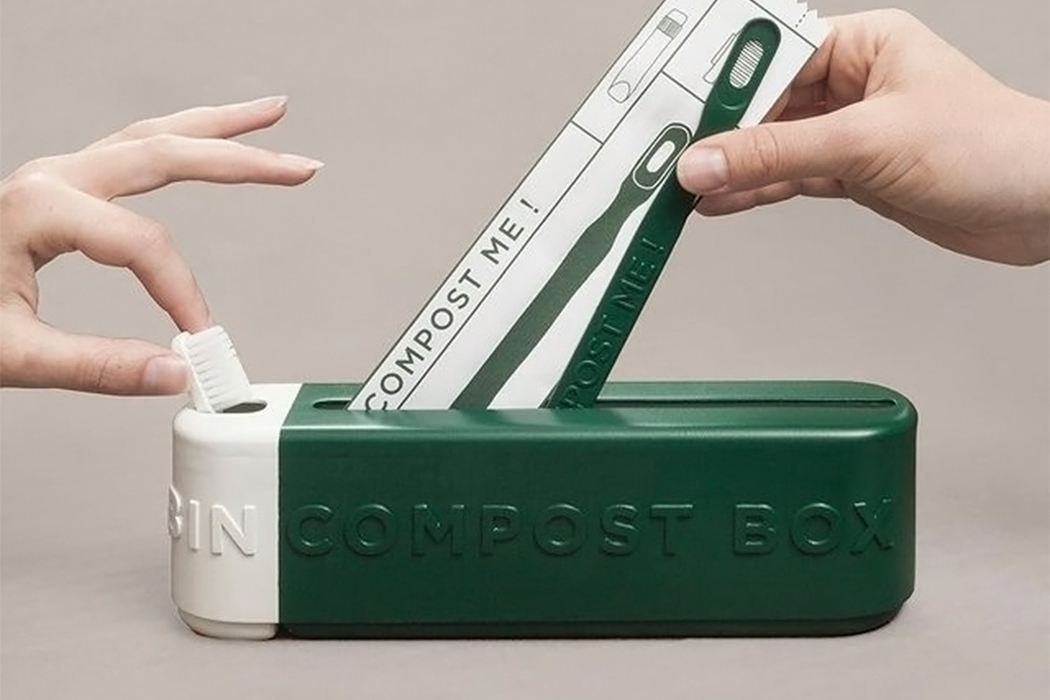
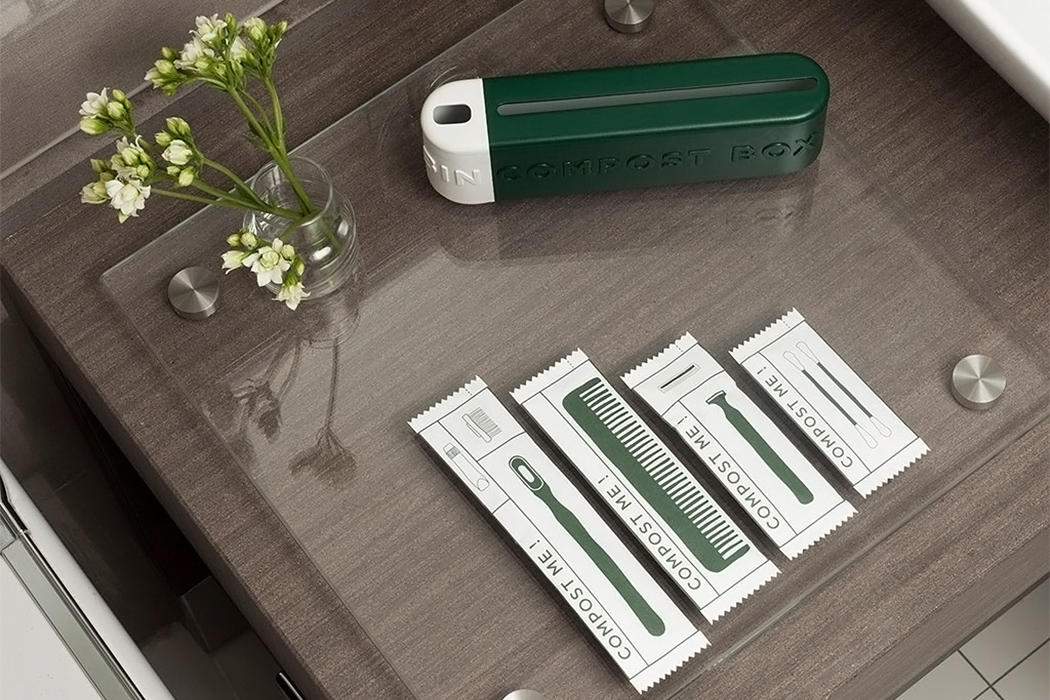
The Green Box is an innovative solution that aligns hotel stays with your sustainable lifestyle choices! It is an amenity kit designed to help hotels to transition to a circular economy and avoid the waste generated by tens-of-millions of amenity kits are thrown away by hotel chains – we use them once but they last forever on our planet. Green box is made from compostable plastic which will let hotels industrially compost and organically recycle the items in a controlled environment. The design goes beyond providing functional value and also aims to educate guests about the material and its impact to encourage better choices even after the vacation ends. Each box comes with a disposable bin for the room to familiarize guests with the new kind of waste stream. The guests will sort materials as compostable and non-compostable by simply following the color grading – green for compostable and white for general waste.
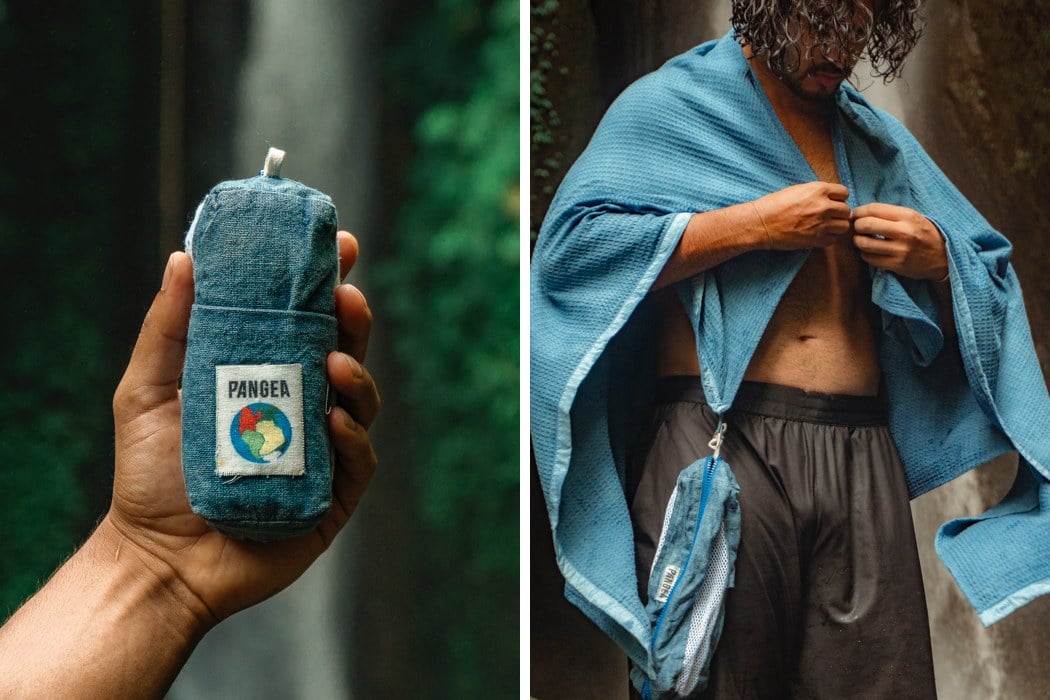
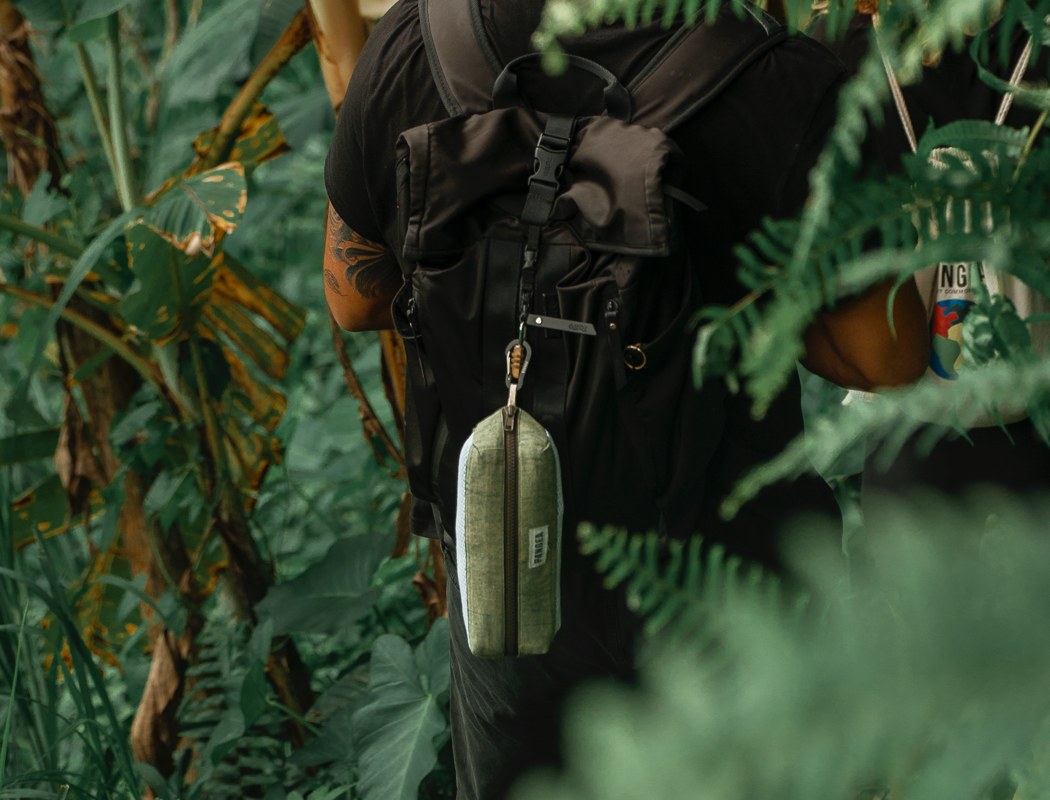
PANGEA’s Bamboo Adventure Towel 2.0 is carbon-negative – they pull more carbon out of the atmosphere than they put in, leaving the earth in a better condition than it was before. Unlike most travel towels which come made from plastic microfibers, the Bamboo Adventure Towel 2.0 has absolutely no plastic used in its construction. As its name suggests, it comes crafted from 100% bamboo fibers, dyed with natural dyes, and woven into a waffle pattern for effective absorption and exfoliation. Designed for the outdoors, the towels are up to thrice as absorbent as your average microfiber towel and are naturally hypoallergenic and anti-bacterial. In fact, the towels even come with reinforced slits on the corners, so you can suspend them and use them as makeshift sunshades, or even wear them as cloaks or ponchos.

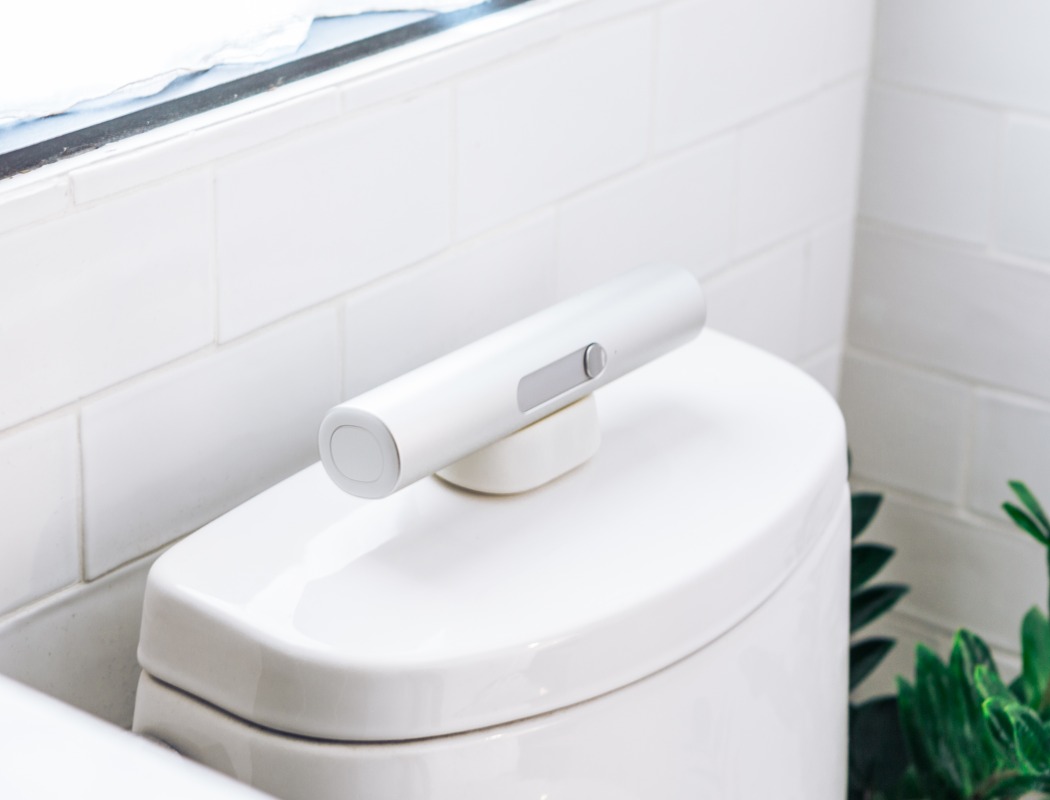
It’s no secret that washing your derriere with water is more efficient, hygienic, and sustainable as compared to toilet paper. After all, you don’t wipe your dishes clean with a tissue after eating in them, so why use tissues on your behind? I’ll admit, it’s a culture-shock changing how you clean your behind, but given that the US alone uses more than 6 billion rolls of toilet paper annually, it’s an ecological crisis we can’t ignore. Besides, ironically enough, toilet paper takes tons of water to produce. Using a battery-powered motor and an internal water tank that you can top off before you head to the loo, Sonny generates a micro-shower to help you clean up after your business, effectively, hygienically, and sustainably. With an easy-to-use interface, Sonny comes with normal and high-spray settings that shoot water for anywhere between 25-40 seconds (depending on the spray intensity), enough to clean your behind. Besides, much like a bidet, Sonny can even be used on your nether regions too, to keep things hygienic and fresh.
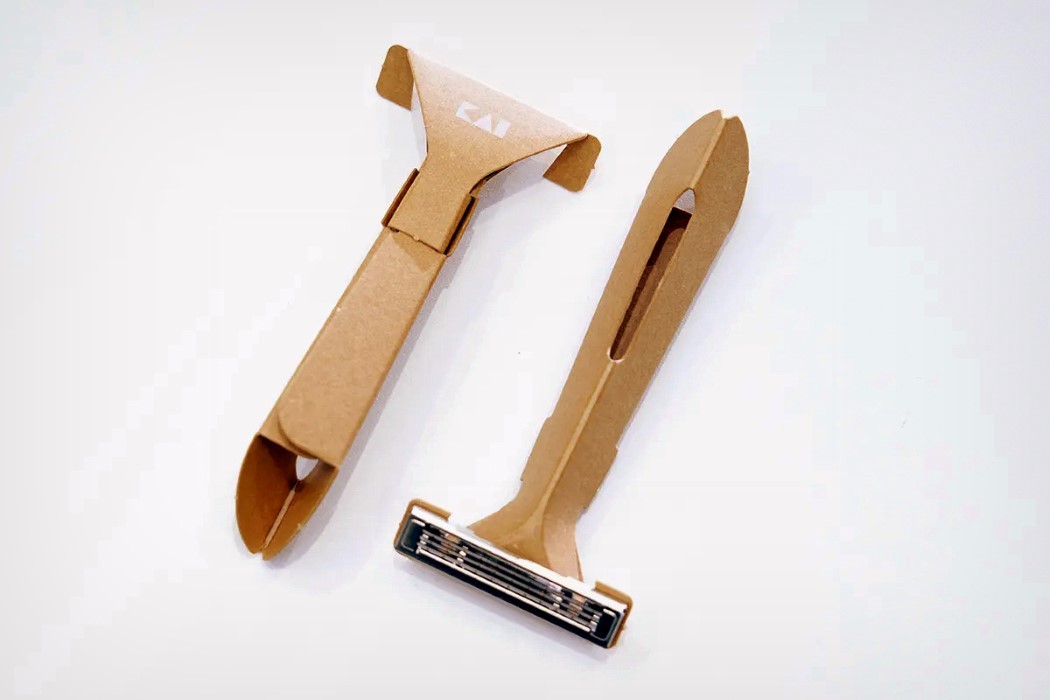
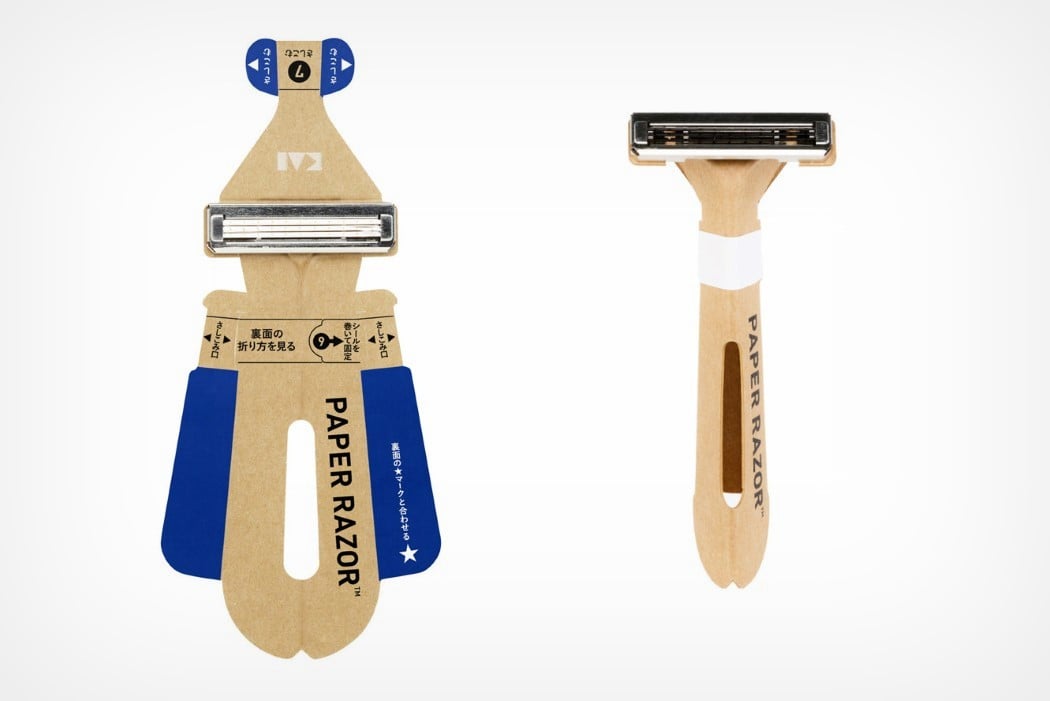
This gives a completely new meaning to the word ‘papercut’! Say hello to the Paper Razor, a sustainable alternative to the disposable plastic razor. The Paper Razor, as its name suggests, comes with an all-paper body and sports a metal blade-head on top. Designed to be flat-packed, the single-use razor comes completely unfolded and can easily be put together in a matter of seconds by merely folding in the sides and the top to create a rigid, ergonomic razor with a grippy handle. Its origami-inspired design gives it as much strength and maneuverability as a plastic razor, while minimizing the use of plastic by as much as 98%. The result? A razor that can be easily flat-packed and shipped, used, and then disposed of… safely, of course. It’s perfect to carry around and use on your work or leisure trips!
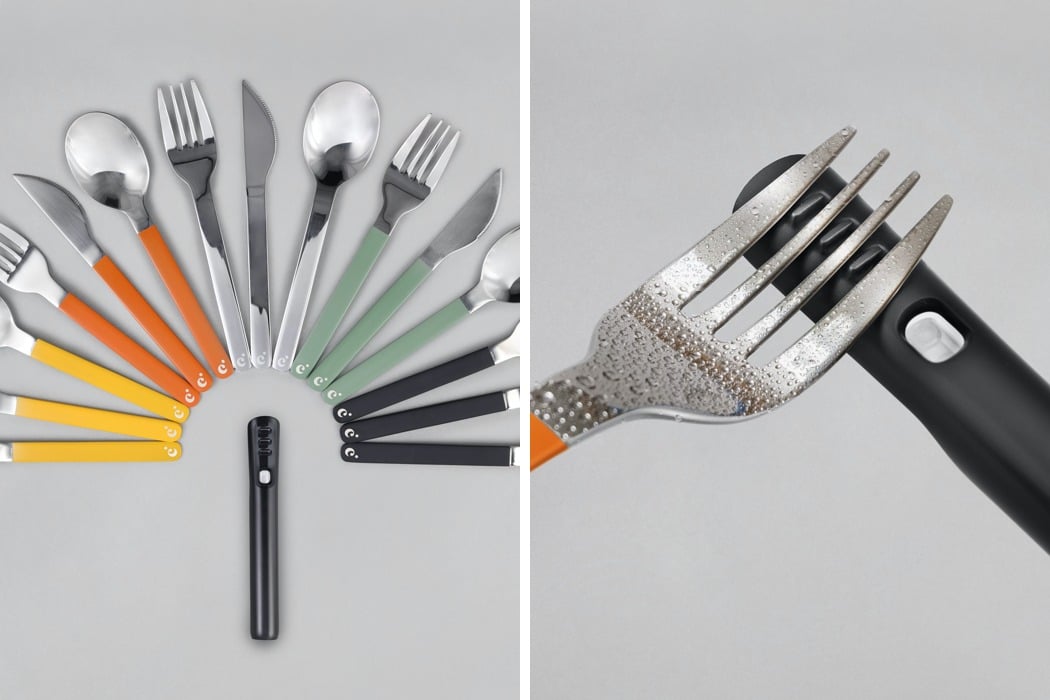
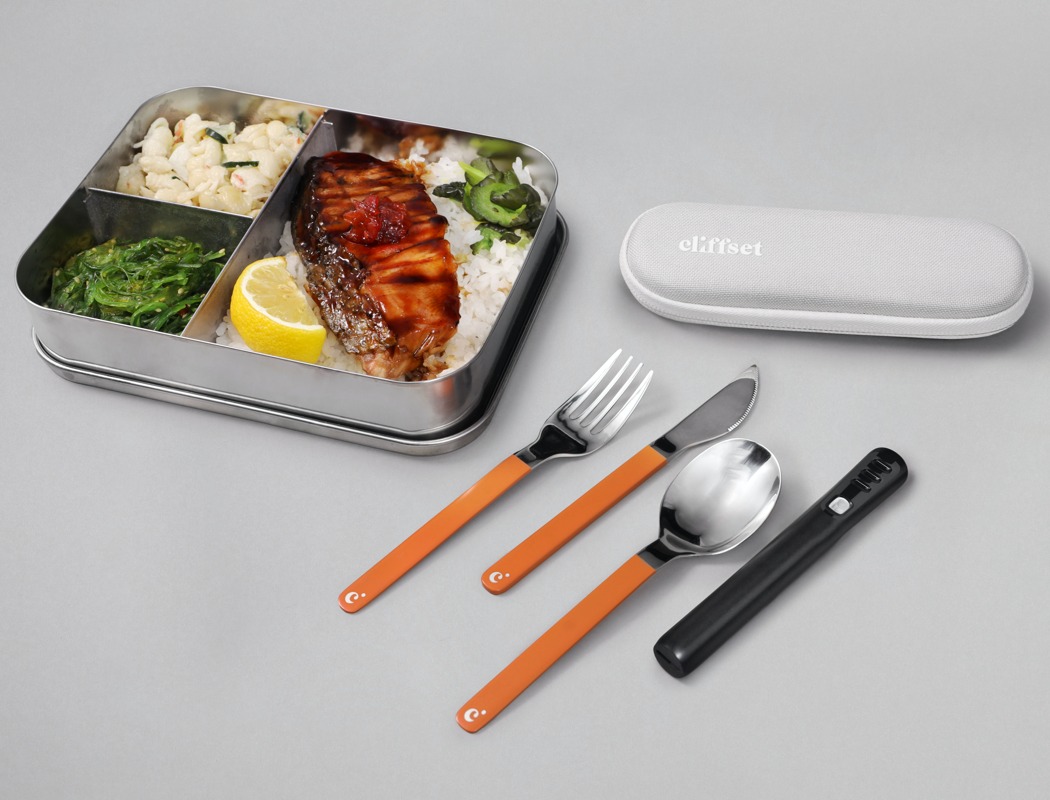
Designed to be a reusable travel cutlery set with a difference, the Cliffset doesn’t just focus on portability, it focuses on maintenance too, by being perhaps the only cutlery set I’ve seen that comes with its own cleaning tool to clean up after you’re done eating! Everything fits in a portable pouch that’s small enough to fit in your pocket or slip into a backpack, and is designed to be carried everywhere you go and be cleaned and reused over and over again, giving you the comfort of knowing that you’re using your OWN cutlery (as opposed to using cutlery in restaurants) made from reusable materials, which you don’t need me to tell you is a much better option compared to the use-and-throw plastic cutlery that pollutes our planet and oceans.
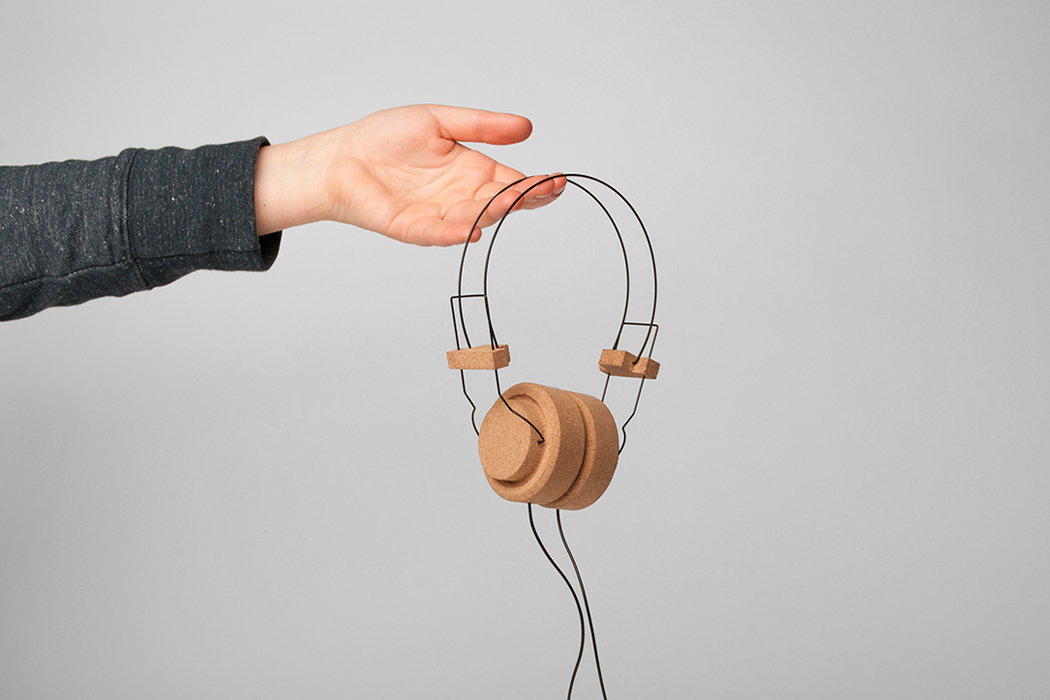
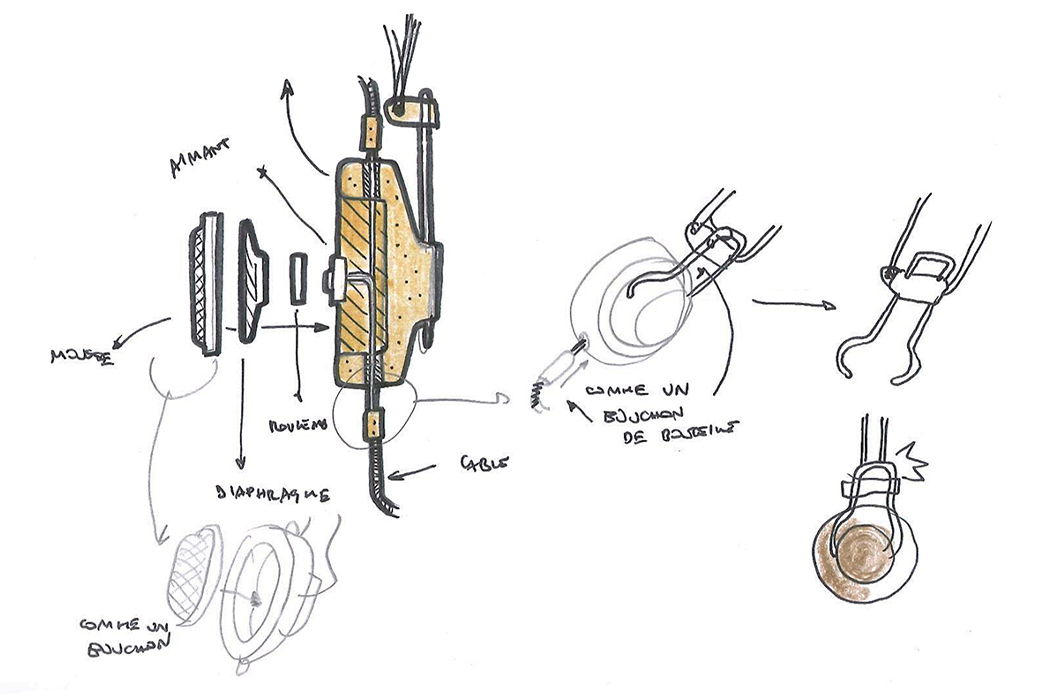
These cork headphones are another great addition to that list and show us that gadgets can also go green – you would be surprised to know how much plastic goes in making a simple pair of headphones. Weighing only 64 grams (0.14 lbs) these headphones are super light! Cork is a versatile material that is being explored to design sustainable products. It is non-allergic, resilient, sound insulating, moisture-proof, and soft to touch. If you are an everyday headphone user, you know that there is a lot of wear and tear that happens and instead of repairing, we usually just upgrade which increases our plastic consumption. Cork headphones are easy to repair and dismiss thanks to an assembly based on the compressibility of the material. There is no glue, no upholstery, no screws involved – just cork, simple electric parts, steel, and foam. These are perfect for listening to your favorite tunes on those long travel journeys!
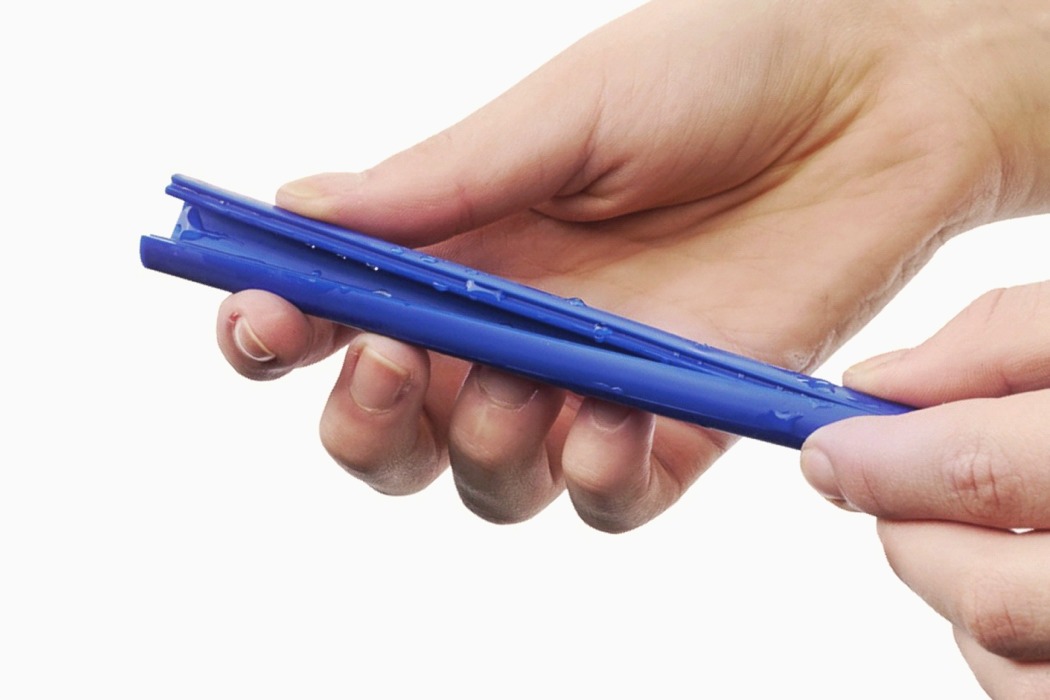
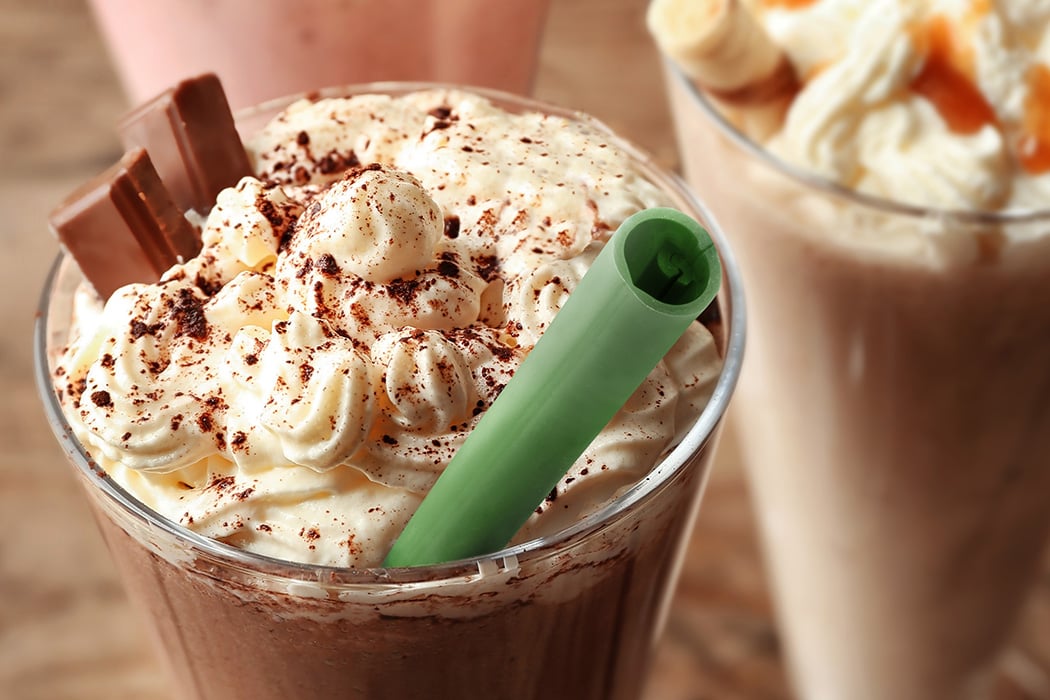
The ClickStraw addresses the inherent flaws of the straws before it. Plastic straws are an environmental hazard, paper straws become soggy, bamboo straws end up developing molds, and metal straws are difficult to clean. Made from high quality and sustainable TPE, the ClickStraw is designed to be used multiple times, and moreover, is easy to maintain. Its hollow, tubular structure can be opened out completely, allowing you to rinse the inner surface of the straw, giving it a deep clean. The ClickStraw’s innovation lies in a ziplock-bag-style snapping fixture and a live-hinge that run along the length of the tube. To clean the straw, slide your thumb in and it opens up. Once you’re done, click it shut like a zip-lock bag and you’ve got yourself a spanking clean straw that doesn’t degrade, get dirty, or worse, corrode like your metal straws. You can now carry your own reusable and sustainable straw whenever you travel, instead of using those pesky single-use plastic straws!
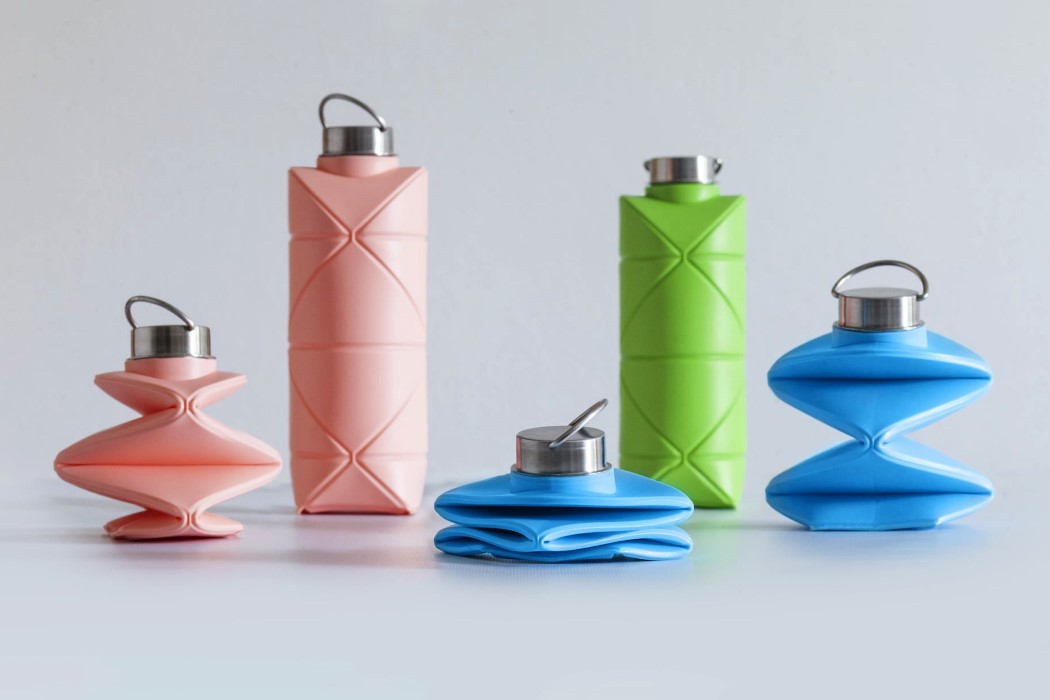
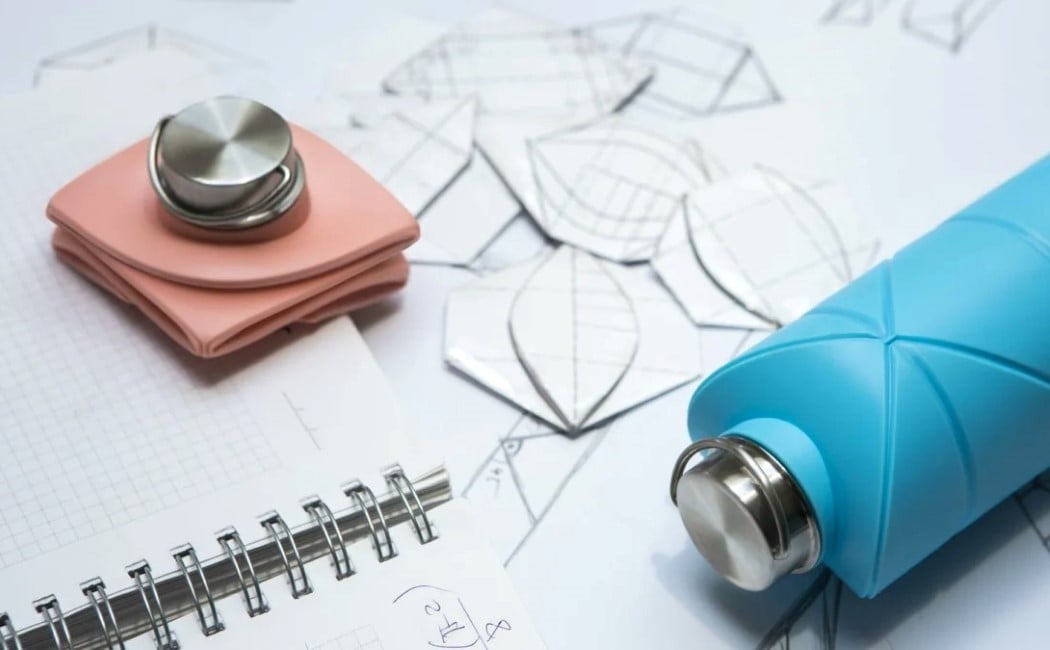
There’s a certain, undeniable convenience to the plastic bottle. It’s easy to just take off the shelf, drink from, and then throw away once you’re done. You don’t need to worry about carrying a bulky bottle along with you that occupies the same amount of space, even when empty. The convenience of plastic is addictive, but it comes at a price. There’s a garbage island the size of Texas floating around in the pacific sea, COVERED with plastic bottles we used and threw away without batting an eyelid. Plastic bottles are preferred because they’re more convenient than carrying your own bulky empty bottles around with you, but the Origami Bottle may have a solution to that convenient problem. Designed to be reusable, but more importantly, be collapsible, the Origami Bottle folds down to 20% of its original size when not in use. Small enough to easily fit into any bag without occupying much space, the Origami Bottle neatly folds down to a nice, portable puck that’s easy and convenient to carry around. When you need to fill it up, the bottle opens up to a full size of 25oz (750ml).

